|
No matter how many times I visit, the V&A always has a new exhibition or installation to tickle my fancy. Last March there were three...stunning examples from Faberge, at which no photos were allowed; Beatrix Potter, always a favorite; and Fashioning Masculinity, exploring creativity in men's fashions. The exhibition turned out to be fascinating and fun. As the Tatler magazine wrote, "This exhibition is an active investigation into the way men dress and the very idea of masculinity itself." Below, left, Apollo Belvedere, a cast of the ancient Greek statue in the first section, Undressed; on the right, beginning the clothing for a man of the 18th century. Above left, in the second section, Overdressed, see some of the favorite adornments in the 17th century such as lacey collars; right, Laceing a Dandy, a popular and anonymous caricature of an overdressed fellow achieving his wasp waist, 1819. Below, left, portrait of Richard Milles by Pompeo Batoni in the 1760's; Right, Elegant satin garb from the 17th to the 21st centuries. Above left, Hessian boots, breeches, and black coat as worn by a Regency blade; right, W. Graham Robertson in a grey overcoat by John Singer Sargent, who portrayed the artist Robertson as a London dandy, 1894; Below Left, Fuchsia-lined cloak and flower-embellished suit for Billy Porter by Designer Randy Rahm, making a political statement at the 2019 Golden Globes; right, Billy Porter on the Oscars red carpet in 2019 wearing a Christian Siriano tuxedo gown. These contemporary examples mirror the exhibition's goal of investigating gender roles and fluidity in the third section, Redressed.. Above, left; Gown worn by drag-queen Bimini on Ru Paul's Drag Race; right, Portrait of Charles Coote, 1st Earl of Bellamont,1773-74, by Sir Joshua Reynolds in the section Overdressed. Below, luncheon in the Member's Room. Above, could there be a more startling contrast to the men's fashions than Ms. Potter's adorable drawings? On the right, my all time favorite, Mrs. Tiggy-Winkle. Below left, from The Tale of Benjamin Bunny; right, from The Tale of Jemima Puddle-Duck. Too much temptation in the V&A's gift shops. Good thing I didn't have a smidgen of space in my luggage. As we returned to Notting Hill, we gave a wave to Royal Albert Hall. Saving that for next time??
0 Comments
We rode the Eurostar from Paris to London in late March, very impressed with the welcome awaiting refugees from Ukraine at St. Pancras Station. Bravo, Brits. We had a cozy house in Notting Hill for the week, with all of the city and beyond to enjoy. We soon found several equally cozy neighborhood pubs to sample. I divided one of my days between research at the British library (below, left) and the tempting environs of Liberty of London on Regent Street (below, right). Above, dinner at Burger & Lobster, a favorite in Mayfair; Below, we took the train to W. Sussex to collect a treasure Kristine won in an on-line antique auction. A cane with a carved knob of the Duke of Wellington's head now resides in Naples, Florida. What would he think? Below left, the Dog and Bacon pub for lunch; right, the cane. Above, we wandered a bit around Horsham to get a feel for the village which I used, renamed, in my novella "Lady Laura's Curiosity" in the A Regency Summer Garden, now available on Amazon Kindle and Kindle Unlimited. Below, more Horsham. Next, The Lanesborough Hotel, London
My second visit to Malmaison was on March 26, 2022 and the first was in August, 2014, when I took the view above. The garden façade below was taken last March. You can easily see the difference in the foliage between early spring and late summer. Joséphine de Beauharnais (1763–1814) was the first wife of Napoléon Bonaparte (1769-1821), and first Empress of the French. Her first husband Alexandre de Beauharnais was beheaded during the Reign of Terror; she was imprisoned until after Alexandre’s execution. Napoleon, slightly younger than she was, fell madly in love with Josephine and married her in 1796. While he was away fighting, Josephine purchased the chateau (built in the 17thCentury) in 1799 and used it as her retreat from life in the Tuileries Palace. In this charming country house, she could cultivate her roses and enjoy peaceful solitude or host intimate soirees and picnics with chosen guests visiting her and her husband. Napoleon was often away on military campaigns. Please remember to click on the small pictures for full versions. Below, left, early spring camellias; one of Josephine's portraits in a salon; many more are found elsewhere in the chateau. Above, left, the dining room; right, the library. Napoleon, though he was as unfaithful to her as she was to him, loved her until he died. She had been forced to divorce him in so that he could marry another younger woman and beget an heir. After Josephine's death and after he was defeated the second time and was about to be sent to the remote South Atlantic island of St. Helena, Napoleon returned to Malmaison for a bittersweet stay. It is reported that Josephine's name was on his dying lips. Below, a portrait of Thomas Jefferson; right, a rather more grandiose portrait of Napoleon by Jacques-Louis David, c.1801. Above, the couple in coronation robes; Left, Josephine by David; Right, Napoleon as Emperor by Francois Gerard, c.1804 Josephine was born on a sugar plantation on the French Caribbean island of Martinique. She loved the tropical flowers and had a life-long interest in collecting plants and gardening. Below left, Napoleon's Bed Chamber; right, a shaving stand actually belonging to Josephine's son from her first marriage, Prince Eugene de Beauharnais. Above left, Josephine's Bed Chamber; right, her boudoir. Below, a selection of the roses on display in 2014 in Josephine's former gardens, now greatly reduced but nevertheless impressive. Ironically, though Napoleon's second wife Marie Louise of Austria, did present him with a son, the King of Rome (1811-1832), it was Josephine whose bloodlines coursed through European royalty for many generations. Her son, Eugene, and daughter, Hortense, from her first marriage to Alexandre de Beauharnais. both had descendants on thrones in France, Sweden, Norway, Denmark, and Belgium. Napoleon II, King of Rome, was brought up mainly in Austria, and he died unmarried at age 21 of tuberculosis. His cousin, son of Hortense, became Napoleon III some years later.
Next, Back to London. Support of Ukraine waved down the street toward Orleans Cathedral of Ste. Croix when we arrived in March, 2022. Below, a picture from hotel website (Hotel Empreinte) and my photo of the view of the River Loire right outside our window. I had come down with quite a cold by now and spent most of our visit sleeping, I am sorry to say. Please click on the images for larger versions. Sniffles or not, it did not take us very long to enjoy that delightful French custom (at least we hope it is) of nice glass of wine with some escargot. Yum. Below, Kristine's photo of a central plaza honoring the Maid of l'Orleans, St. Joan d'Arc. Right, a familiar sight, the carousel in front of our hotel in Chartres (Grand Monarque). Above left, the bakery windows were incredibly tempting. Right, the famous Our Lady of Chartres Cathedral (Cathédrale Notre-Dame de Chartres), on which my art history professor spent many lectures...visiting was as amazing as she predicted so long ago. Below left, the Royal Portal; right, the west façade showing the Rose window and the two spires, the right one built in the 12th century, the left steeple in flamboyant gothic style, built at the beginning of the 16th century. Above left, the nave and altar. Right, in the floor, the labyrinth which a guide sheet describes as a "symbol of the path leading us from the earth towards God." We were fortunate enough to be there on a Friday when the church clears the area so that the faithful can negotiate the labyrinth, which was laid out in the 12th century. Though I refrained from photographing any of them, quite a few people were participating when we visited. Below, two views of the many windows in the Cathedral, some of which also date from the 12th century. But please don't tattle to my former professor and tell her I forgot to keep track of which ones I was photographing. Mea culpa. We polished off our day in Chartres with a tour of the city, passing many old and carefully restored buildings. The cathedral spires were evident from all over. Next, Malmaison.
Again, scaffolding dominated our view of the breathtaking Château Chambord, one of the best-known and most beautiful of the castles along the Loire River. Please remember to click on the small images for larger versions. Below left, Chambord without the reconstruction, an image from Wikipedia; Right, the view as we relaxed with a bit of wine and cheese. Above, the terrace of our hotel and our snacks. below left, a young tree in its showy full bloom; right, the bridge over the River Cosson dating from 1708. Above left, a closer look as we walked to the chateau through the gardens; right, beautiful blooming spring trees. Below left, all over the highways on which we drove through the countryside, we saw the still-bare branches of the trees adorned with these balls of mistletoe, a parasitical growth associated with well-known characteristics and legends. Below left, a closer view of the restoration being carried out on the roof's lanterns and bell towers. Above left, the building from within the central courtyard; right, formal gardens. Below, an aerial view from Wikipedia. The chateau has the central core surrounded by wings that meet to form a square with towers at two corners. Both photos below show the double helix staircase, central to the main castle building. It is assumed that Leonardo da Vinci, who served Francis I from 1516, was the inspiration for this staircase. Before his death in 1519, da Vinci worked on designs for potential castles for Francis I including such intertwining spiral staircases. These probably served as models for the builders who began remodeling the former hunting lodge at Chambord in 1519. Above left, the Room of the Hunters; right, the Room of the Bourbon, both set up as galleries for paintings and decorative arts. Below, left, Birth of the Count of Chambord, 1820; right Louis XVIII. Above left, one of the kitchens. Right, one of the four corner towers.
Purchased by the state of France in 1930, the chateau was used to store many works of art from French collections during WWII. The property has developed many programs devoted to sustainable agriculture in its gardens and vineyards, which I hope have been maintained through the overheated summer during which many of the rivers in France almost dried up. Next, Orleans and Chartres. Back in February, I blogged here (Feb.15, 2022) about Lady Worsley's scandals. At the time I was planning to use her story as a small part of my novella "Lady Laura's Curiosity," but instead I chose another set of miscreants to for my novella, more a nosegay than a bouquet in my story, as a matter of fact. My novella, Lady Laura's Curiosity, has been published now in A Regency Summer Garden, available on Kindle and Kindle Unlimited. Above, left, the Anthology with six stories from award-winning and best-selling authors, brought to you by Dreamstone Publishing. Right, my inner cover. Now back to the scandals mentioned in the story... Lady Sarah Lennox Bunbury, above, was portrayed by Sir Joshua Reynolds in 1763-65, now hanging in the Art Institute of Chicago. Youngest of the famous/notorious Lennox sisters (daughters of the second Duke of Richmond), Lady Sarah was painted for her first husband, Sir Charles Bunbury, 6th Baronet, who sat in the House of Commons. The marriage was unhappy and Sarah eloped with the Duke of Gordon, who fathered her daughter in 1768, before abandoning her. In 1776, Bunbury was able to divorce Sarah under the male-favoring rules of the day. She married Colonel George Napier in 1781 and they had eight children. Three of their sons achieved the rank of general in the Army. Above, left, my crooked snapshot of Lady Sarah in the Art Institute of Chicago. Right, the full story of all four Lennox sisters can be found in Stella Tillyard's excellent account, The Aristocrats, and/or the 1999 TV multi-part mini-series based on the book. Click on the photos for larger images, please. Above, left, Lady Caroline Lennox, Lady Holland by Sir Joshua Reynolds 1757-58; right, Lady Emily, Duchess of Leinster. The four sisters discussed in The Aristocrats were among the daughters of Charles Lennox, 2nd Duke of Richmond; several other sisters died early and one in her teens. Richmond was a grandson of Charles II, who had several illegitimate sons he made dukes, though he and his wife Henrietta Maria of France were childless. Left, Lady Louisa, Mrs. Tom Connolly, by George Romney, 1776; Right, Lady Sarah, another portrait by Reynolds, 1762. I will not try to catalog other contretemps in which the sisters were involved, but suffice it to say their letters were filled with amazing events, from intensely personal comments about their child bearing to the matters of the highest political and military importance. Above left: Canaletto's 1747 painting of Whitehall and the Privy Garden from Richmond House, the immensely important London residence of the family of the Dukes of Richmond. On the right, View of the Thames from Richmond House, with St. Paul's Cathedral, center back on the horizon, painted by Canaletto in 1746. The famous Italian artist visited London several times to paint local scenes for the aristocracy. Reproductions from Commons.wikimedia.org. Richmond House, Whitehall, left, as designed in 1730 by the 3rd Earl of Burlington for the 2nd Duke of Richmond (RIBA, London). The present building on the Whitehall site houses government offices. The current Richmond family lives primarily at Goodwood House, West Sussex, above right, which includes horse- and motor-racing venues. Originally built about 1600, it was a hunting lodge, later expanded in size. Goodwood includes an excellent art collection belonging to the family, including the two Canalettos pictured above. Below, Goodwood House from the air. Among the paintings at Goodwood is the image below of the famous Duchess of Richmond's Ball, in Brussels on the eve of the Duke of Wellington's Waterloo Campaign which resulted in the downfall of Napoleon. Painted in the 1870's, it was one of the many recreated battle scenes artist Robert Alexander Hillingford (1828-1904) executed. Host of the ball was the 4th Duke of Richmond, nephew of Lady Sarah Lennox and her sisters. Lady Sarah's story is told to Lady Laura, heroine of my novella "Lady Laura's Curiosity" which appears in A Regency Summer Garden, an anthology of six works by best-selling and award-wining authors. 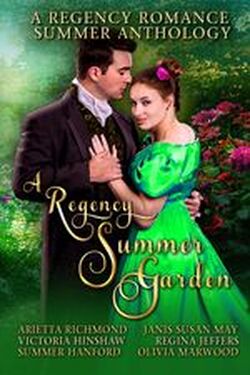 Arietta Richmond Victoria Hinshaw Summer Hanford Janis Susan May Regina Jeffers Olivia Marwood Available on Amazon
Were Kristine and I surprised to see Fontainebleau for the first time swathed in scaffolding? Of course we were, having expected it to look like the image below, left, from Wikipedia Commons. Nor was it the only time we encountered ongoing conservation/restoration on our journey in Europe, March- April 2022. We easily found another entrance (below right) and thoroughly enjoyed our tour of the sprawling Château. Before we went inside on the glorious spring day, we admired the flowering fruit trees and the abundant camellias in the courtyard. Please remember to click on the small pictures for larger versions. We first toured the Napoleon Museum wing, which rather amused us since the day before we had been at Waterloo where Napoleon met his . . . Waterloo. Below left, the emperor who, even after the Revolution in 1789, wanted to make his residence the long-standing principal palace of French monarchs, and his first wife, the Empress Joséphine de Beauharnais Above, left and right: The décor of the rooms is a perfect example of the neo-classic style, corresponding to the Regency in Great Britain. Below, left, a lovely salon; right, a room displaying memorials to Napoleon's son, the King of Rome by his second wife, Marie of Austria. Above, more décor, left. Right, Napoleon's bicorn chapeau and Greatcoat. Below left, the Chapel of the Trinity (La Chapelle de la Trinite), in a part of the Château dating from the 16th century, and below right, the Gallery of Francis I, an inspiration, it is said, for the Hall of Mirrors in the Palace of Versailles. Above, left, A bust of Francis I (1494-1547), King of France from 1515 to his death, who transformed the medieval palace begun in the 12th century into a Renaissance extravaganza. Containing more than 1500 rooms, the Château has been remodeled over and over ever since. It has been a national museum since 1927. Above right, typical décor on a staircase. Below left, the current construction restoring the Horseshoe Staircase, and on the right, Le Cour Ovale. Above left, the tippy top of the main entrance; right, a clever portrayal of some of the famous residents on the wrapping around the construction. Below, when we arrived at our hotel, we found a antique/flea market on the pavement in front. Right, the hotel, Hotel de L'Aigle Noir (black eagle), a lovely restful abode and a short walk to the Château. . Again we were amused to see the wallpaper and carpeting in our hotel room, with Napoleon's emblematic bees everywhere. Associated with hard work and industriousness, the bee was seen as a symbol of French capability. Considering our recent visit to Waterloo, we were forced to adjourn to the stylish hotel bar (right) for a celebratory beverage, undoubtedly a product of the losing French.
Next, to the Loire Valley. Chateau Hougoumont was a crucial site during the Battle of Waterloo on June 18, 1815. Defended by the Allies, the farm and its surrounding woodlands were repeatedly attacked throughout the day by Napoleon's forces. Below, Defence of the Chateau de Hougoumont by the flank Company, Coldstream Guards,1815, by artist Denis Dighton (1792-1827), Wikimedia Commons, National Army Museum, London. When we visited in 2010, the chateau grounds were given over to an encampment of reenactors participating in one of their summer extravaganzas, living almost as their ancestors did. The chateau was extensively conserved for the Bicentenary in 2015 and the barn restored for the presentation of a film telling its story. Below, the Memorial of 2025; right, the chapel. Above left, the Upper Courtyard; right. the altar with memorial wreaths. Below left, the crucifix badly burned in the battle; right, the remains of the surrounding woodlands in 2022. Below, scenes from the multimedia presentation on multiple screens in the barn. Next, the Palace of Fontainebleau, March, 2022
Among our goals returning to Europe after the long isolation was to complete the preparation for Number One London Tour's Wellington-Waterloo tour in early September 2022. Kristine Hughes and Gareth Glover need to finalize details on site, so I, hanger-on indeed, went along for the ride, my second visit after 'casing the joint' in 2010 before the hordes would descend for the Bicentenary in 2015. Kristine and I met Gareth and his wife Mary to drive from England to the battleground, starting with the Eurotunnel trip under the channel to France. To my surprise (the dog ate my homework), after our papers were checked, we drove onto the train and sat in the car for the journey, driving off outside of Calais just over half an hour later. And from there, we drove to Belgium and Waterloo. Please remember to click on the photos for larger versions. We started in the town of Waterloo, much more bustling than I remembered it, where we went to the Wellington Museum, the very spot where the Duke slept the night before the battle on June 18, 1815, and where he composed his despatches to London announcing the Allied victory over Napoleon and the tragic loss of so many on both sides. Across the street is the Church of St. Joseph, where many are memorialized. Gareth and Kristine talked over the amount of time needed to visit both sites. Inside the museum had many displays in the rooms where the Duke and his Aides worked. Several of his aides died and all were wounded in the battle. Below, the Duke's desk, where Gareth and Kristine helped write the despatches. Left above, the bed where Aide-de-Camp Sir Alexander Gordon died after the battle; Right, a marble bust of the Duke. Below in the displays, it is sometimes hard to tell the weapons from the medical implements. Above left, a saw for amputations, of which there were many; No doubt this cannon was a weapon! Below, part of the battlefield and the Lion Mound, said to be the center of Wellington's command during the fighting but constructed long after the battle [and completely changing the landscape]; right, Gareth and Kristine discuss the battle. Above many monuments and explanatory maps dot the area. Below, scene in the Waterloo Battle Memorial Museum on the site: pictures, displays, panoramas. Below, attention to the fates of the wounded and men lost. The skeleton is "The Waterloo Soldier" discovered in 2012 excavations. Above left: Sir Charles Bell (1774-1842), surgeon and artist, sketched many of the wounded to use as teaching aids for his medical students; right, the gift shop.
Next, Visiting Chateau Hougoumont Last March 15, Kristine Hughes and I arrived in London after two-plus years of the plague or whatever we will eventually call it. We spent a couple of days wandering around to check all our favorite places to be sure no-one had absconded with Hatchards or St. James's Piccadilly while we weren't there. Luckily, we found all was in order. Even the circus was 'as usual' with the Shaftsbury Fountain and the statue usually called Eros but actually portraying another his brother Anteros. Among our investigations, we successfully passed Apsley House on almost every taxi ride. as one does. Please click on the thumbnails for larger versions. Above, left to right: St James's courtyard with blooming tree; Easter treats in Fortum & Mason; Charing Cross bookstore. Below, more F&M, a visit to the Lanesborough Hotel, and Albany in it proper place. The Duke of Wellington pub in the Strand; Kristine's latest book, Waterlooo Witnesses, on display on Hatchards, Rowley's in Jermyn Street for a delicious lunch. But look what happened to the house in Henrietta Street, Covent Garden, where Jane Austen stayed with her brother Henry in 1813-14. Note the plaque above the ground floor. It has been a number of businesses before, but...Mrs. Riot??? OMG! And according to their FB page, the downstairs "pleasure den" is called Kitty's. Guess they haven't read P&P. We had only a couple of days before taking the Eurostar to visit Waterloo, details coming soon, followed by the Loire Valley before returning for a full week in a Notting Hill house. Nevertheless, our wandering was wonderful. Back in the UK.
|
Victoria Hinshaw, Author
Archives
July 2024
Categories |

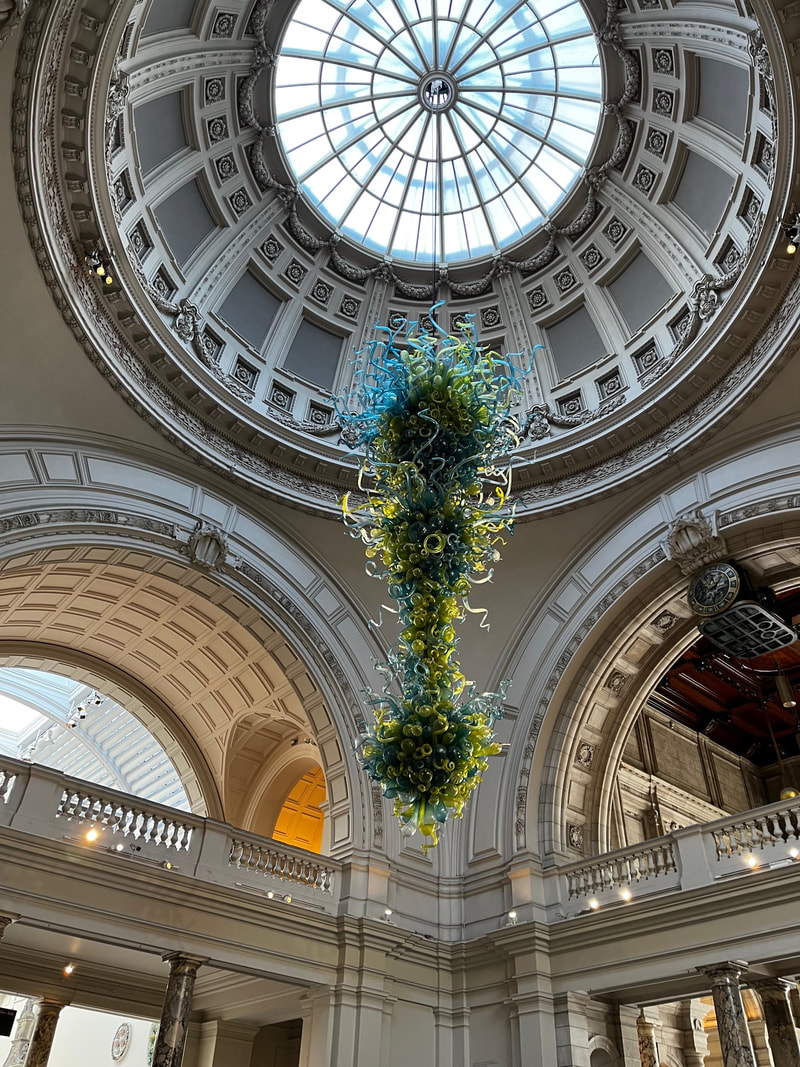
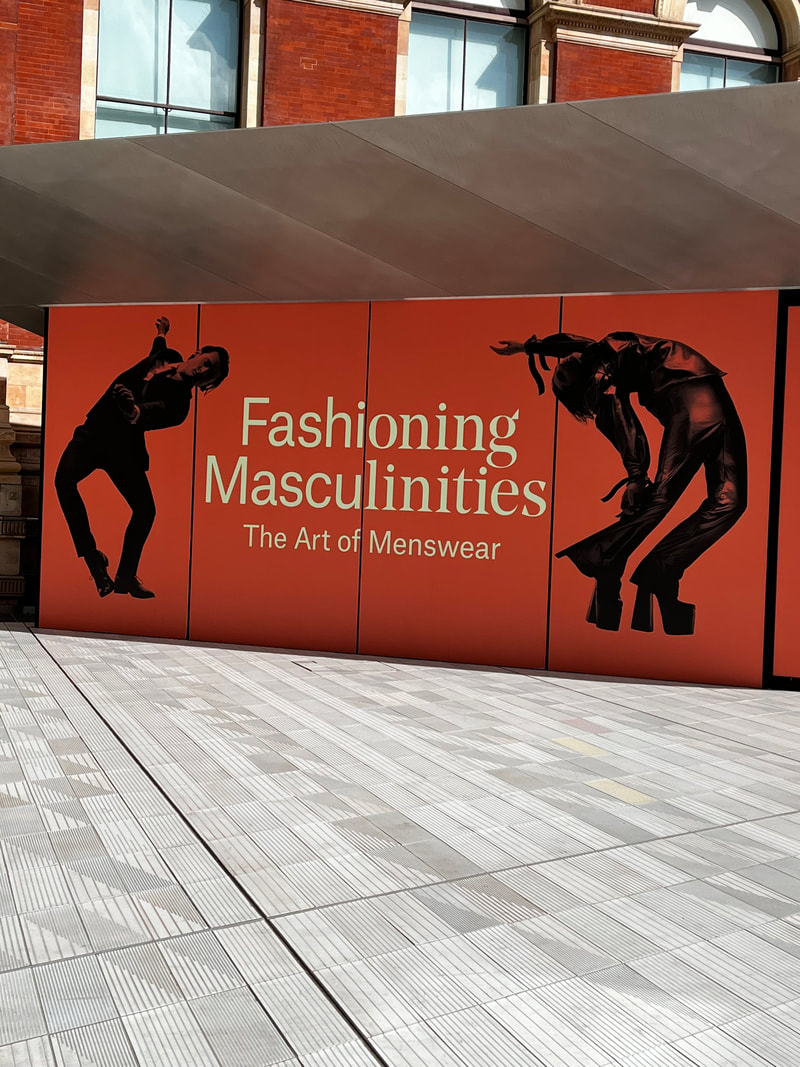
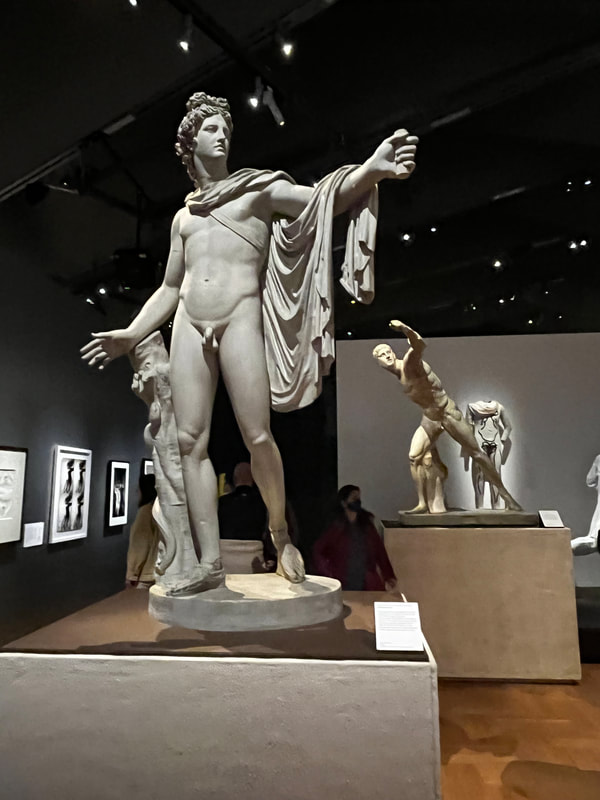
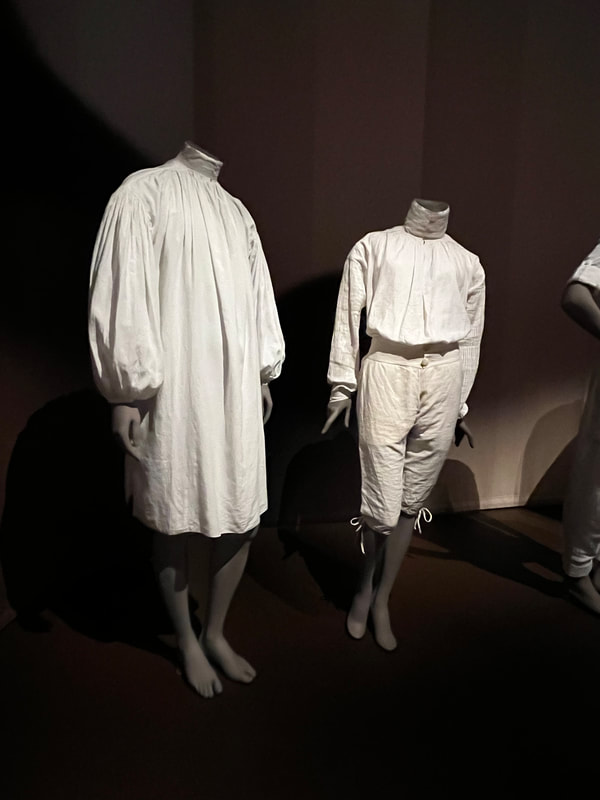
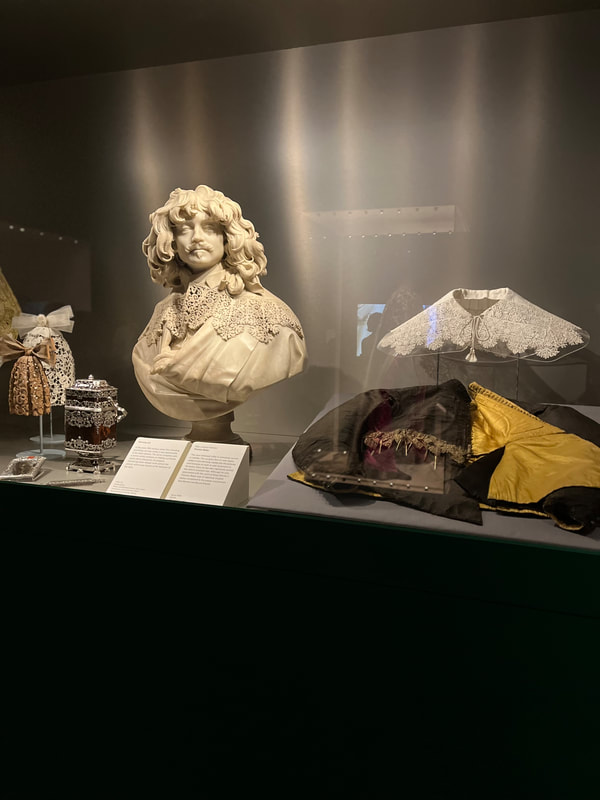
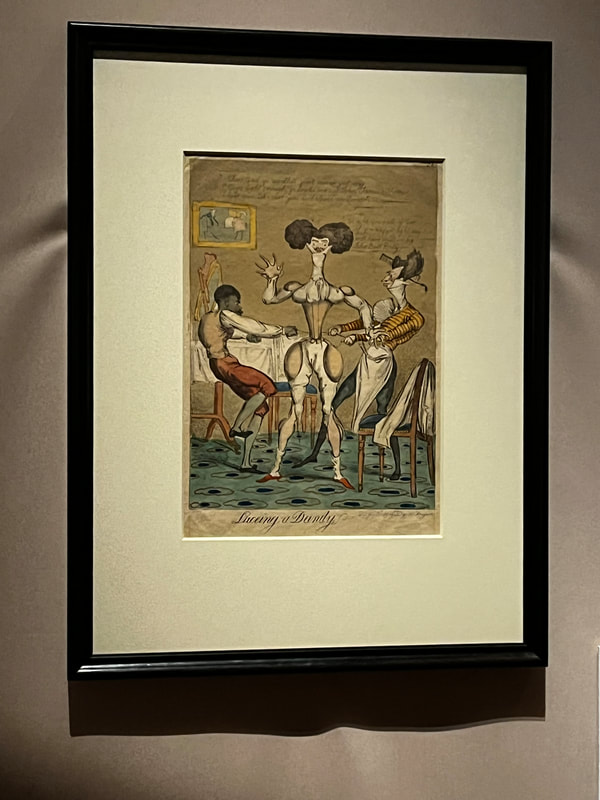
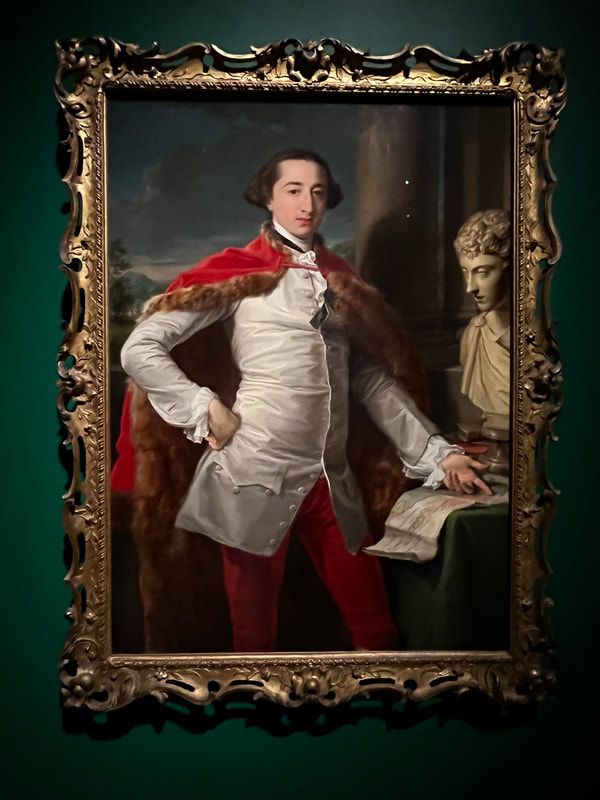
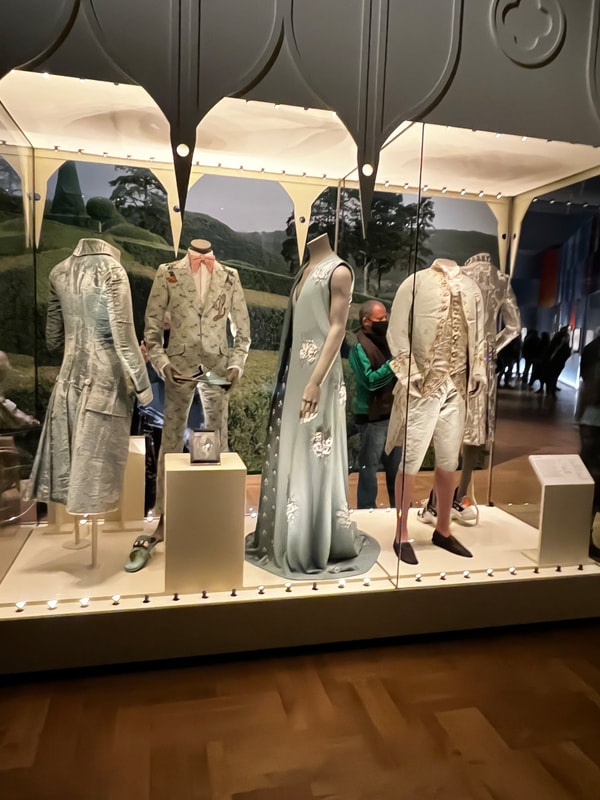
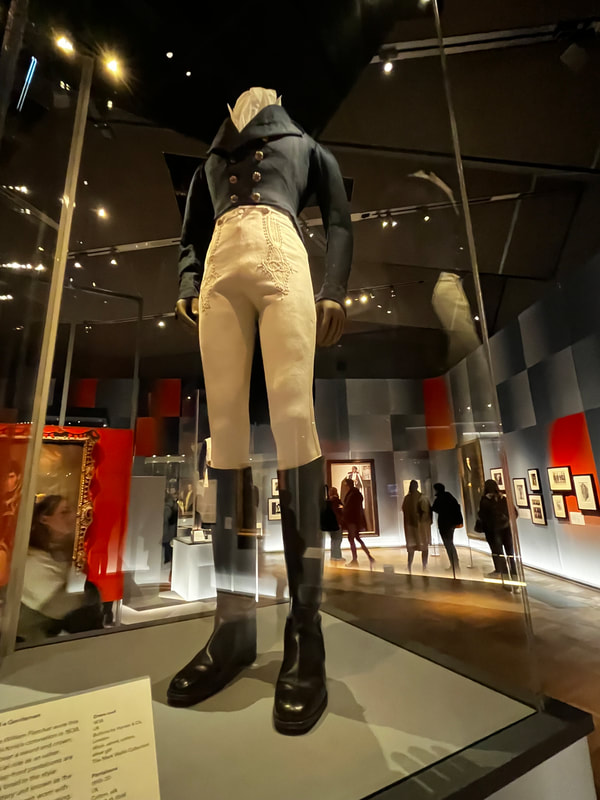
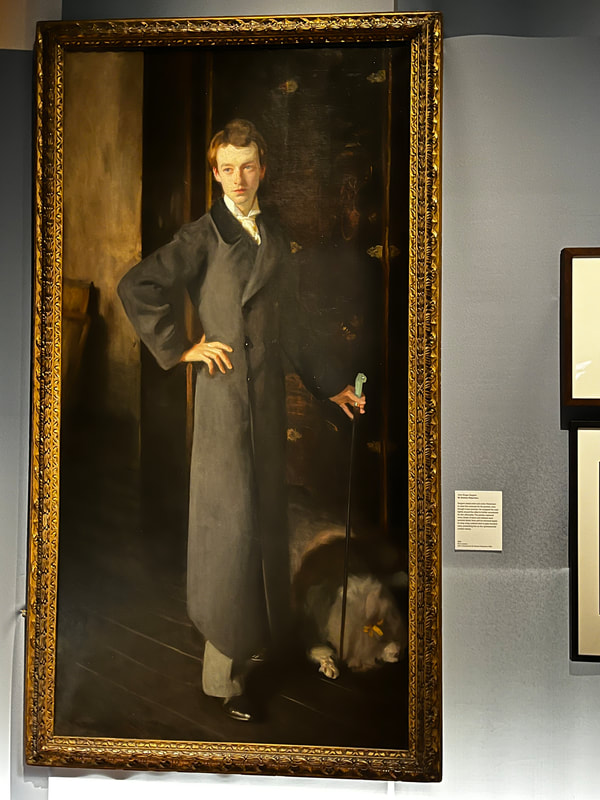
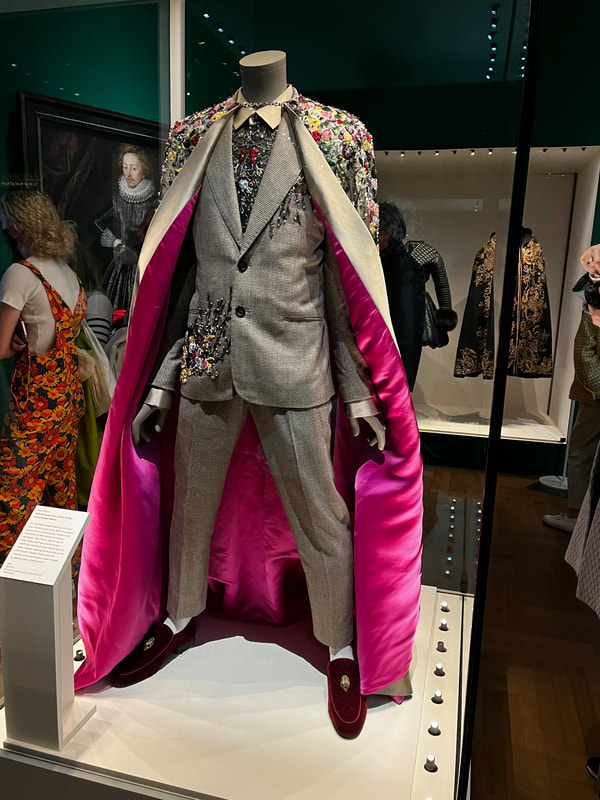
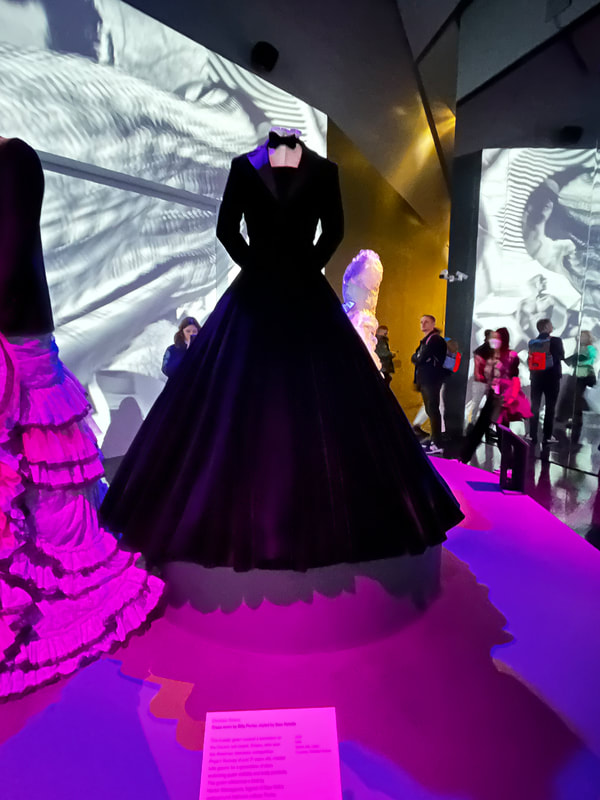
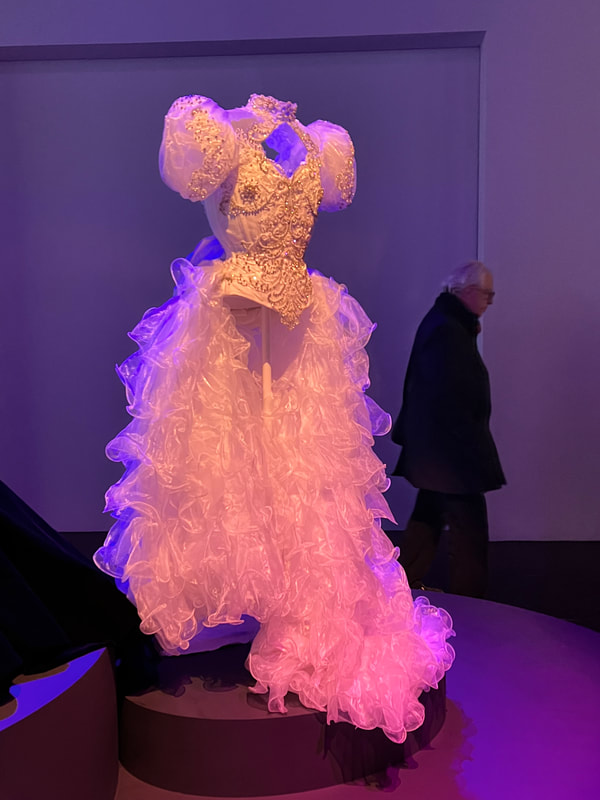
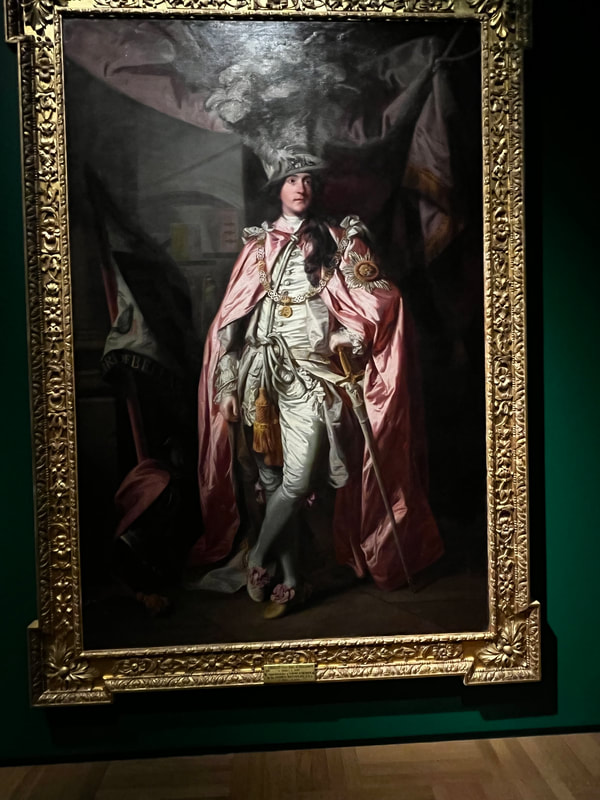
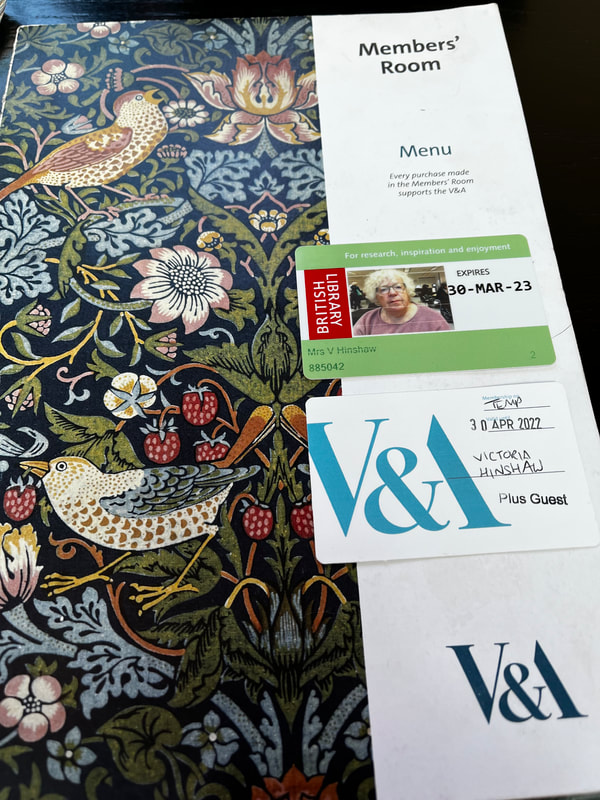

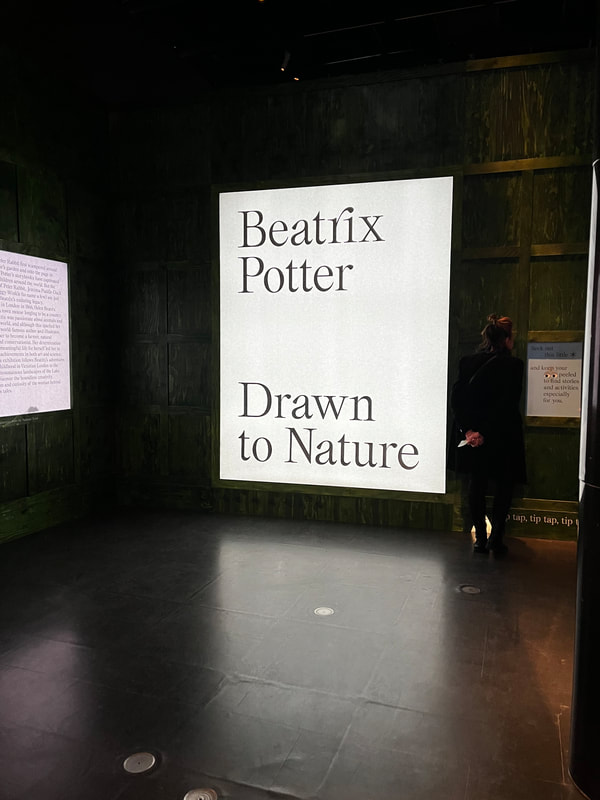
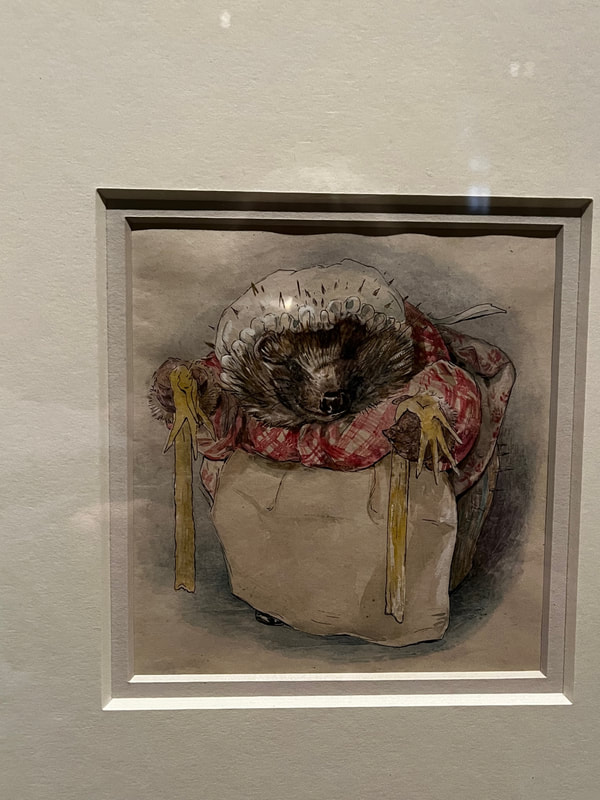
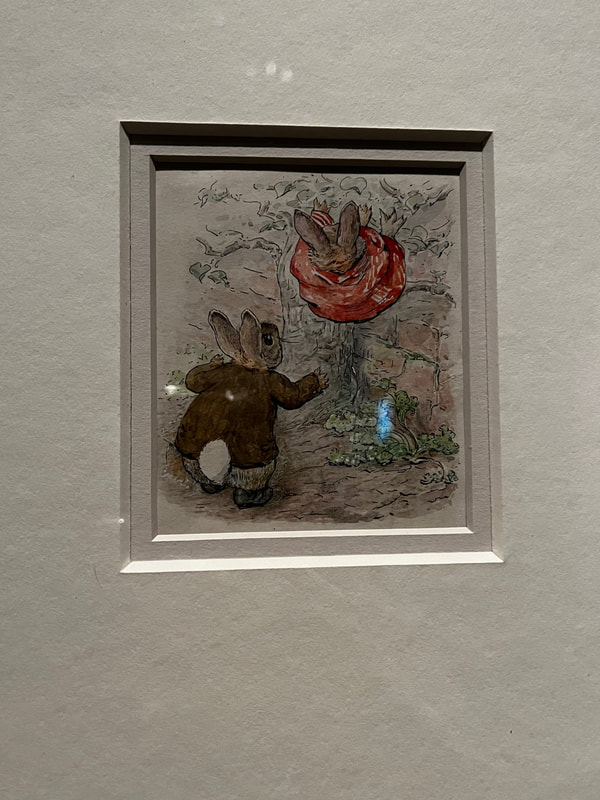
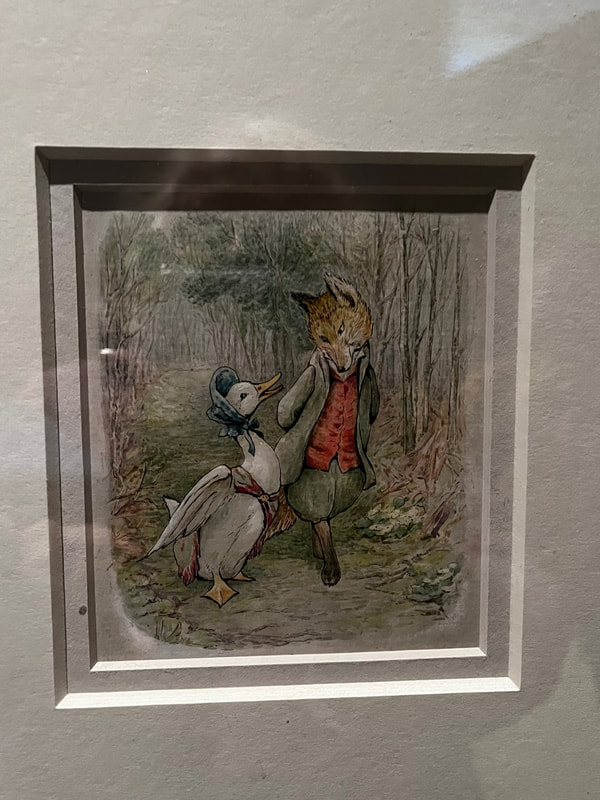
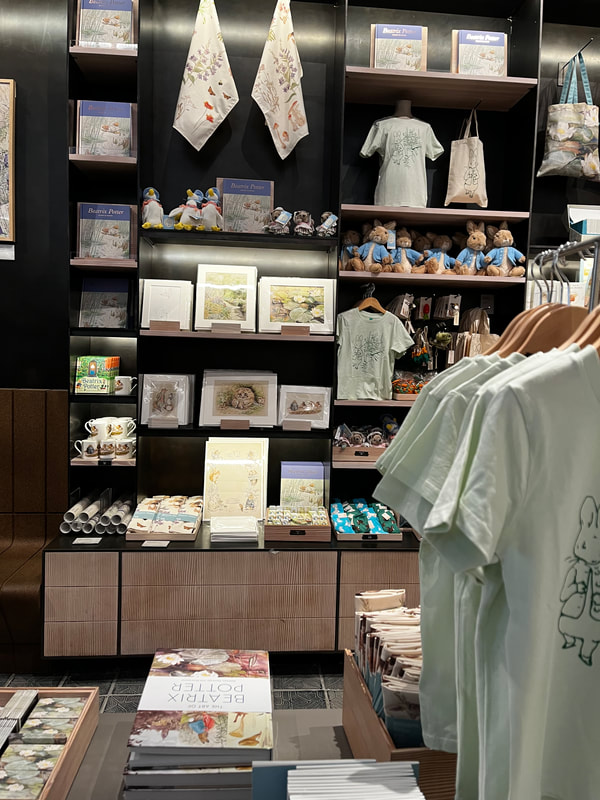
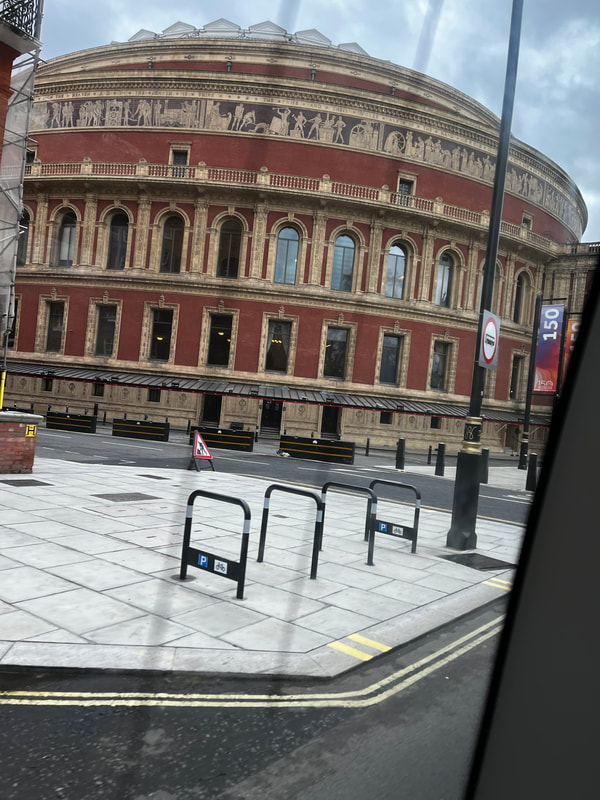
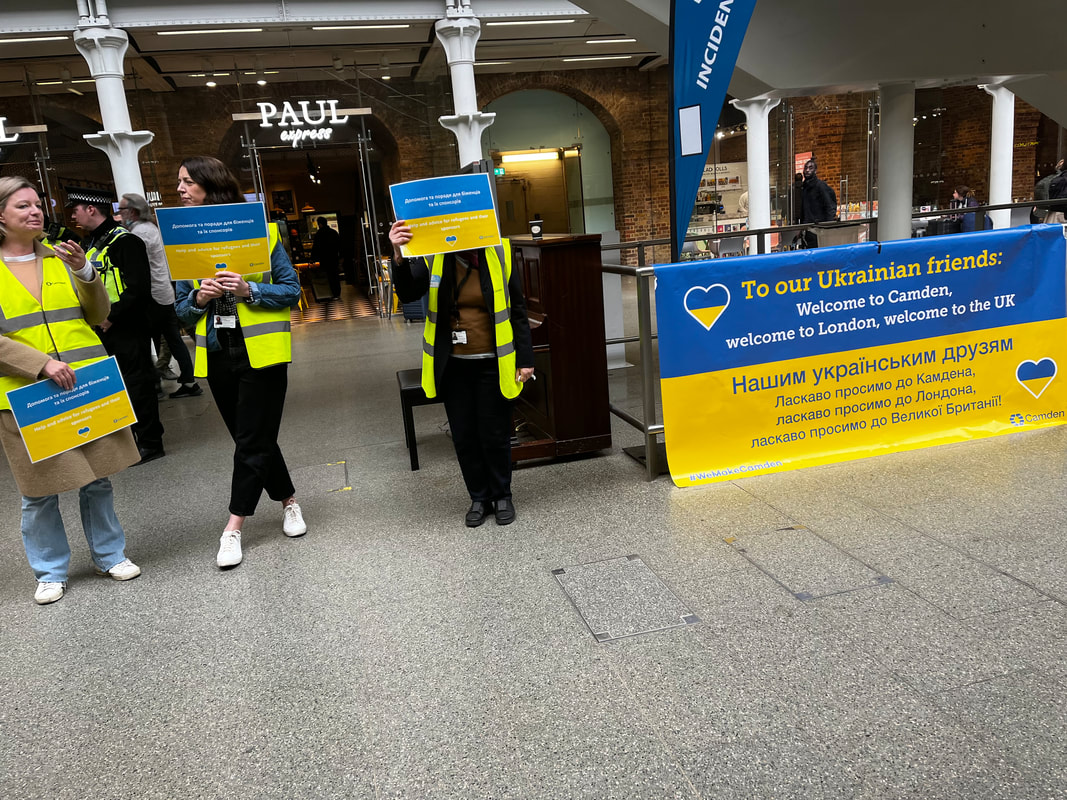
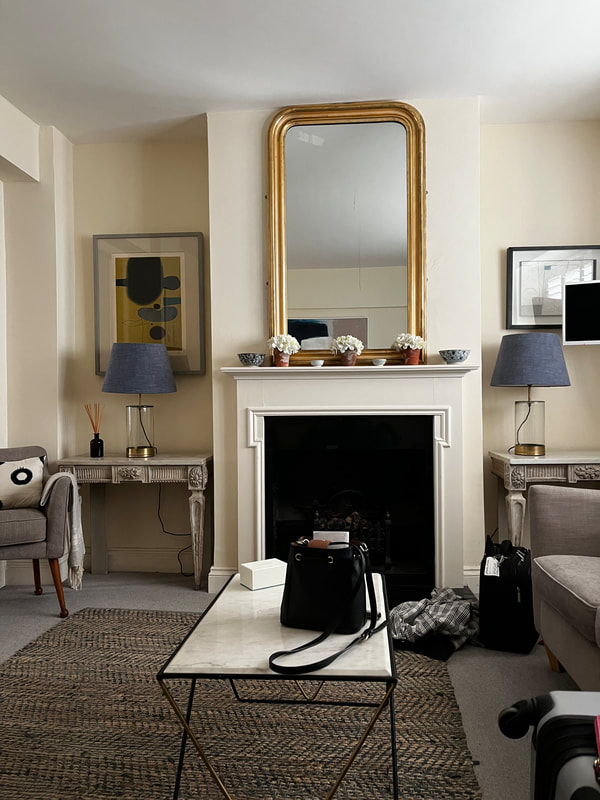
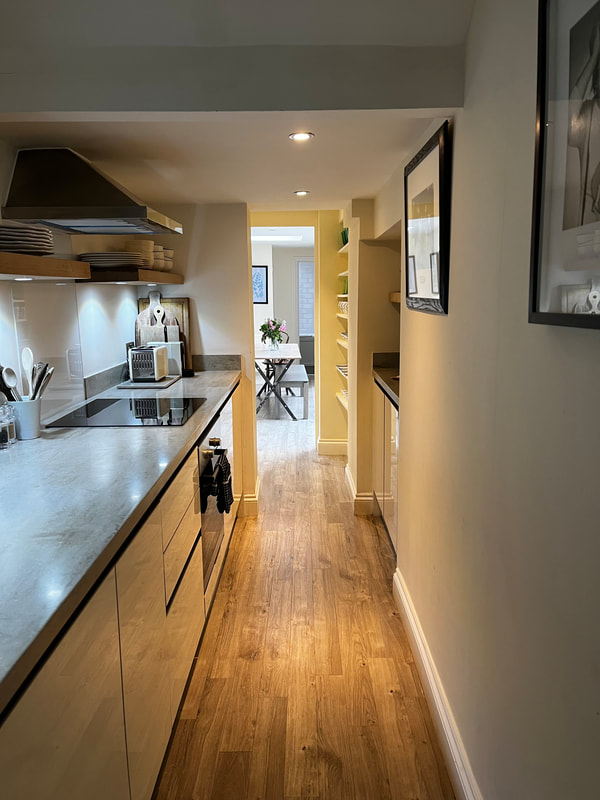
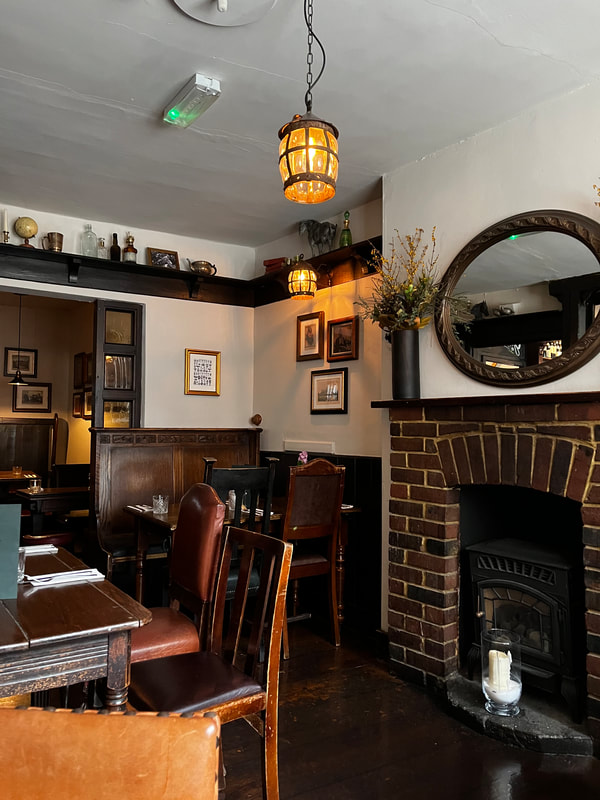
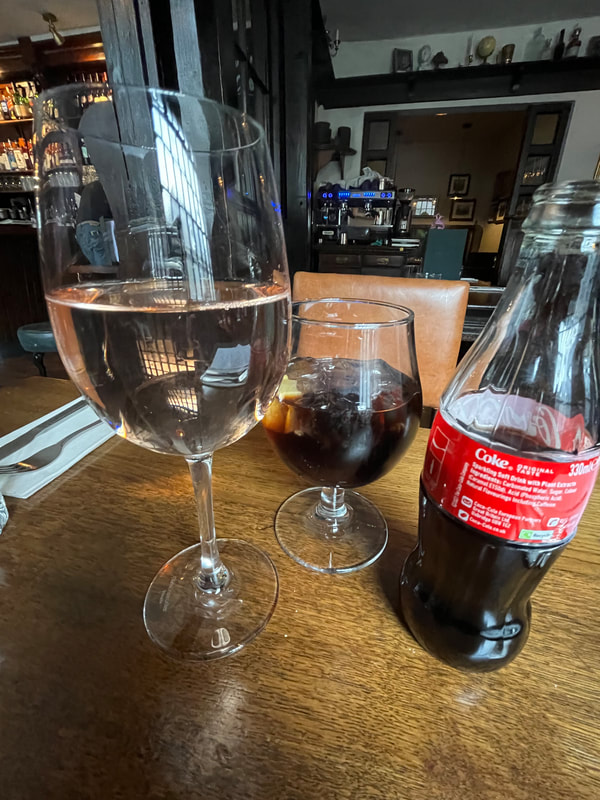
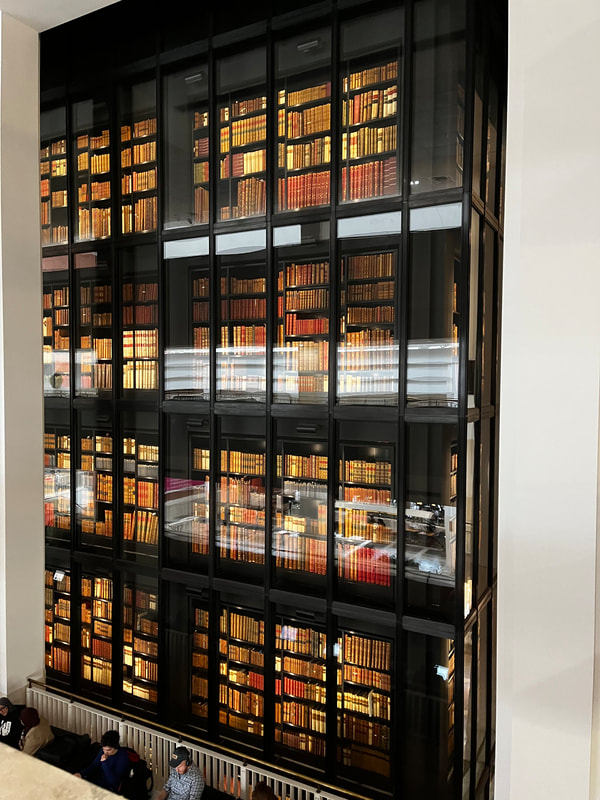
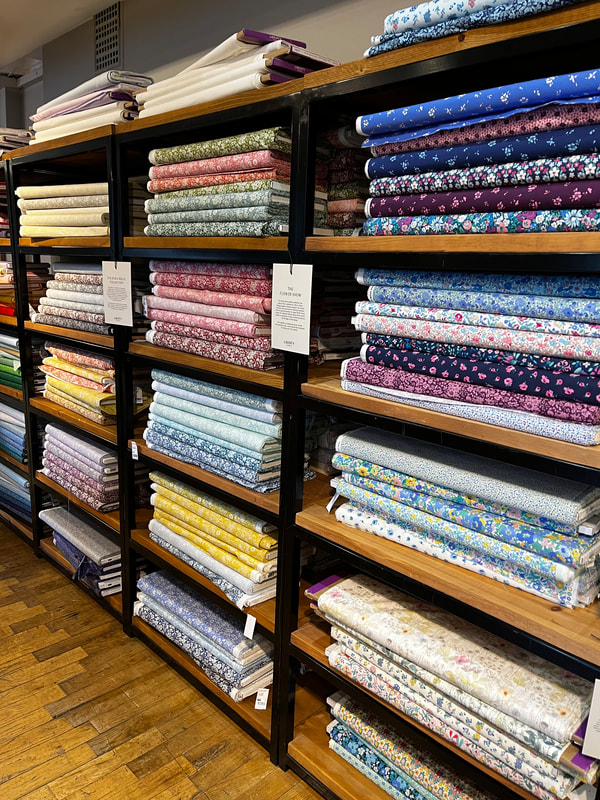
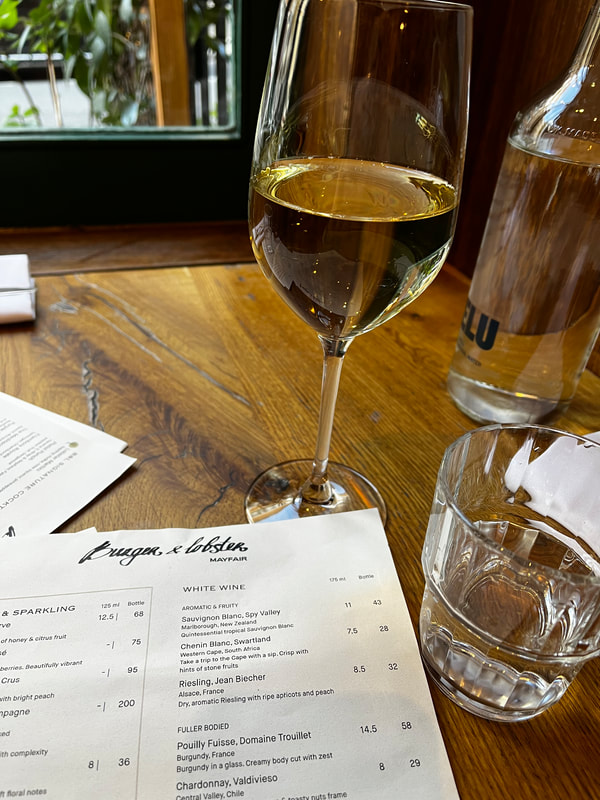
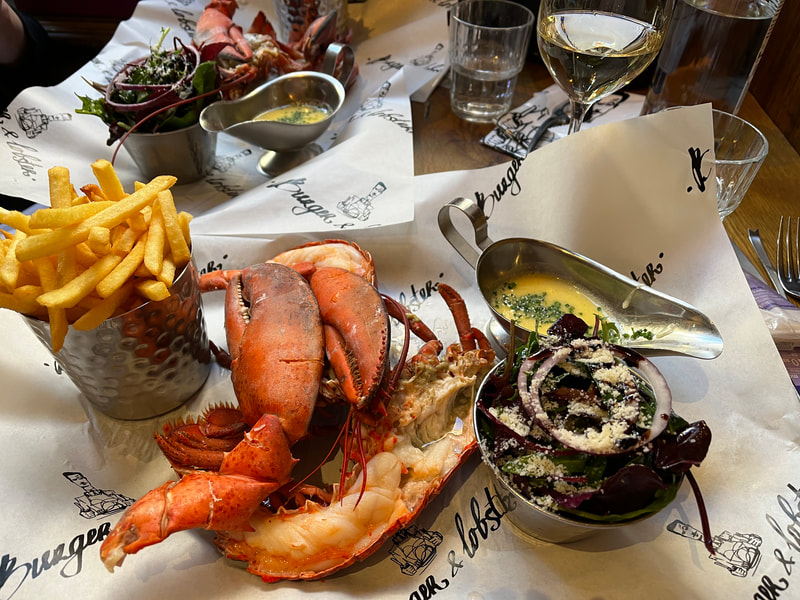
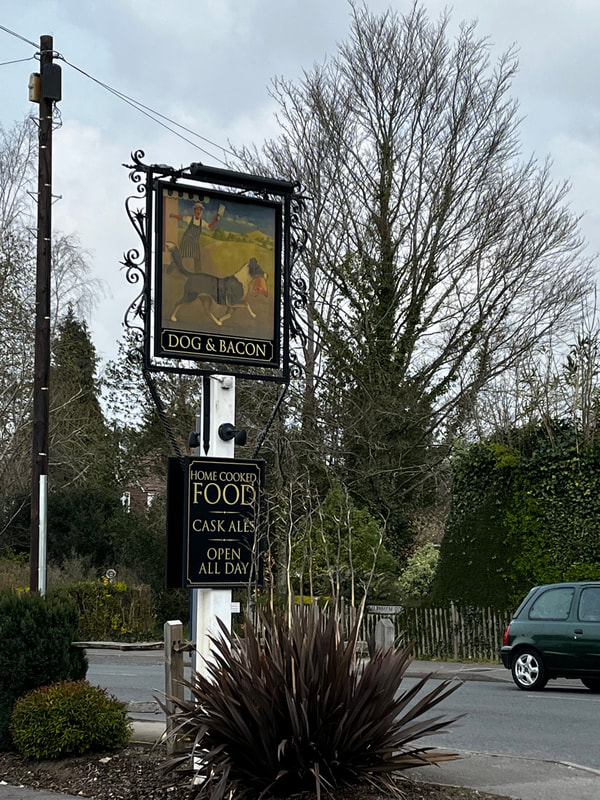
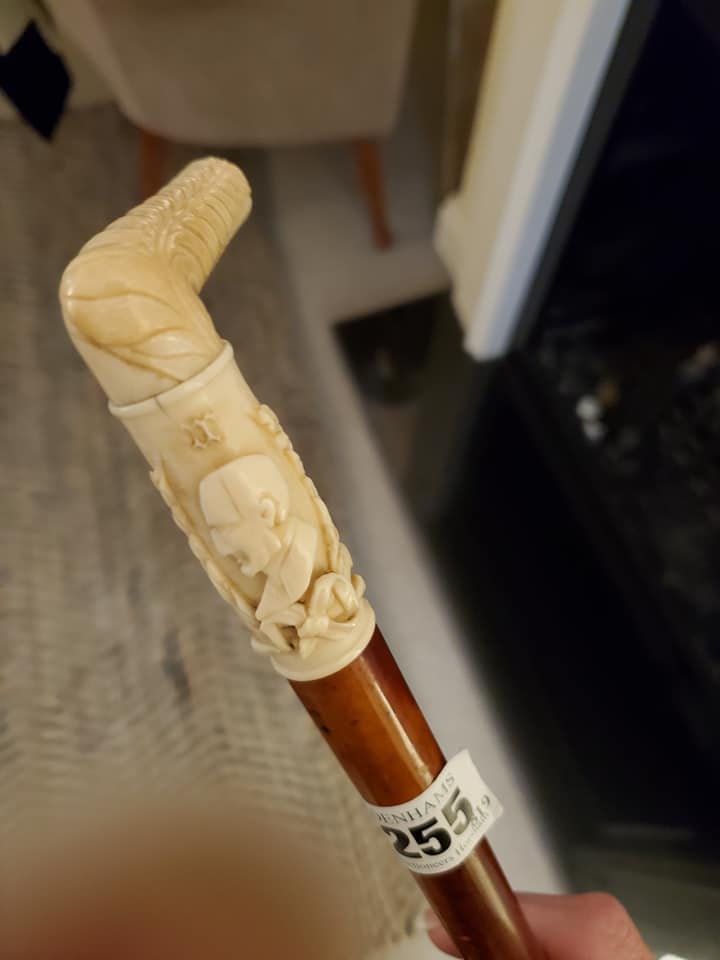

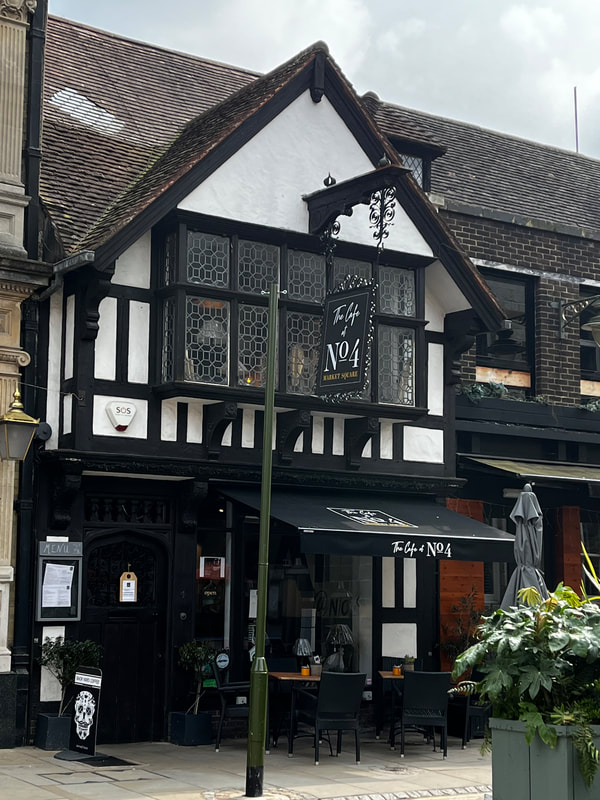
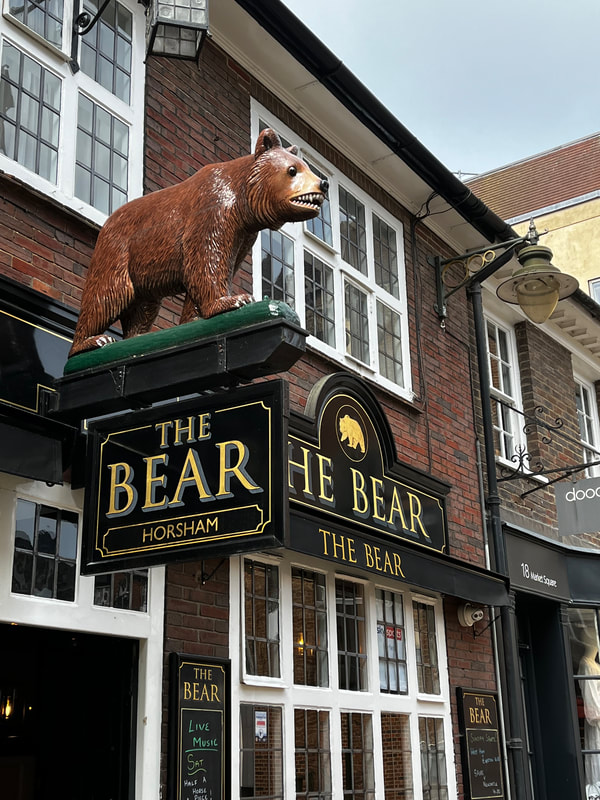
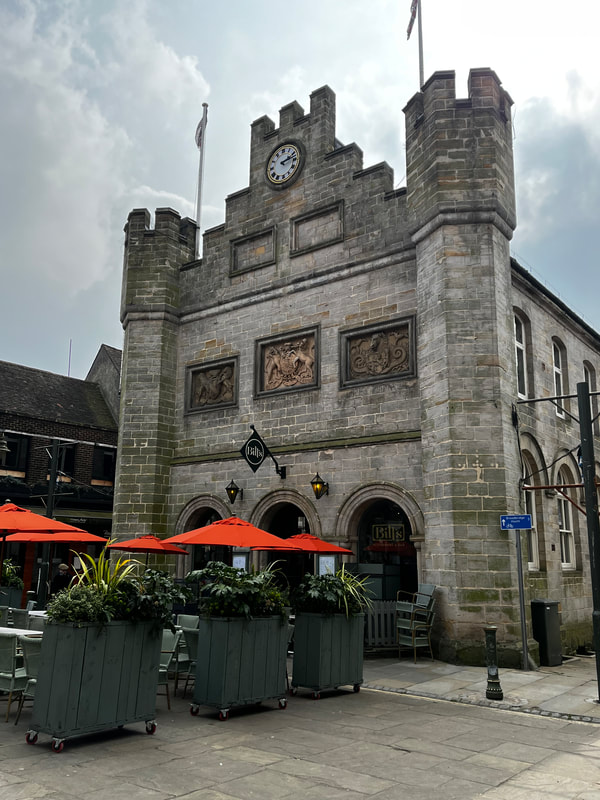
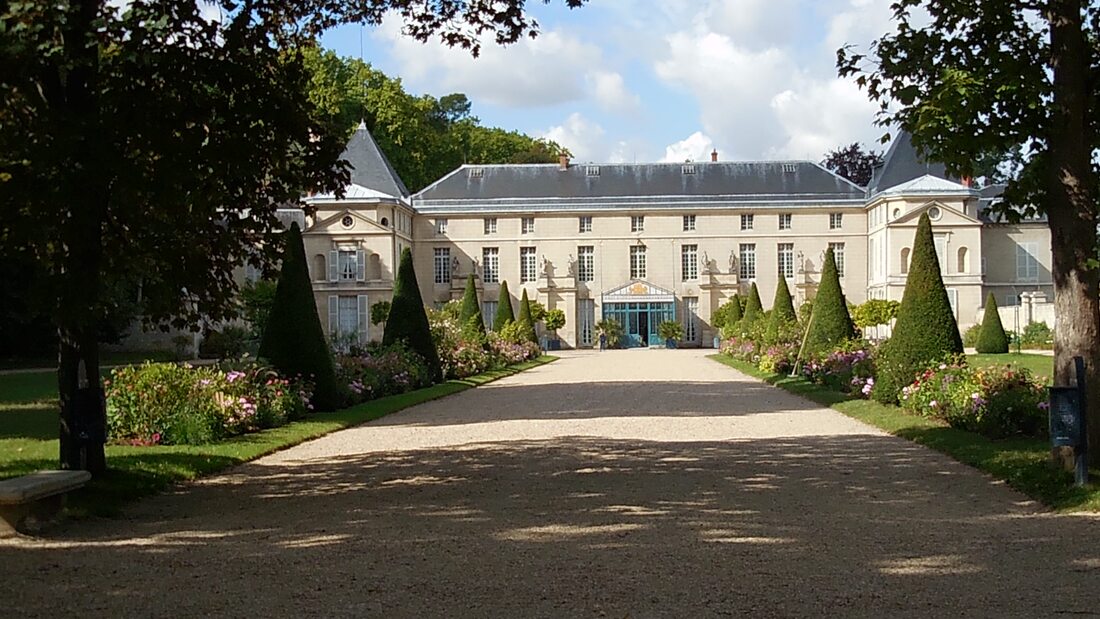
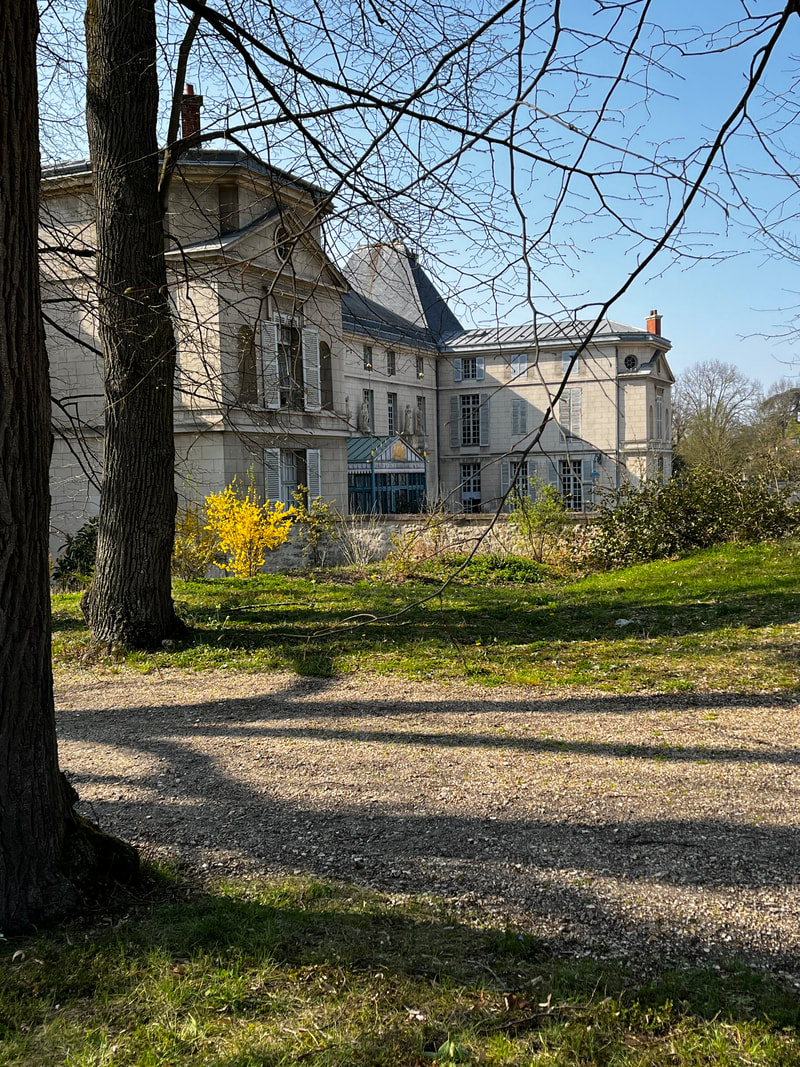
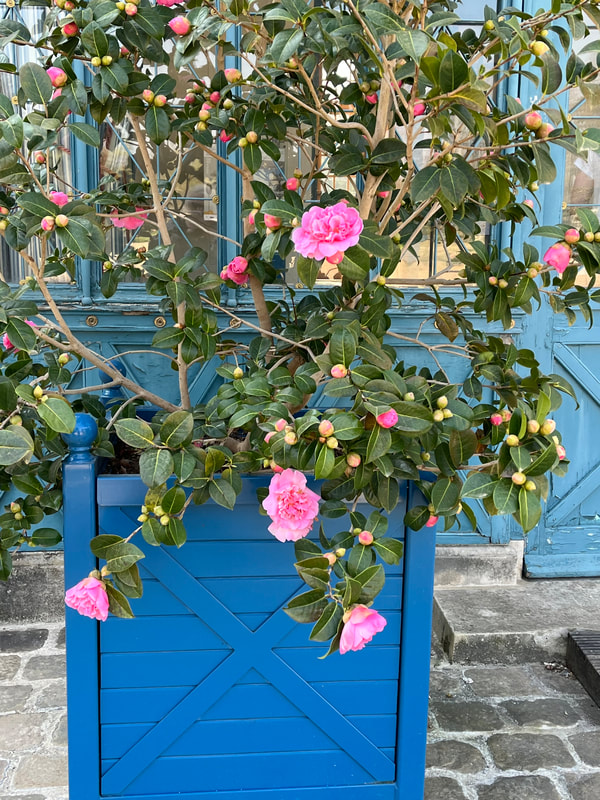
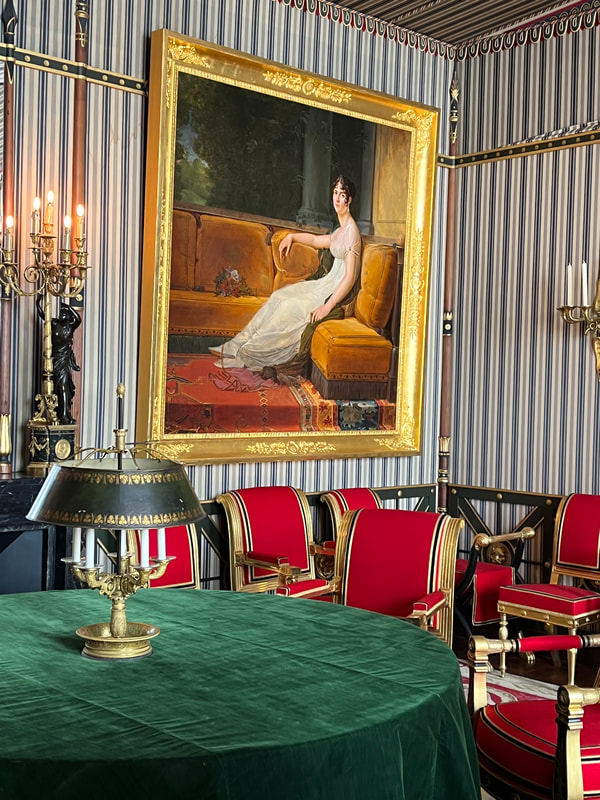
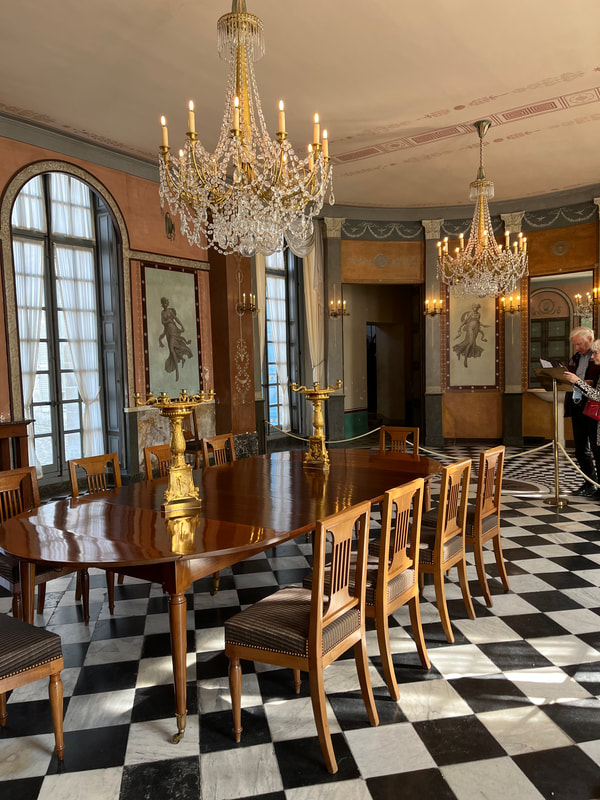
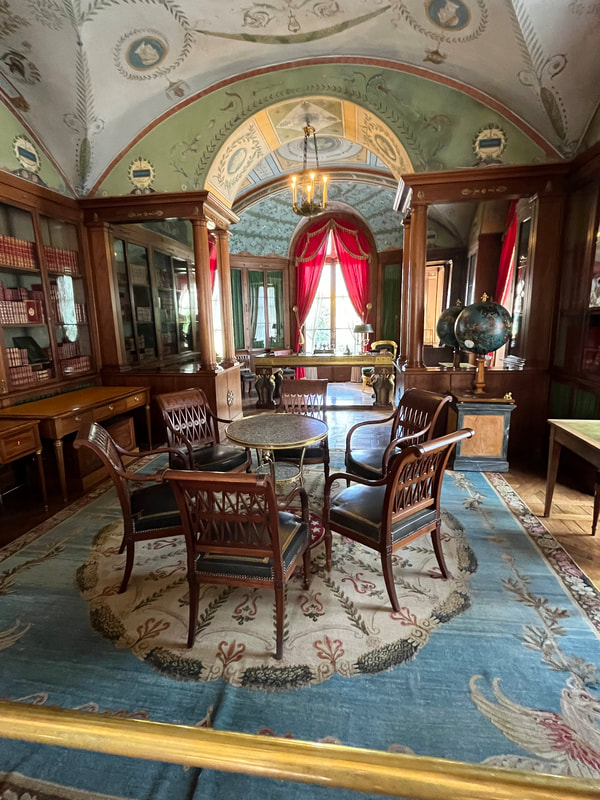
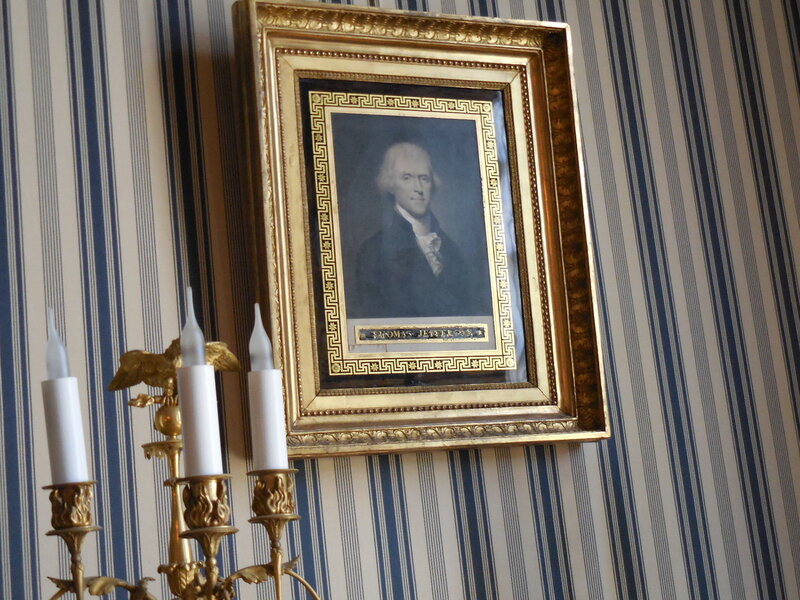
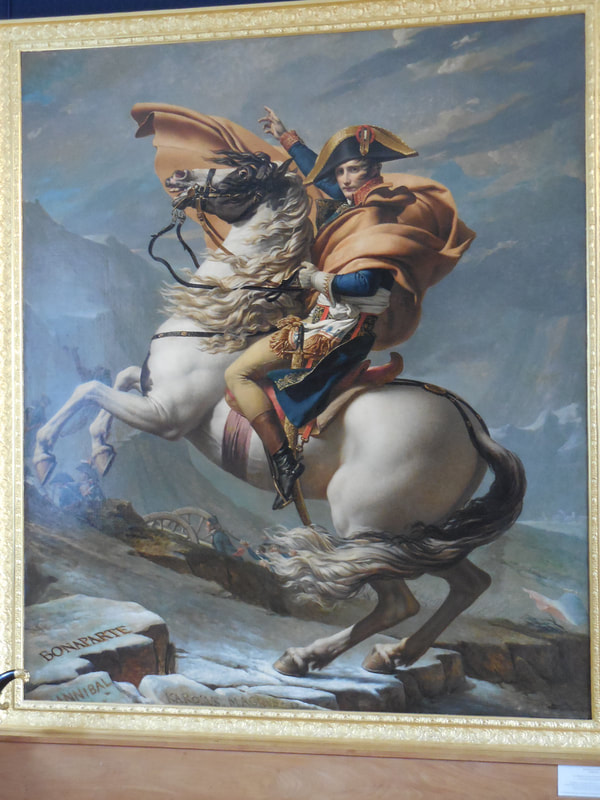
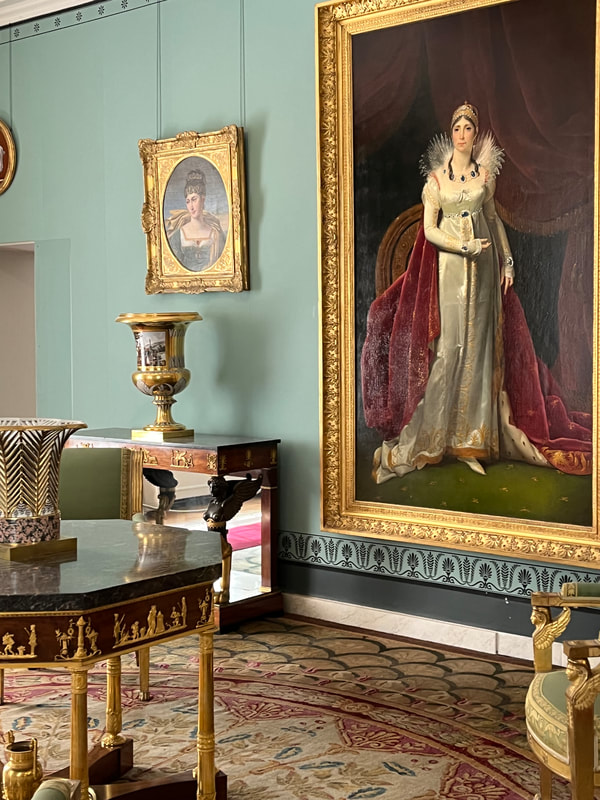
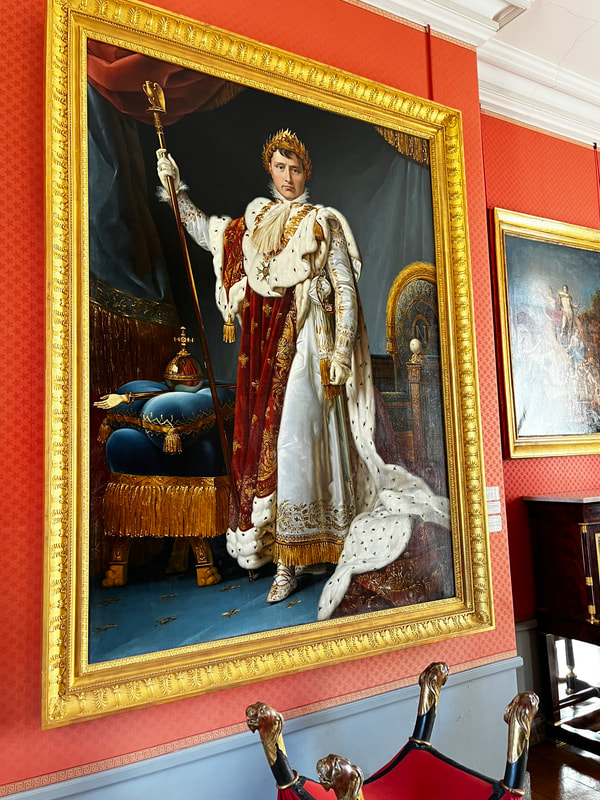
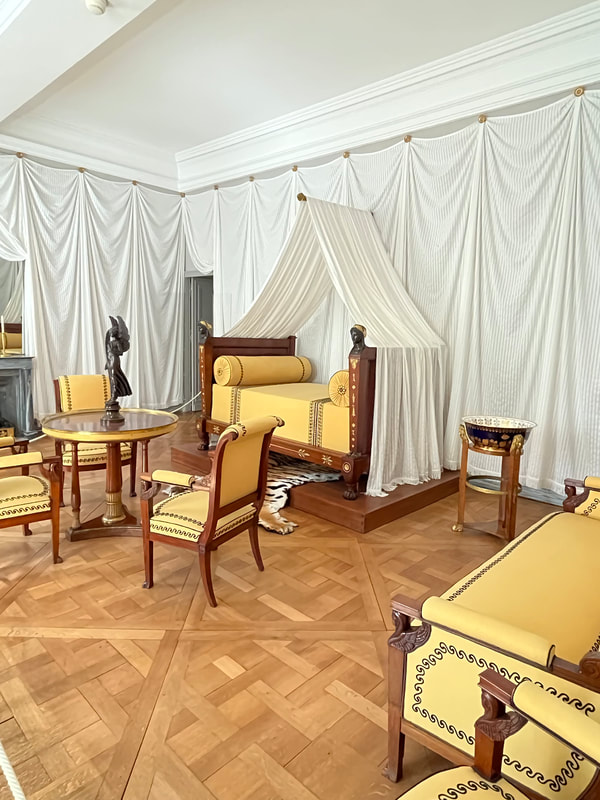
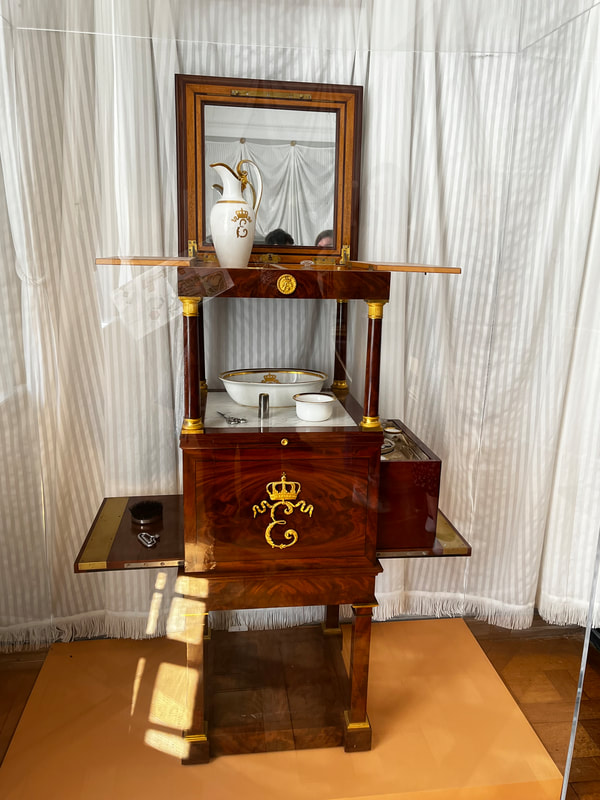
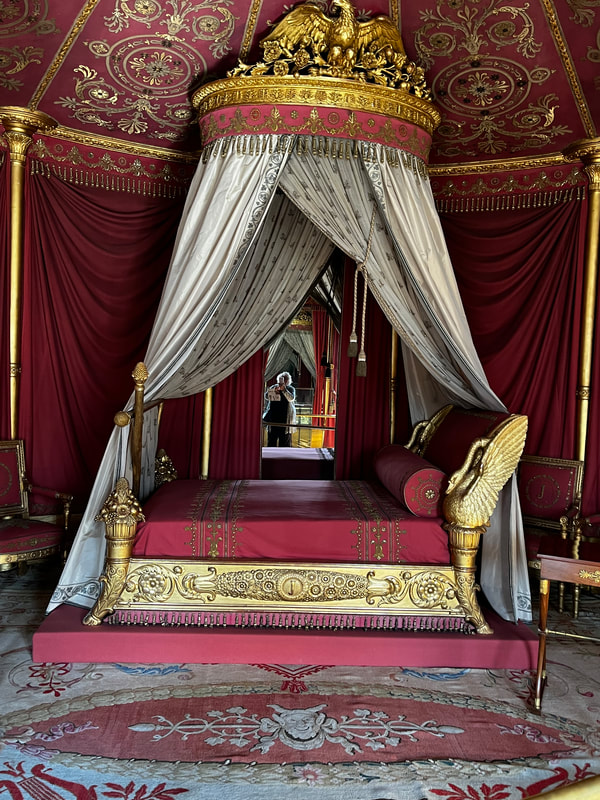
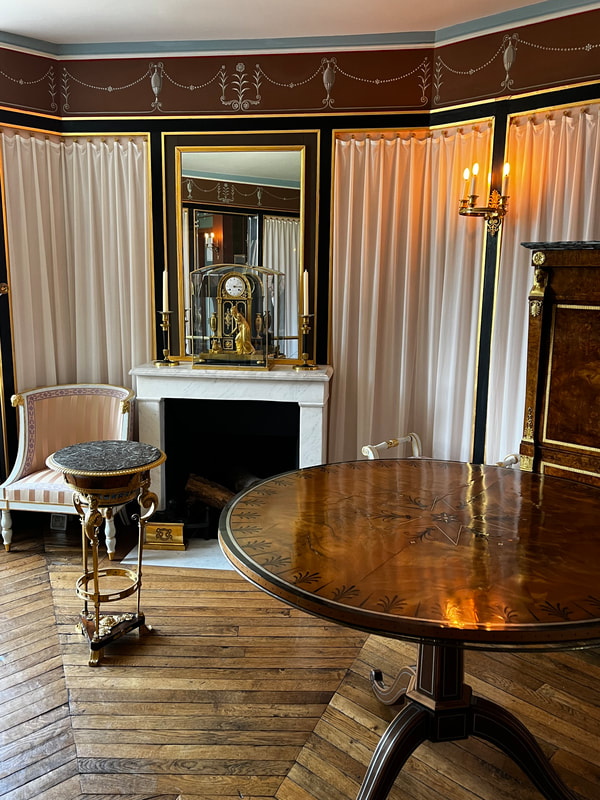
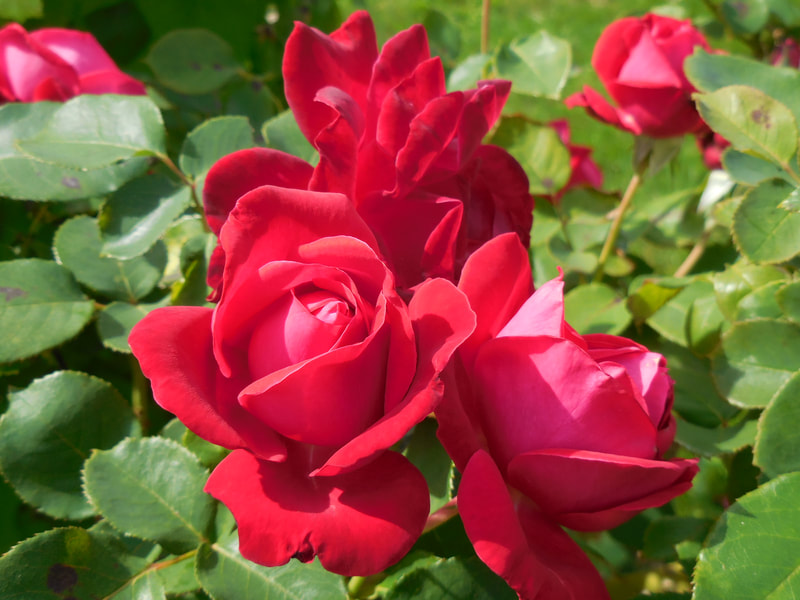

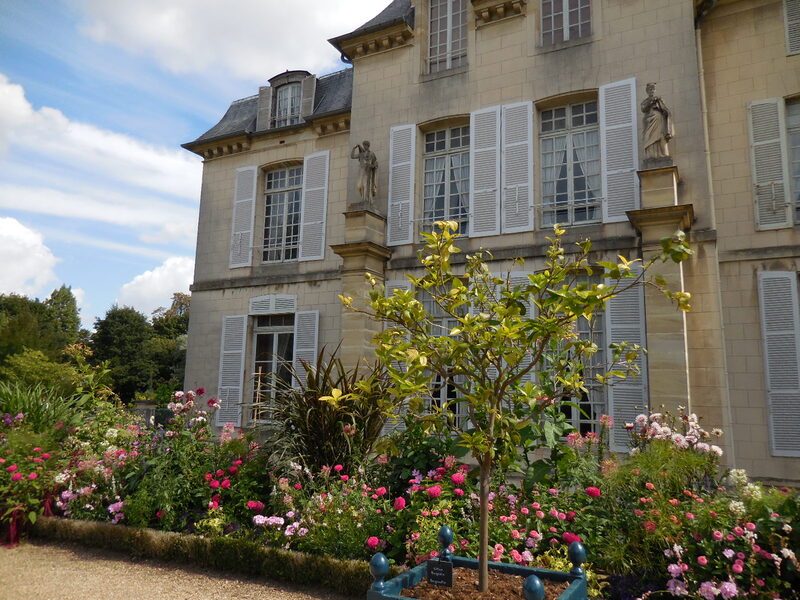
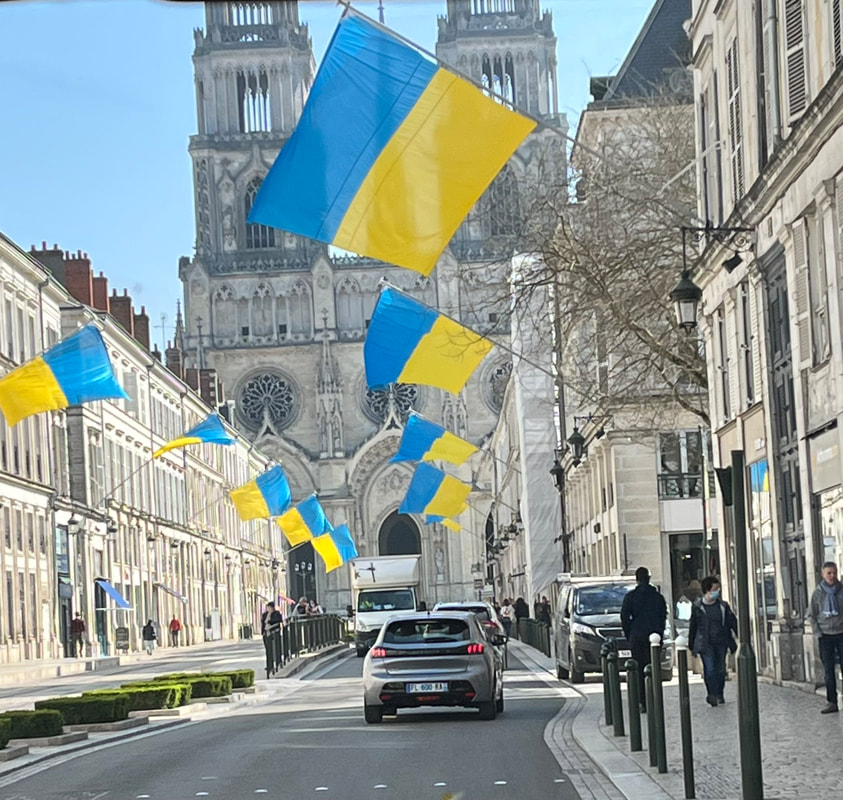
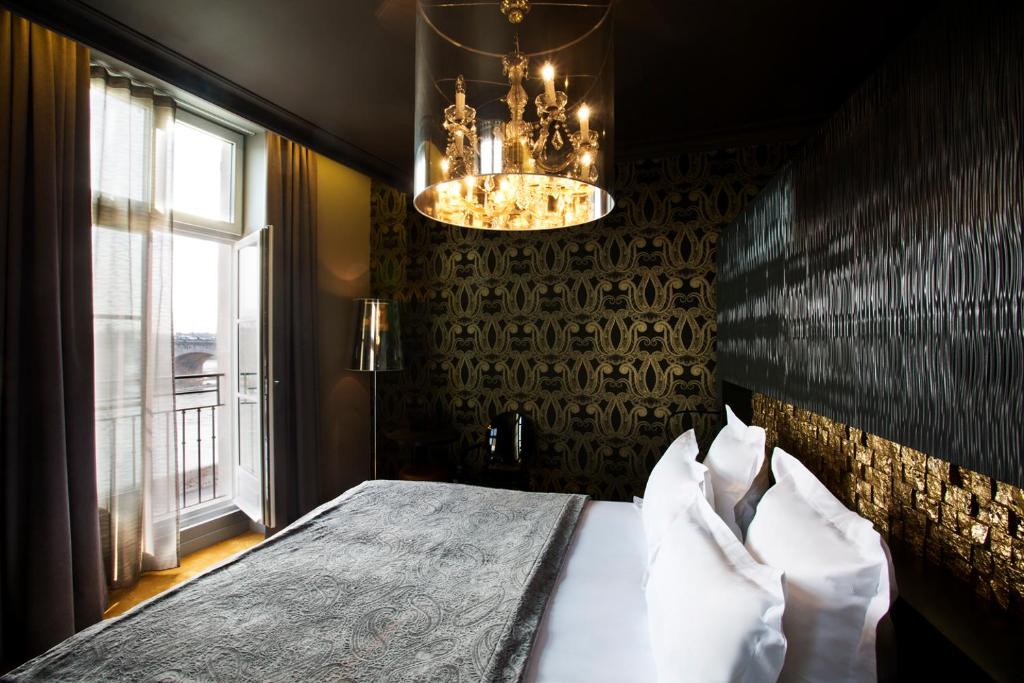
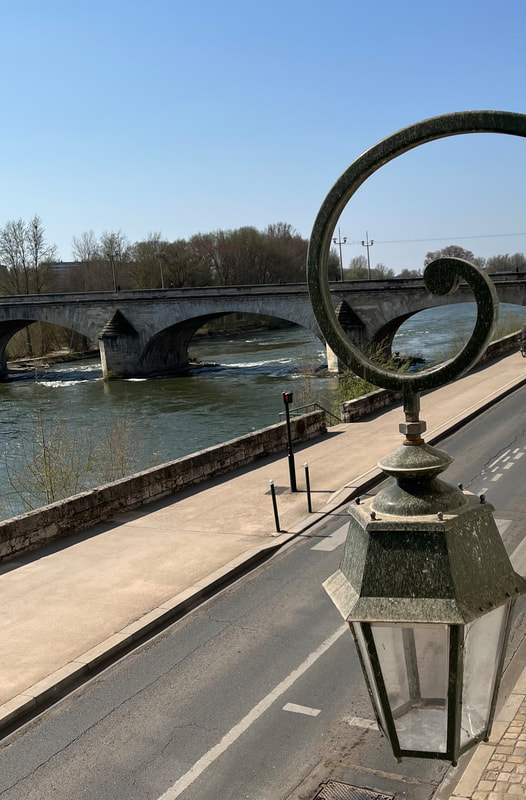
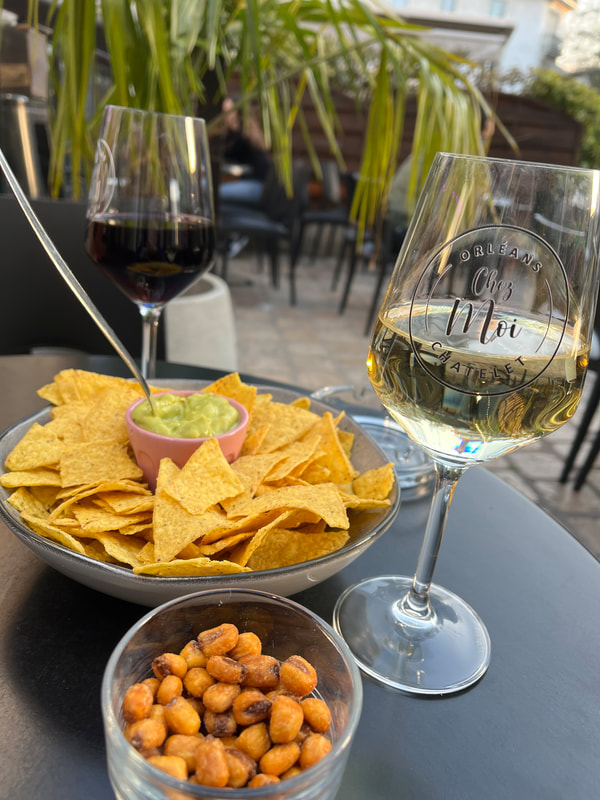
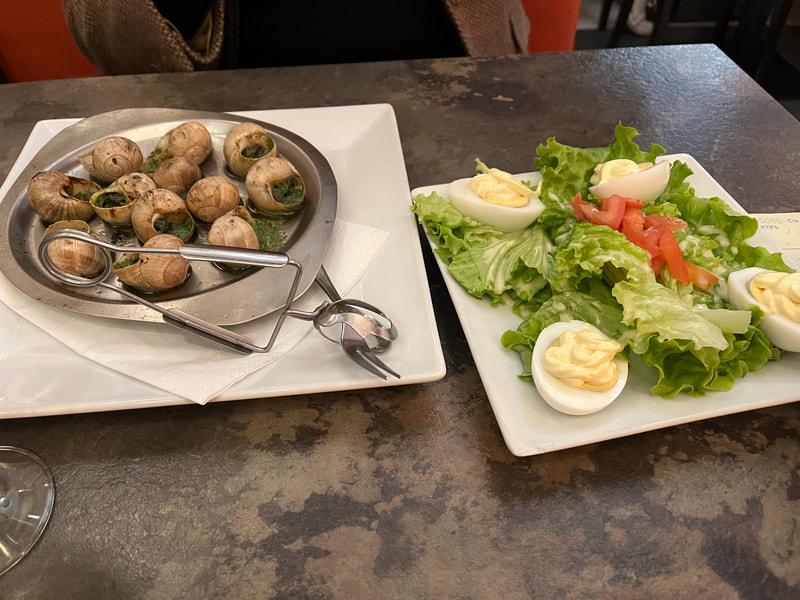
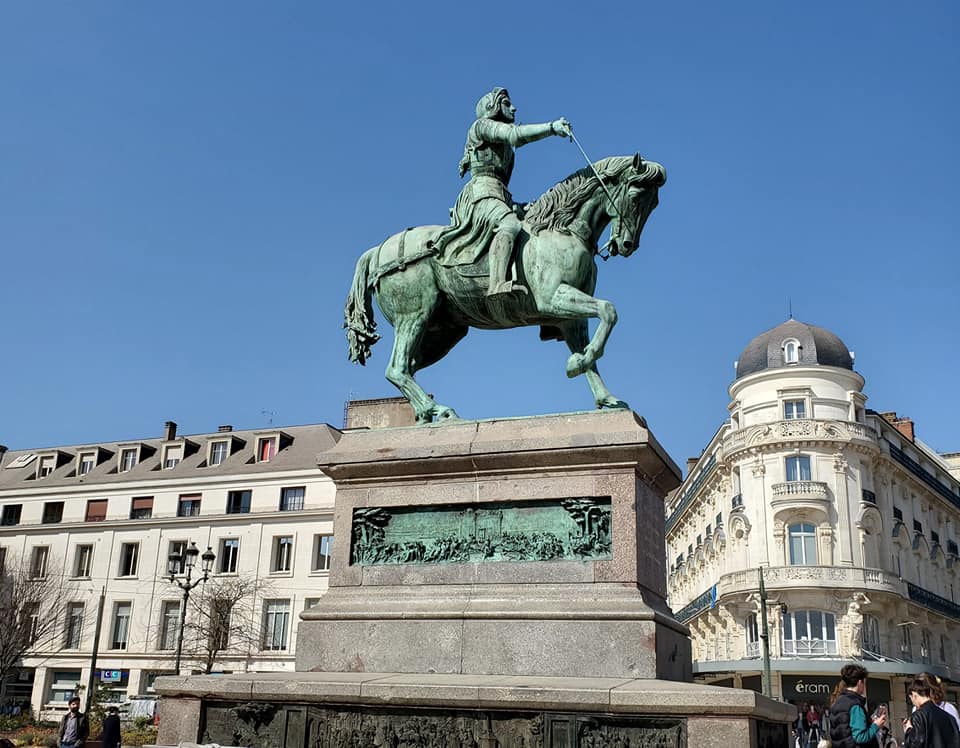
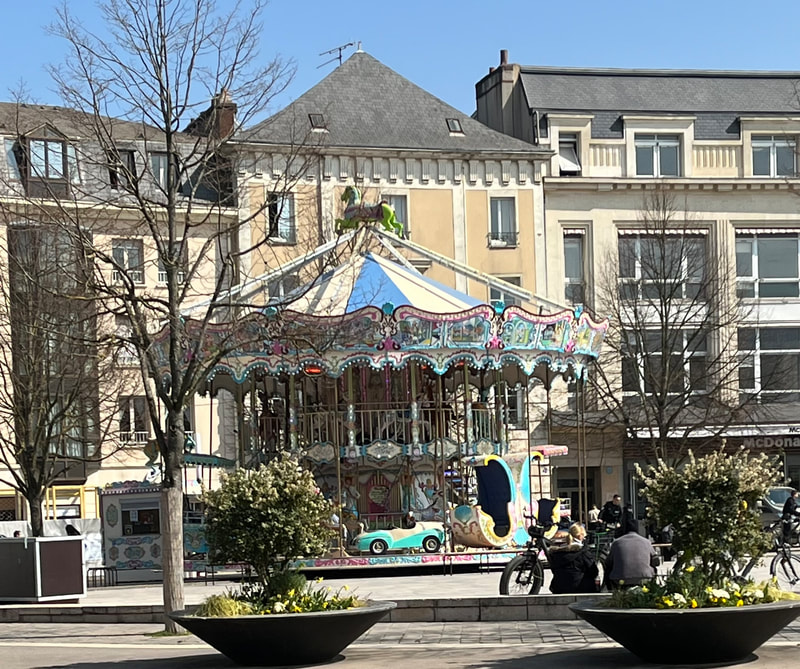
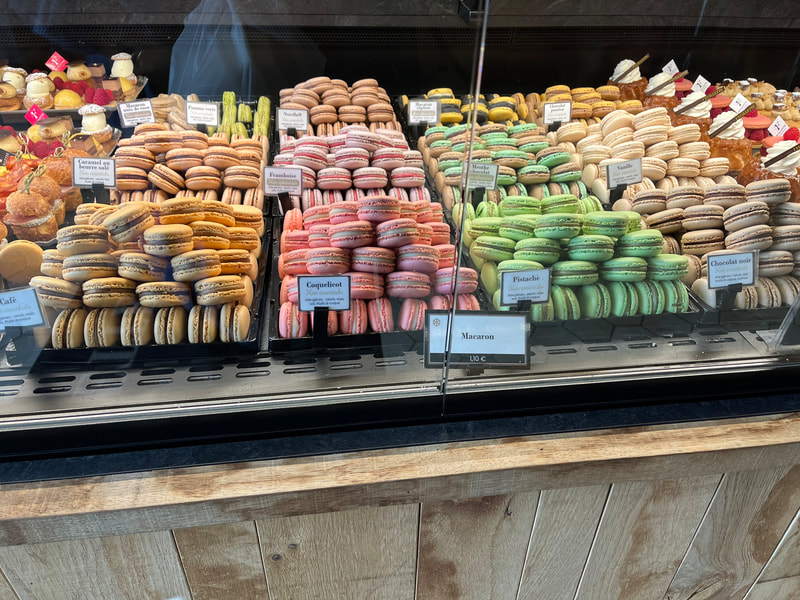
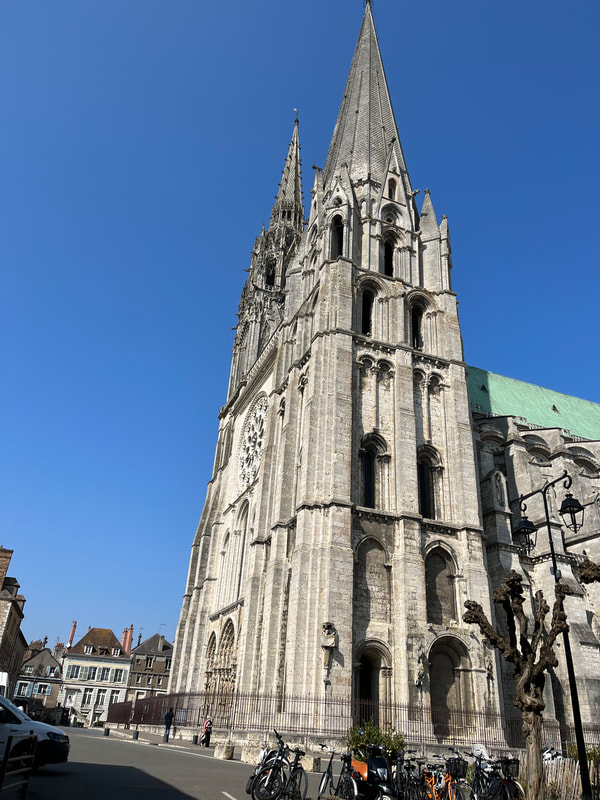
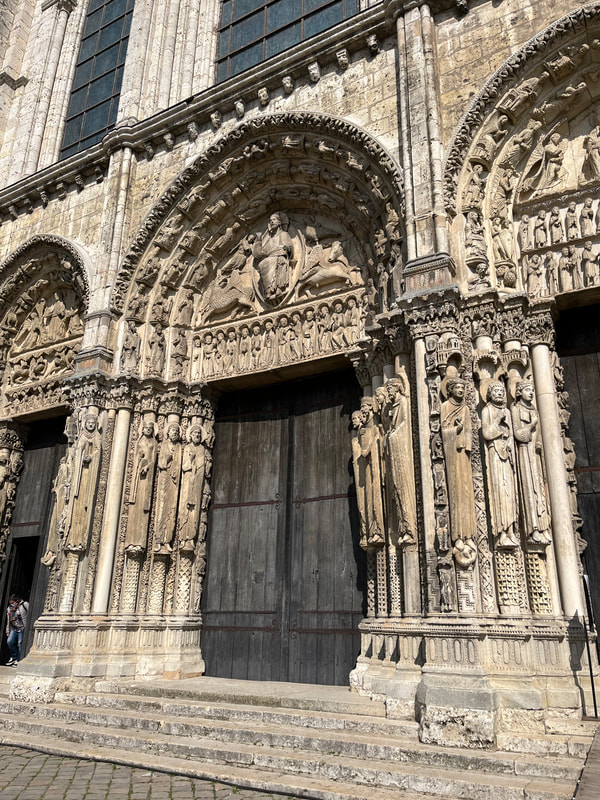
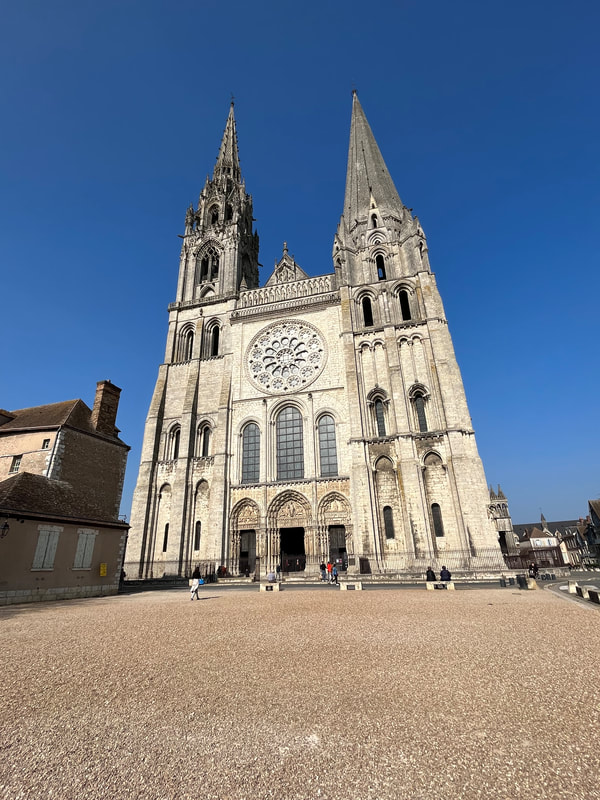
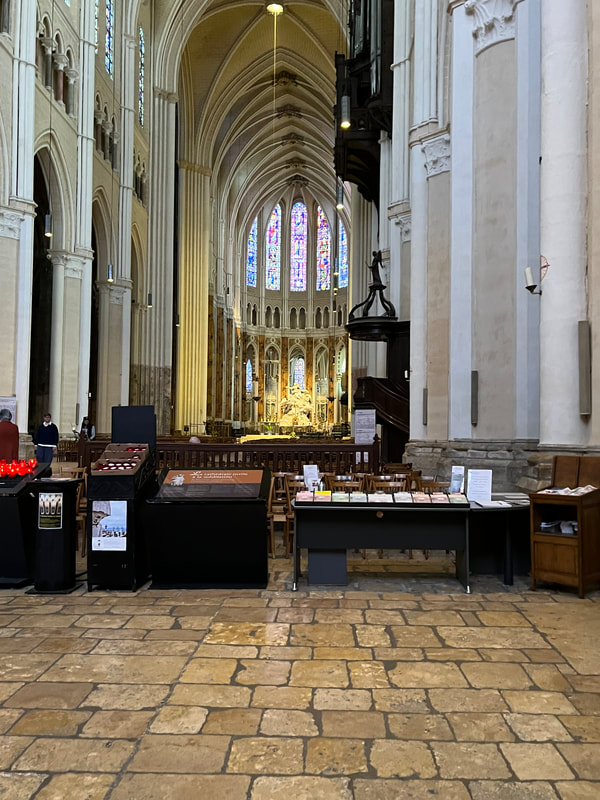
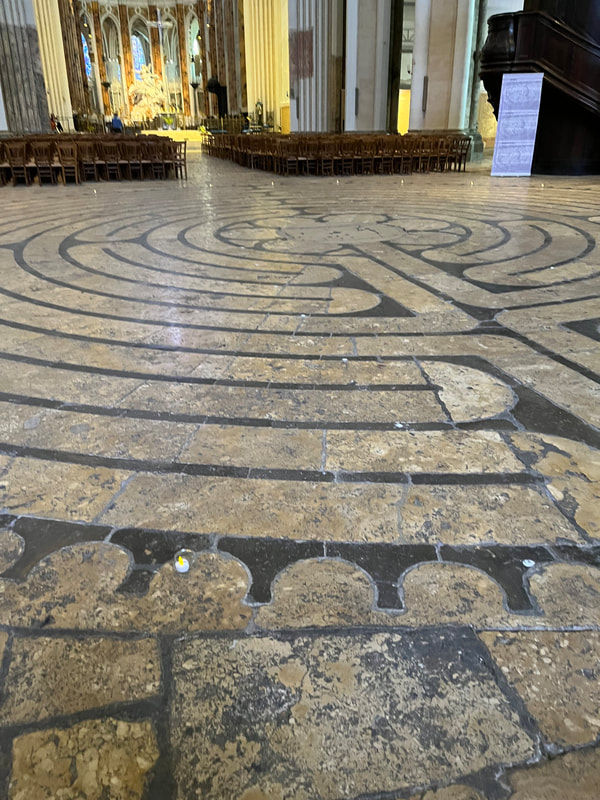
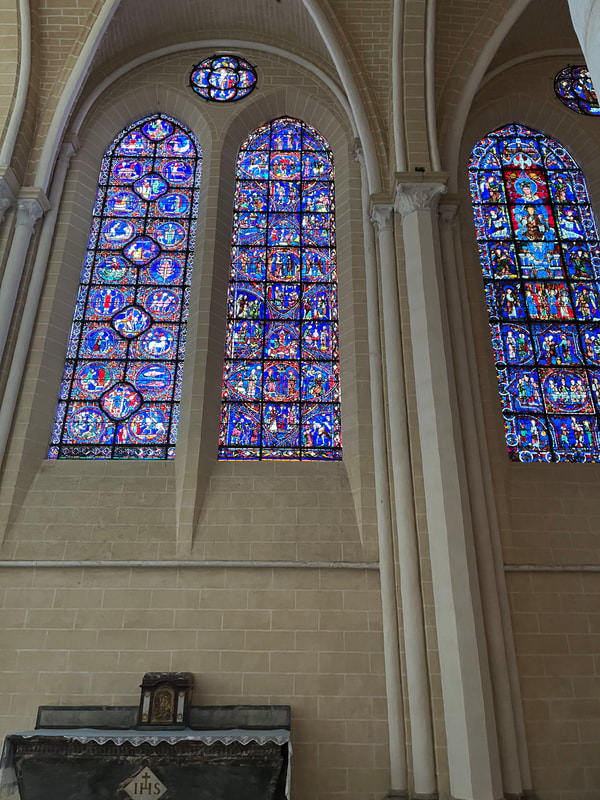
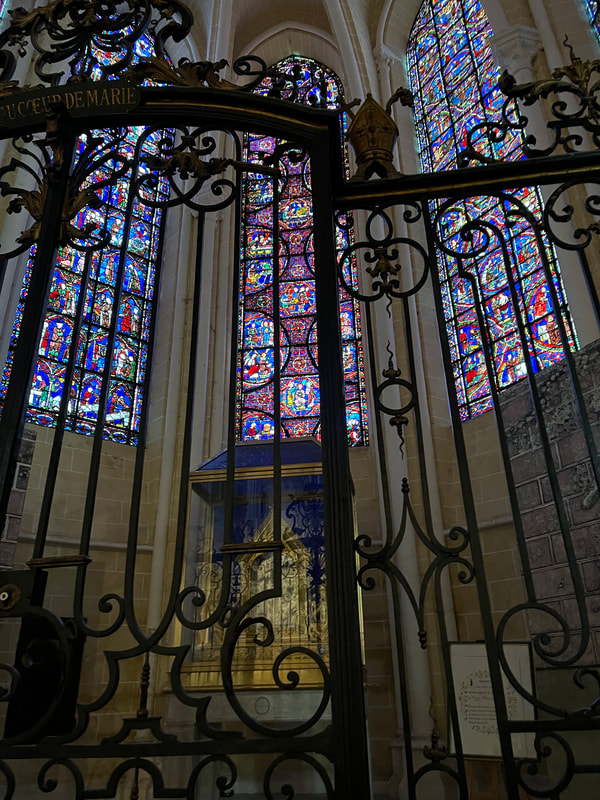
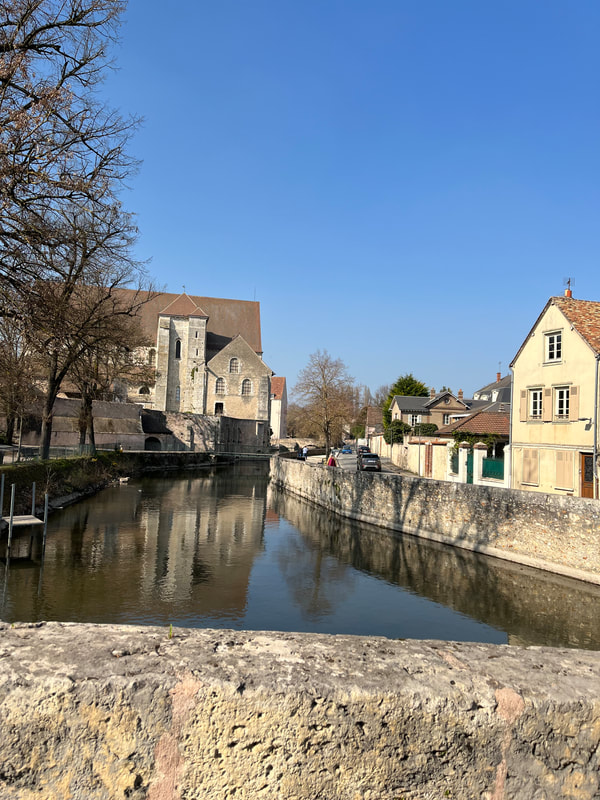
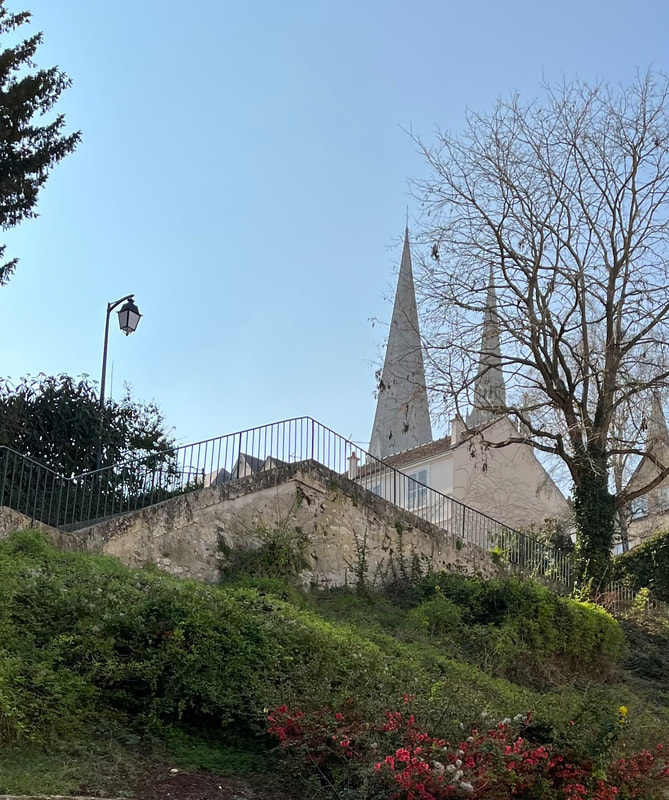
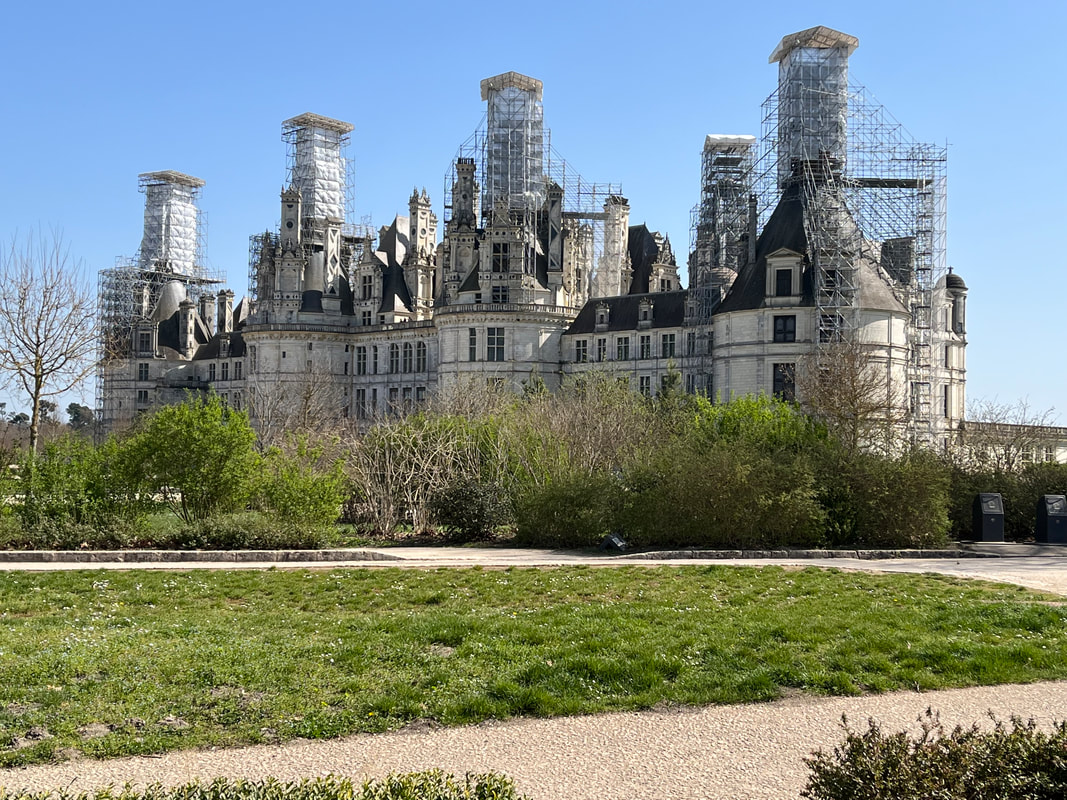

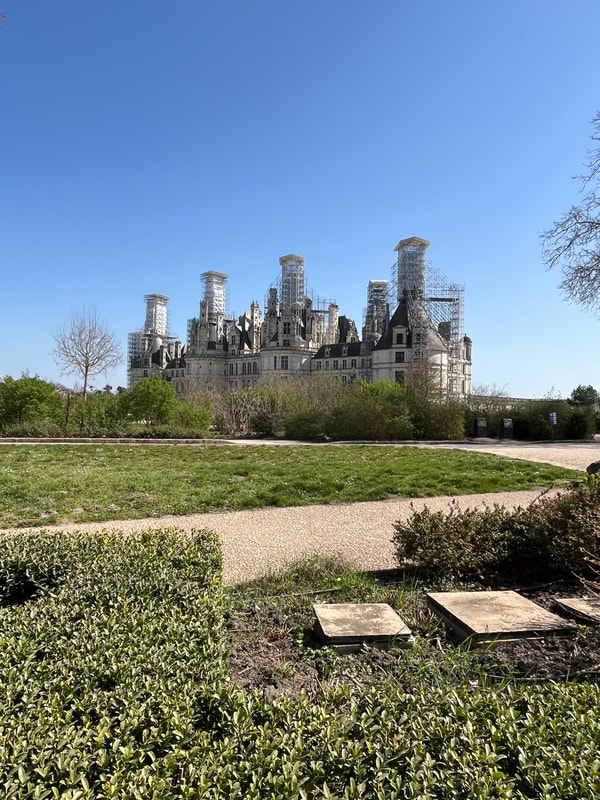
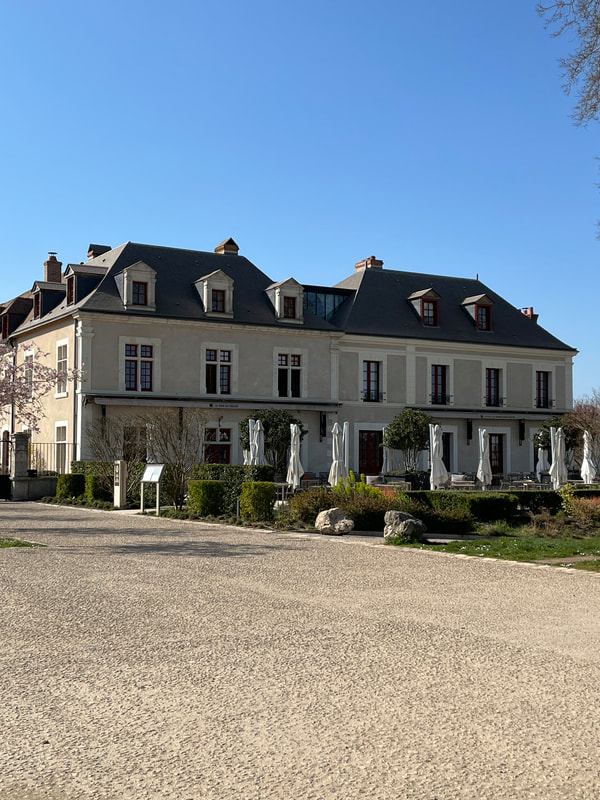
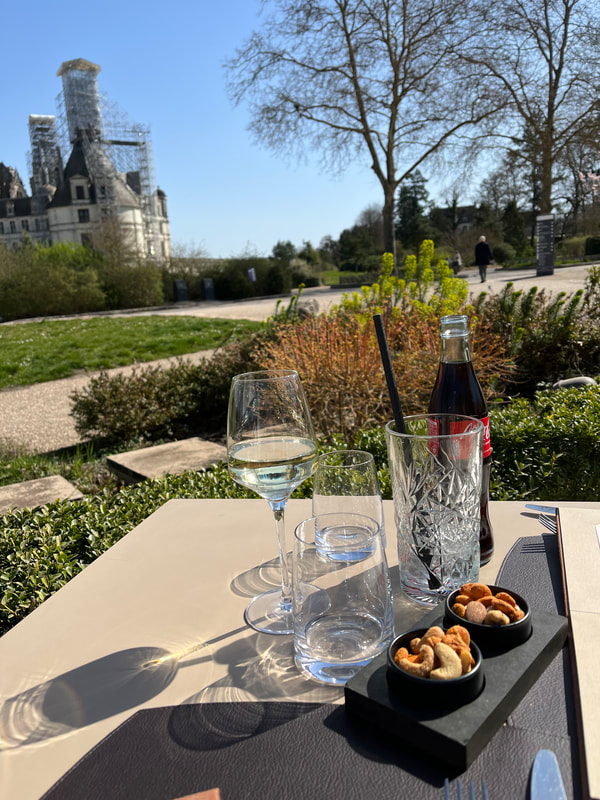
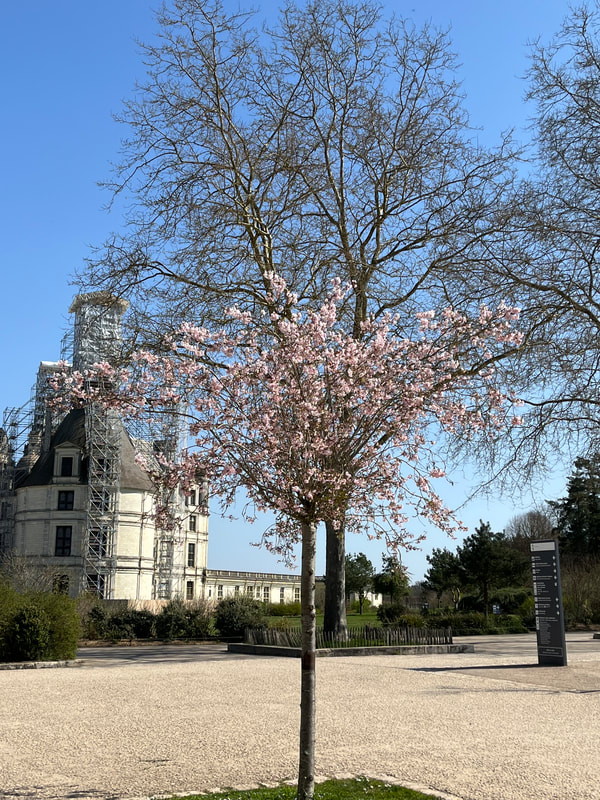
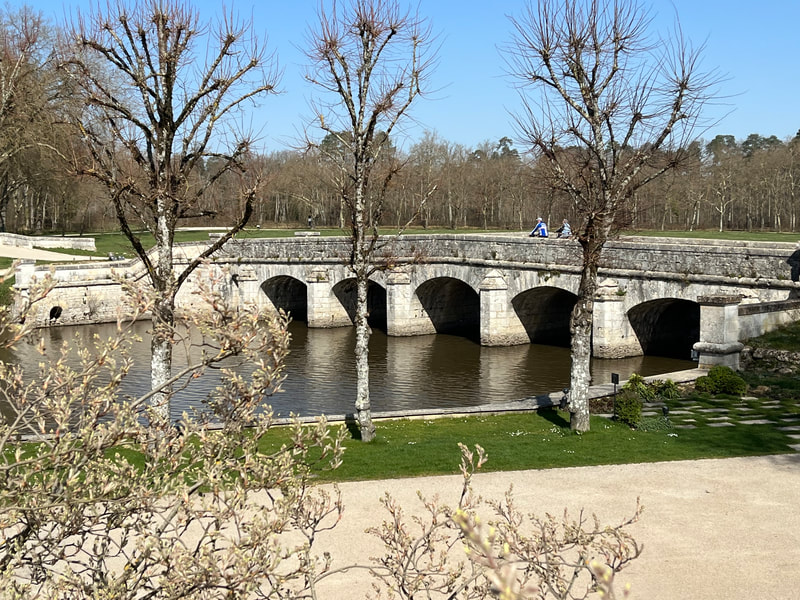
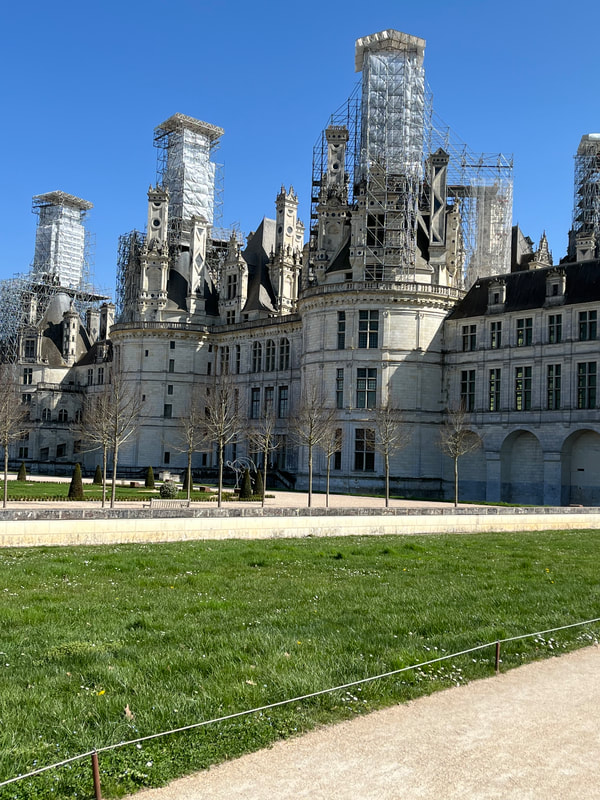
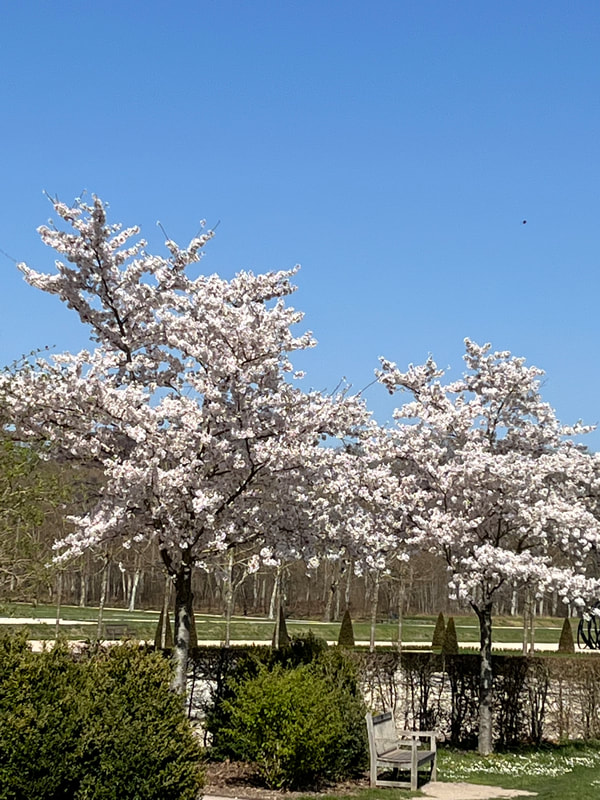
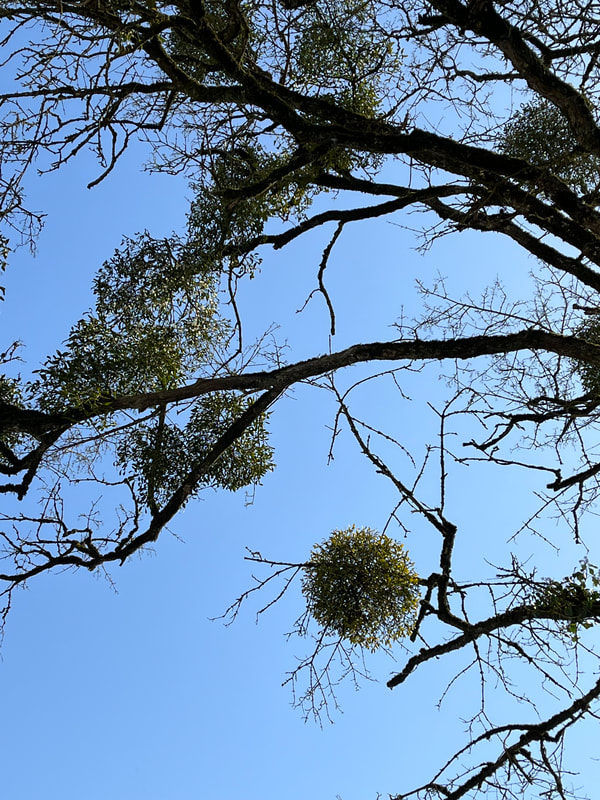
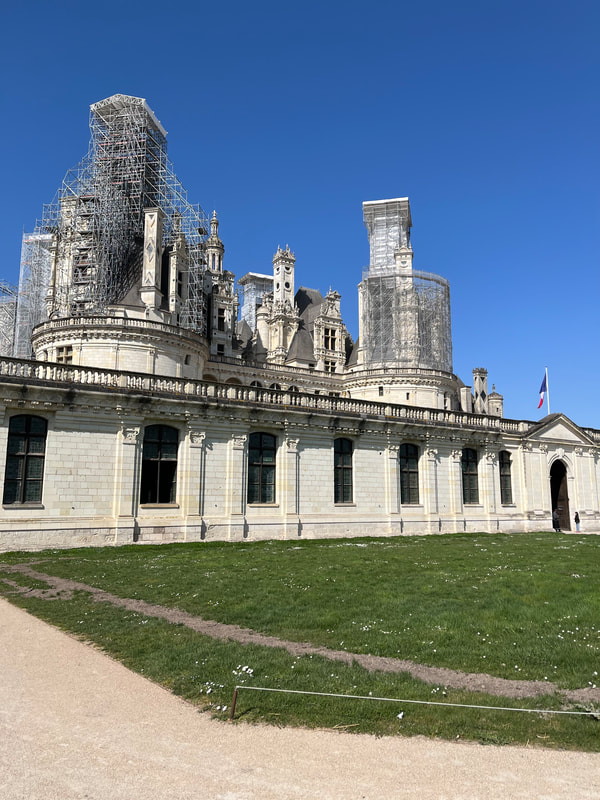
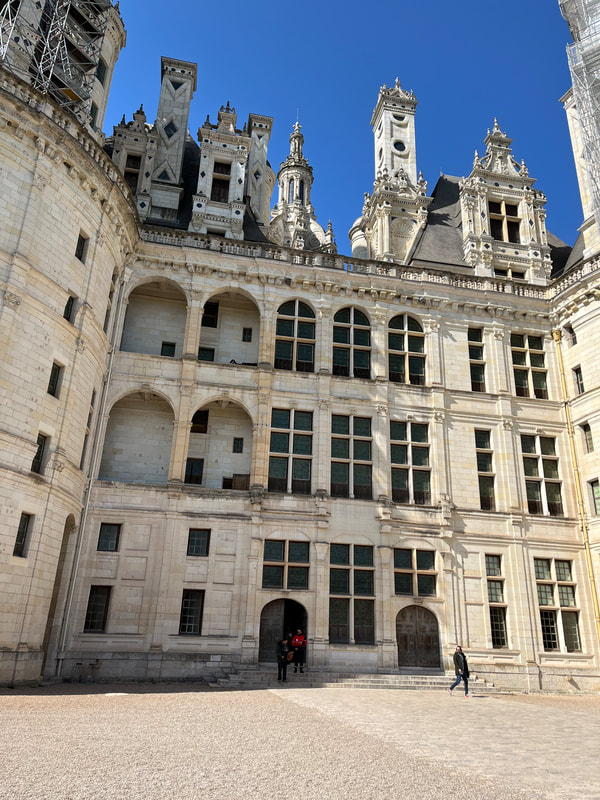
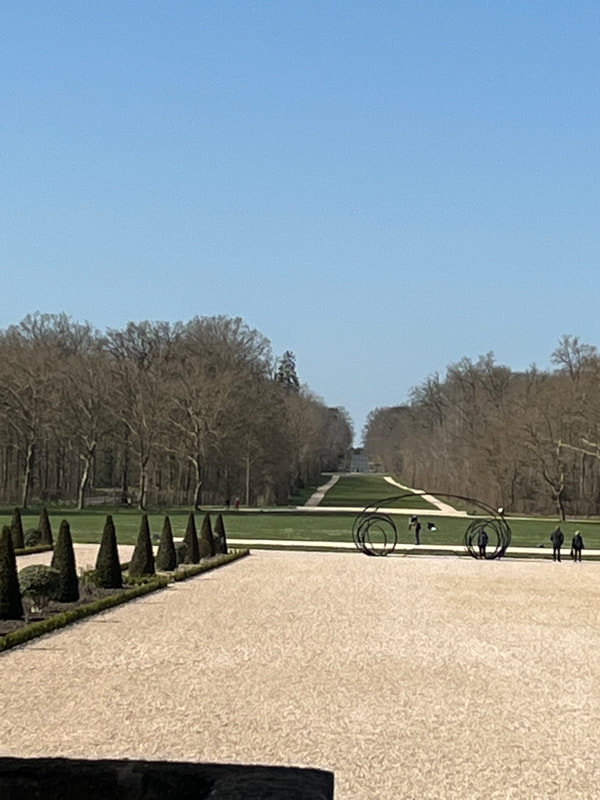
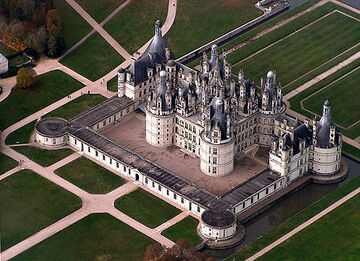
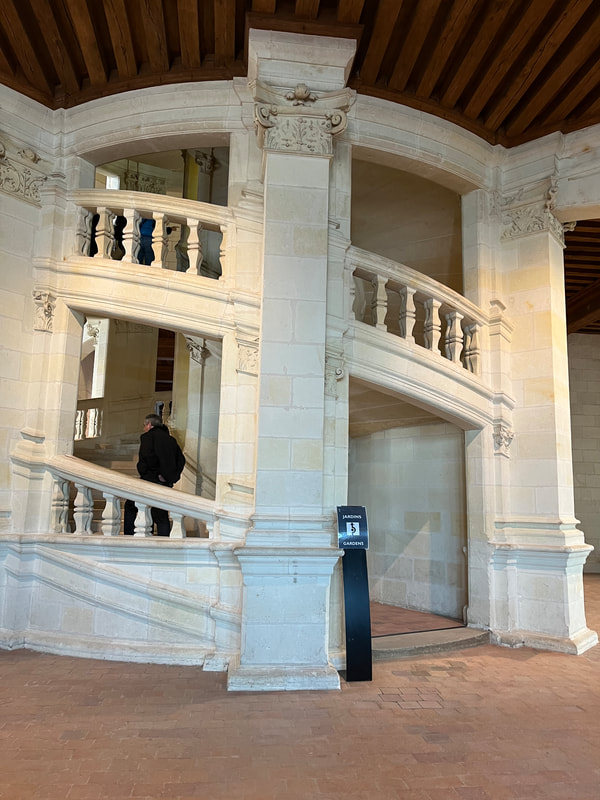
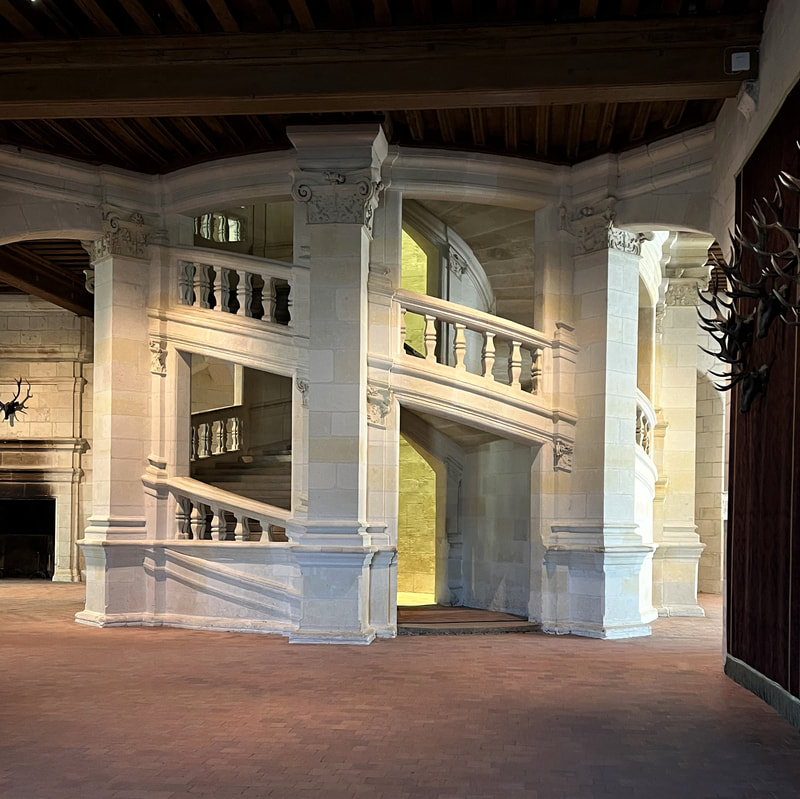
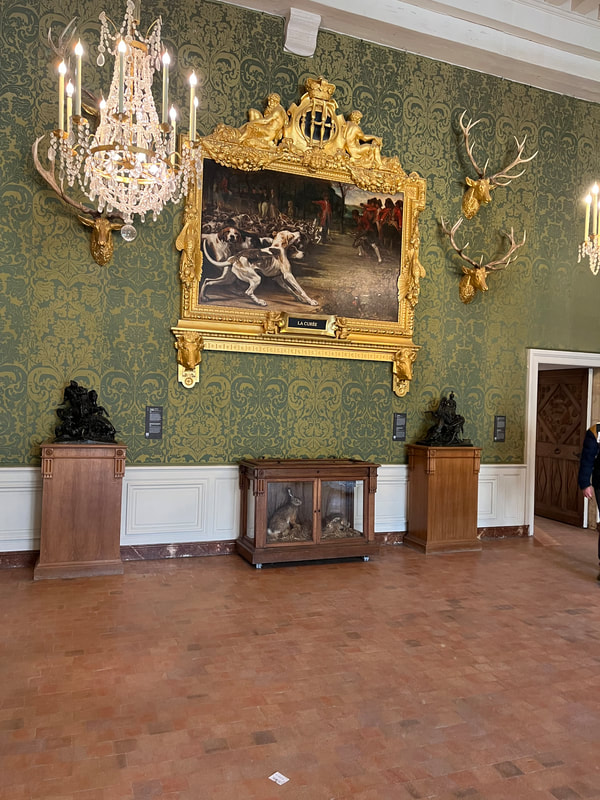
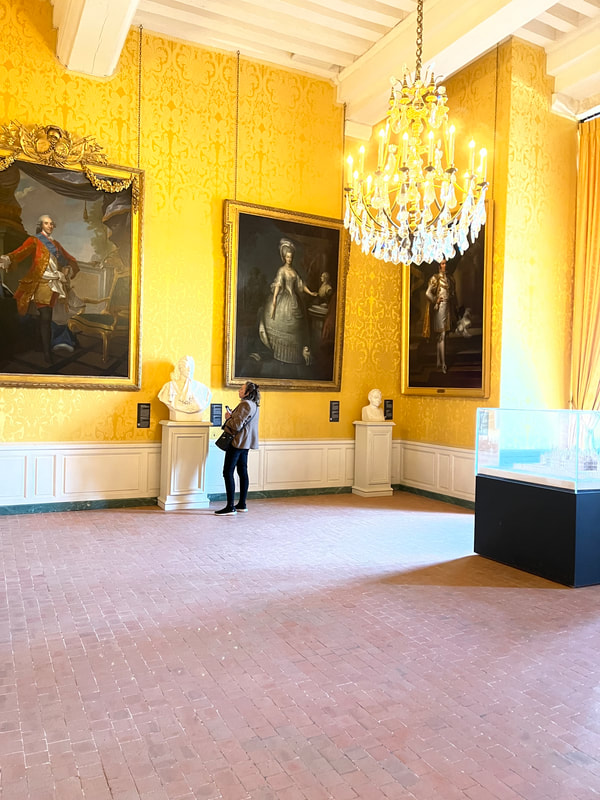
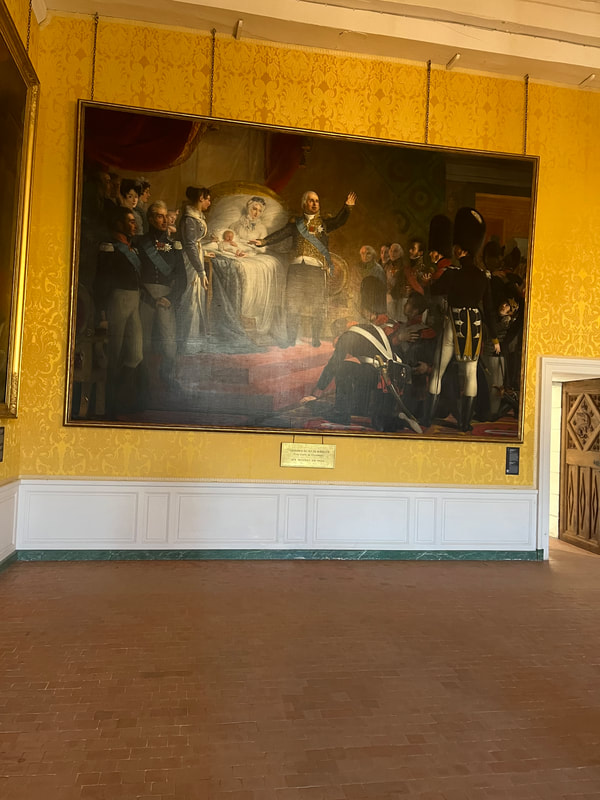
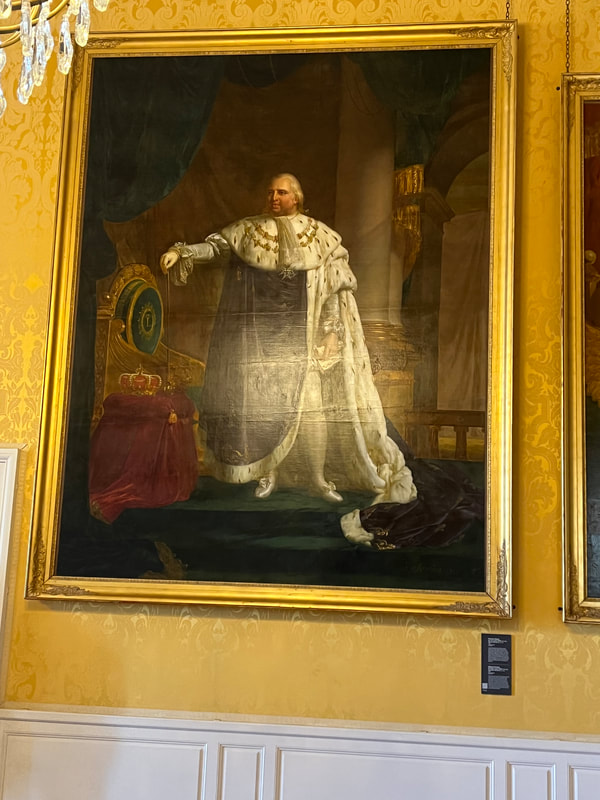
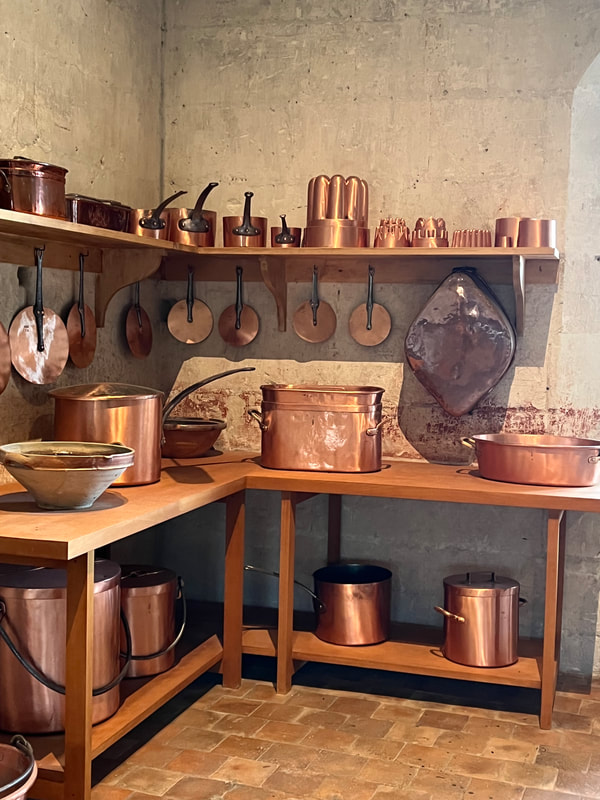
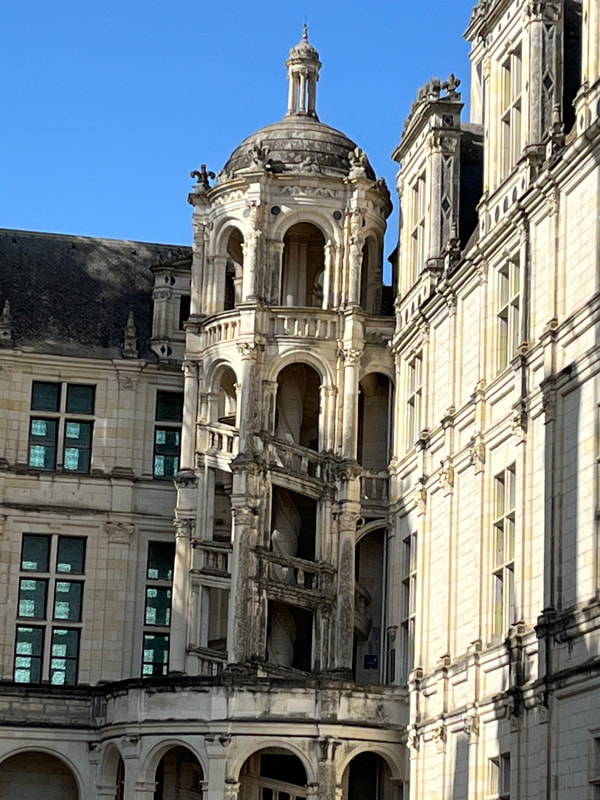
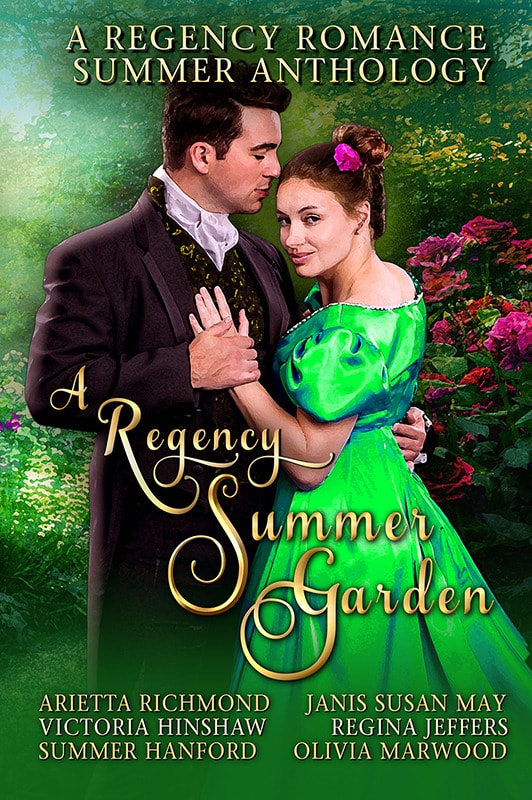
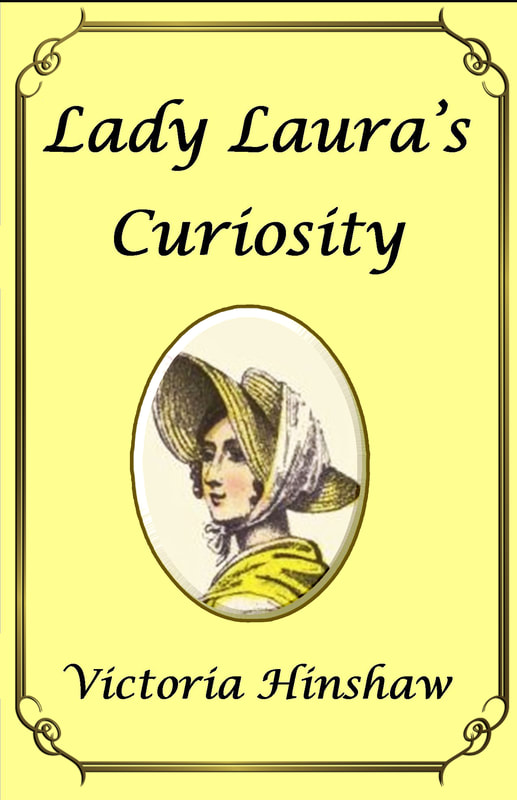
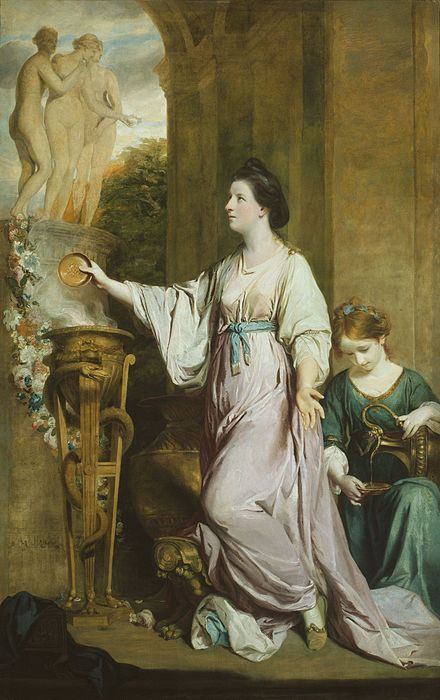
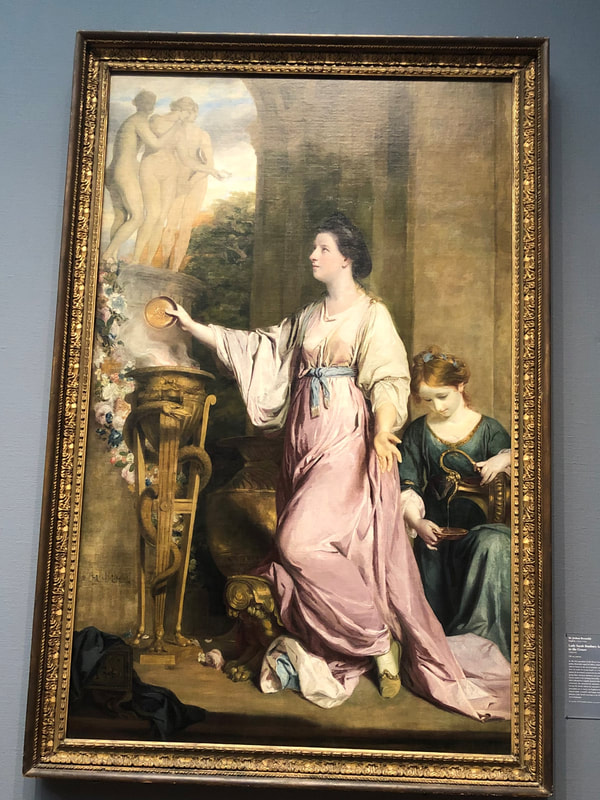
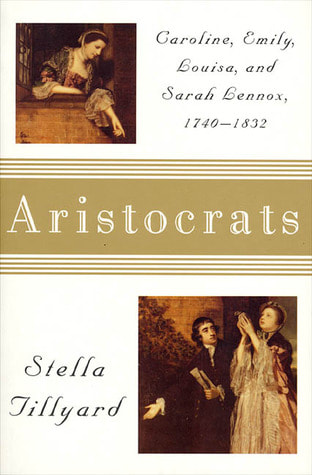
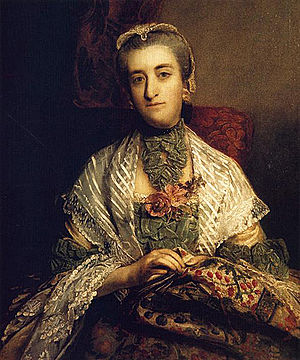
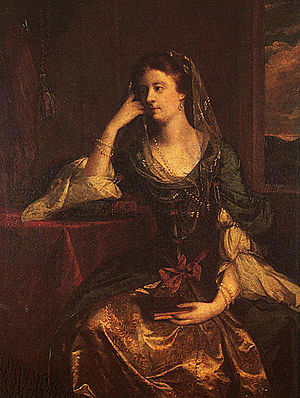
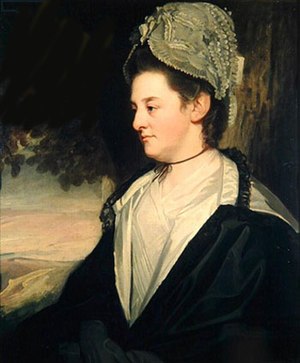
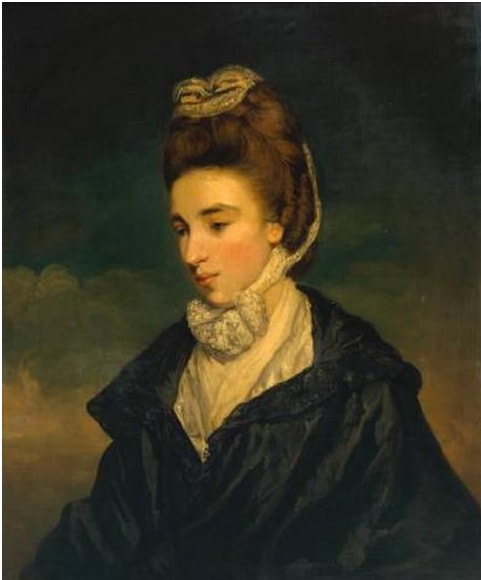
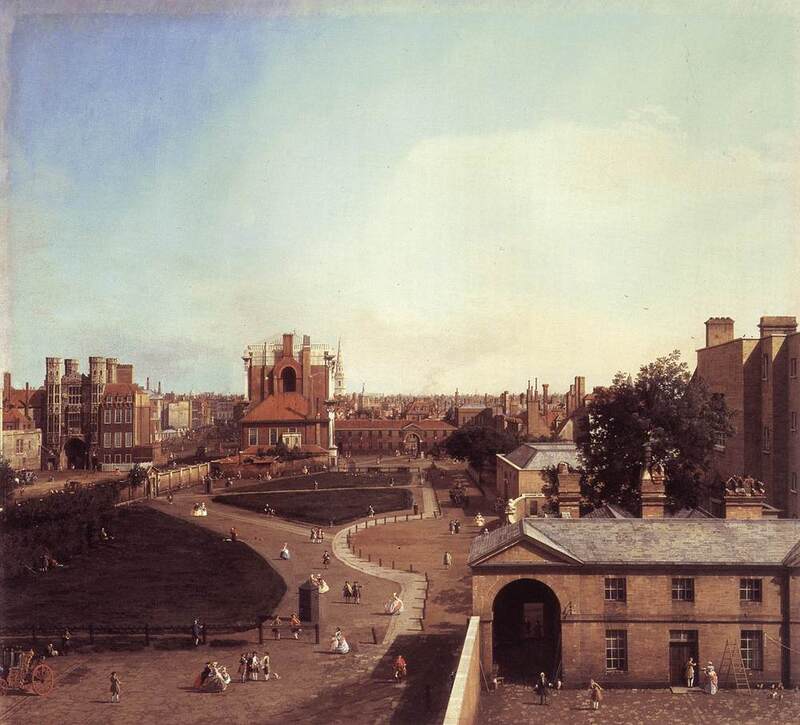
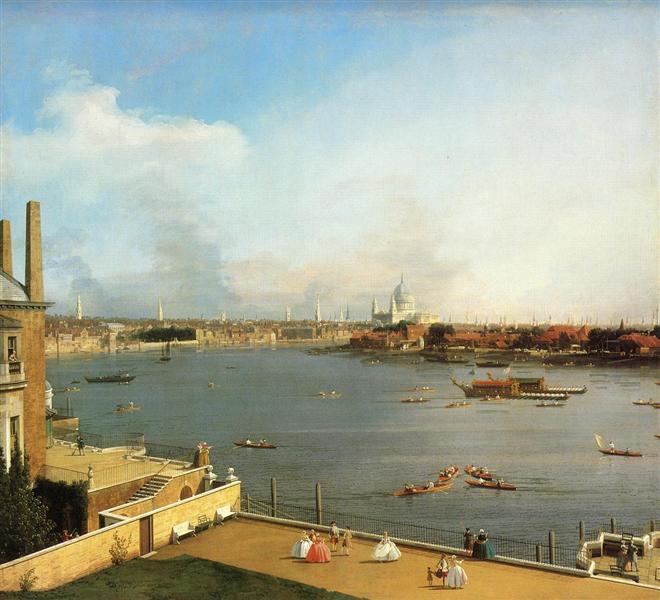
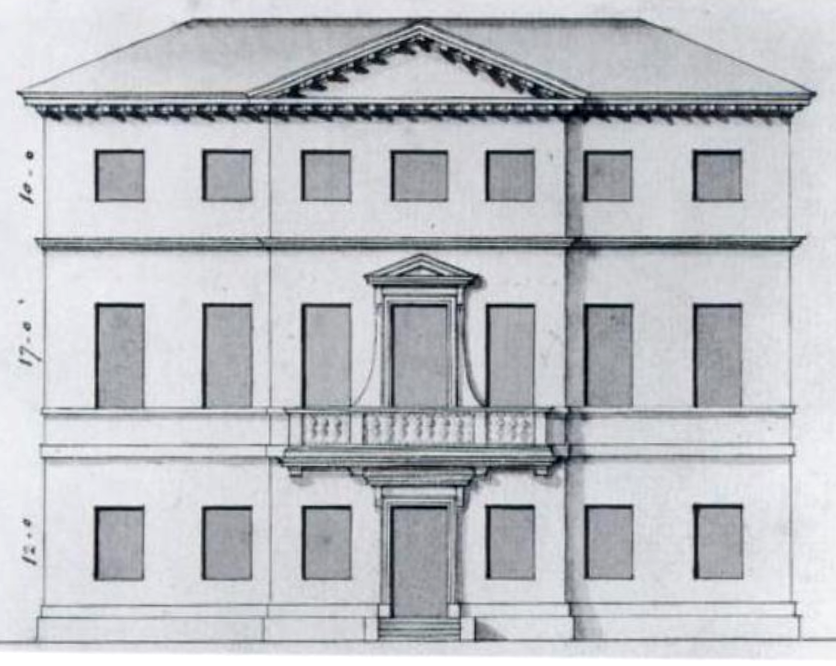
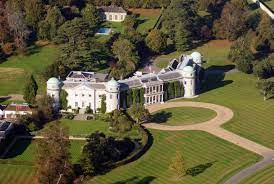
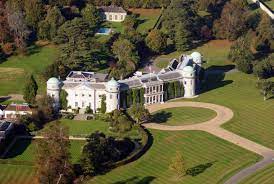
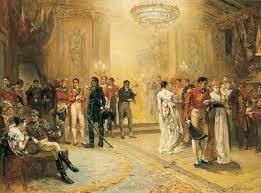
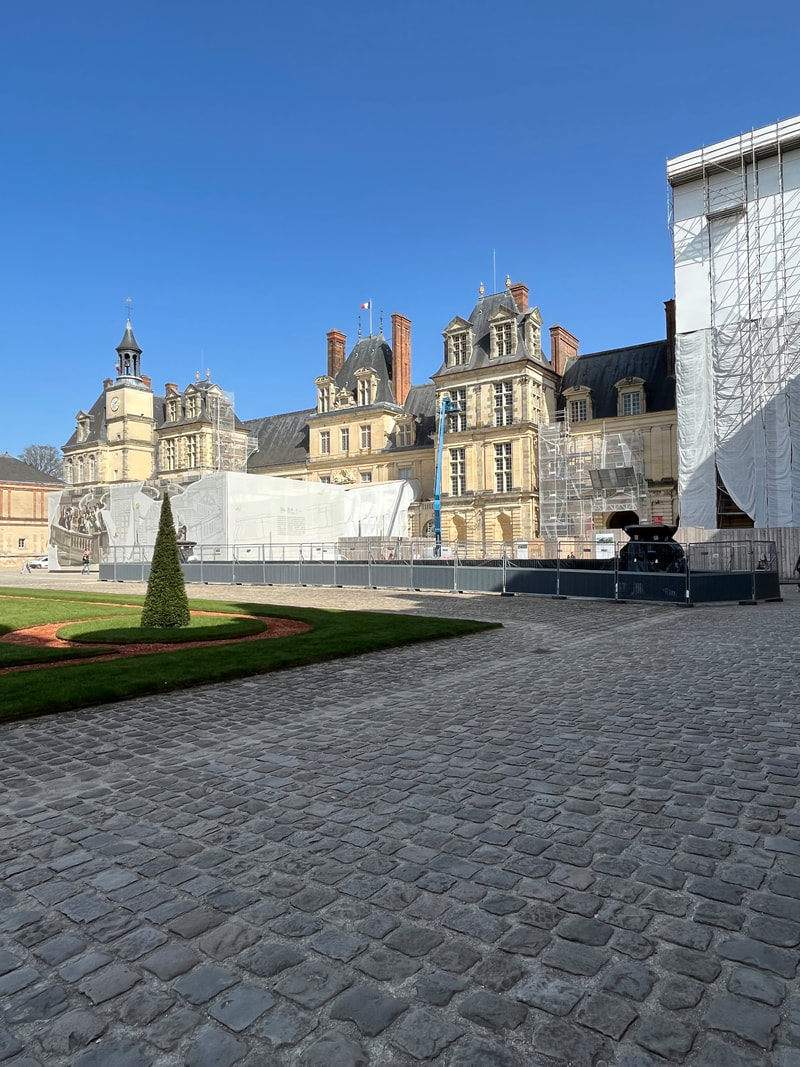
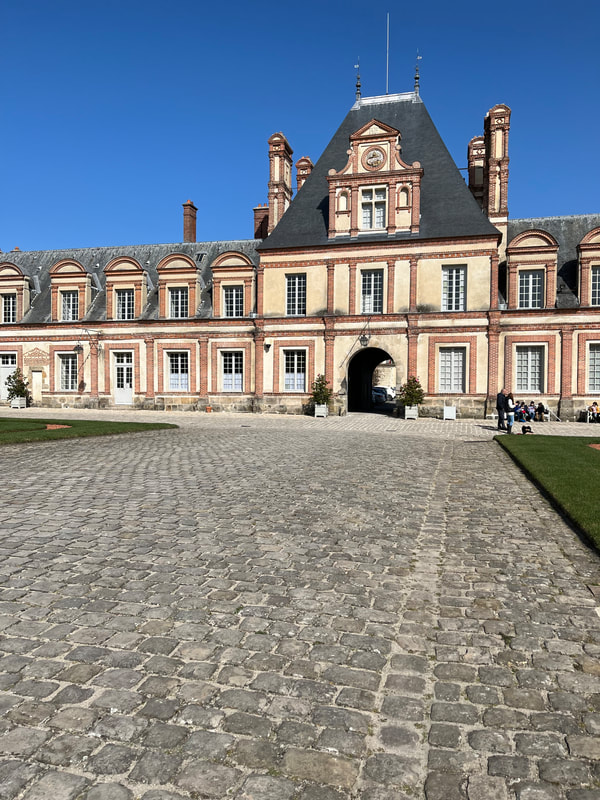
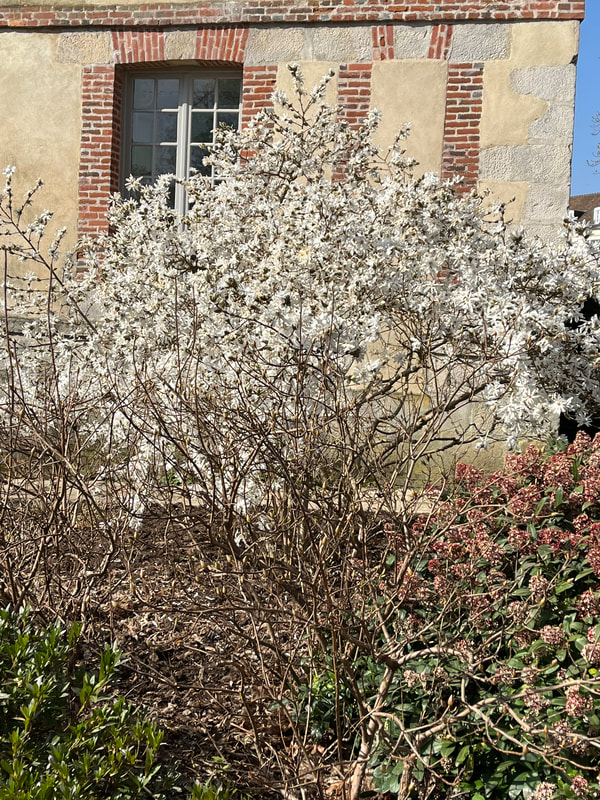
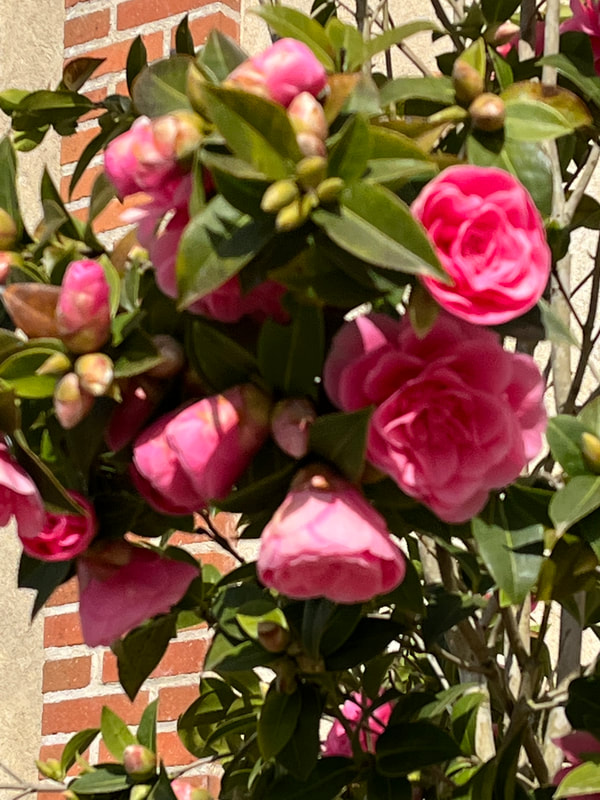
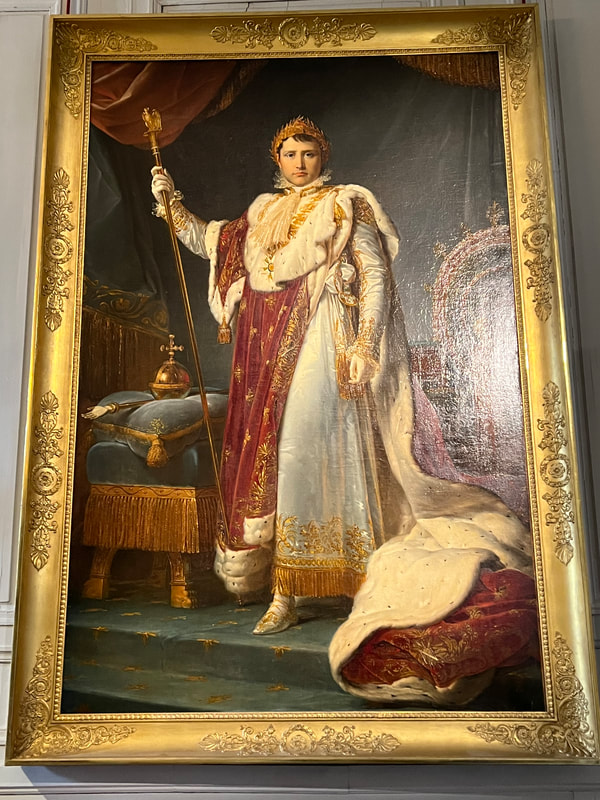
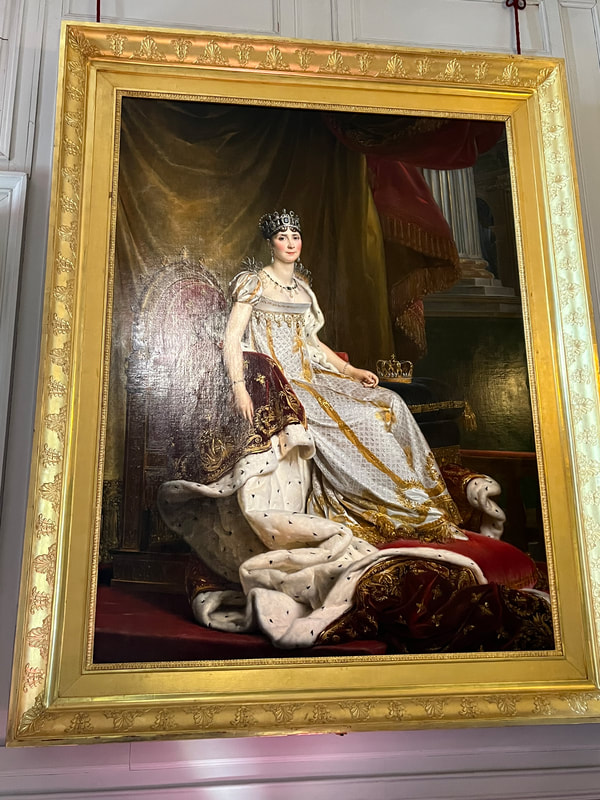
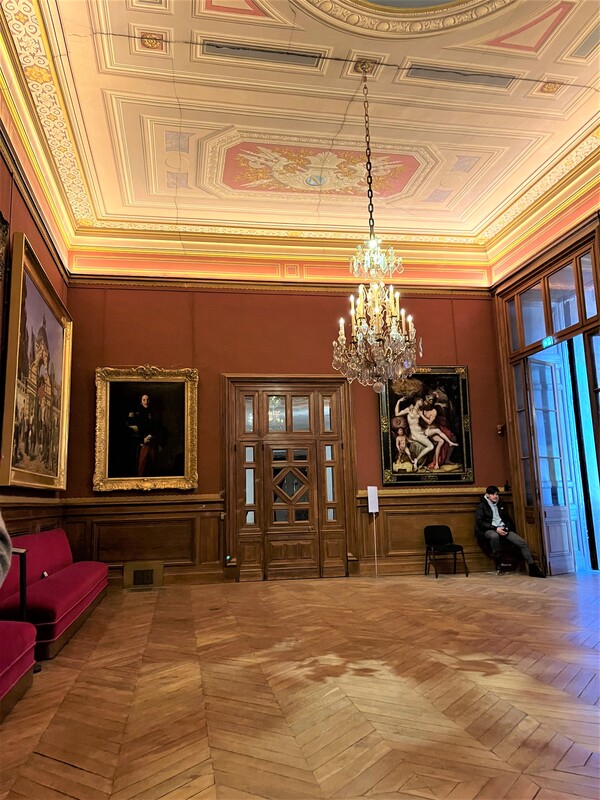
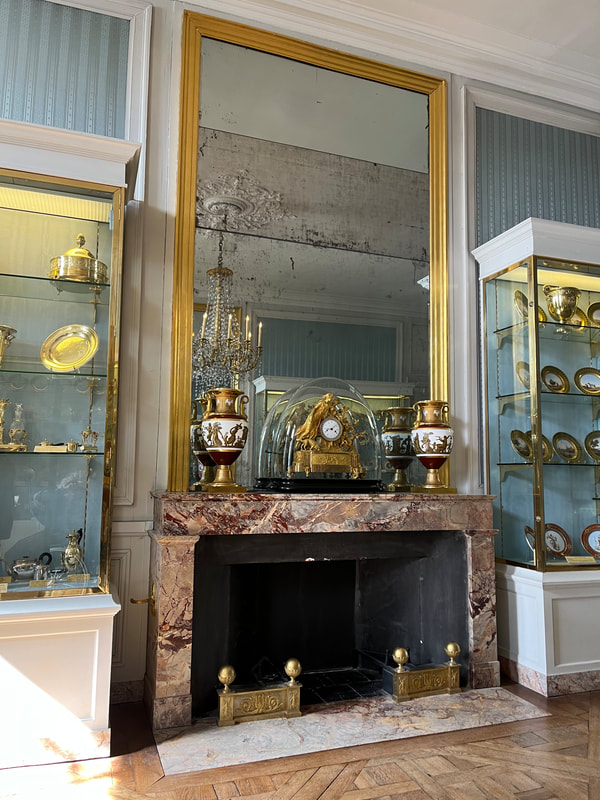
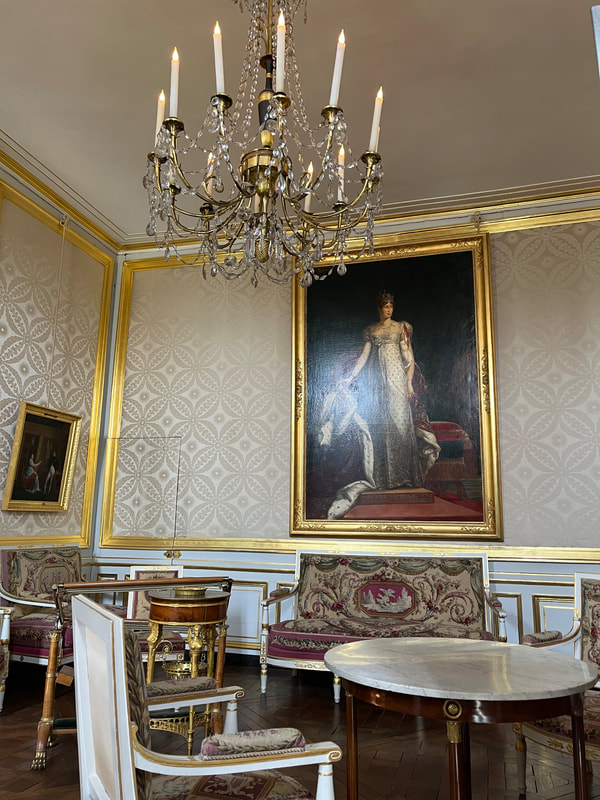
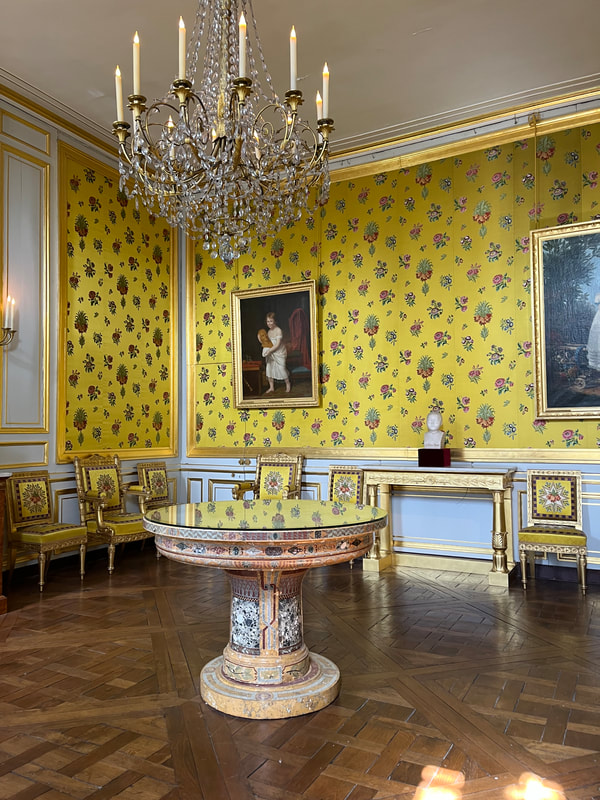
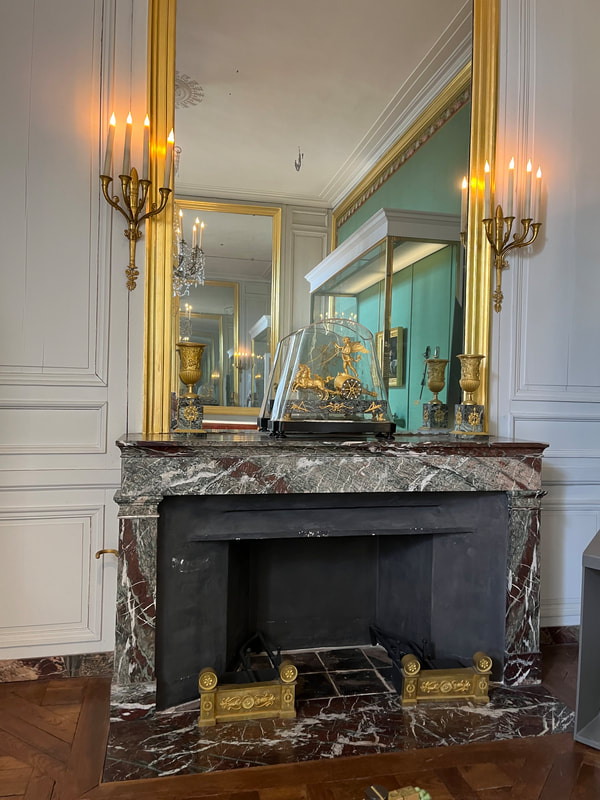
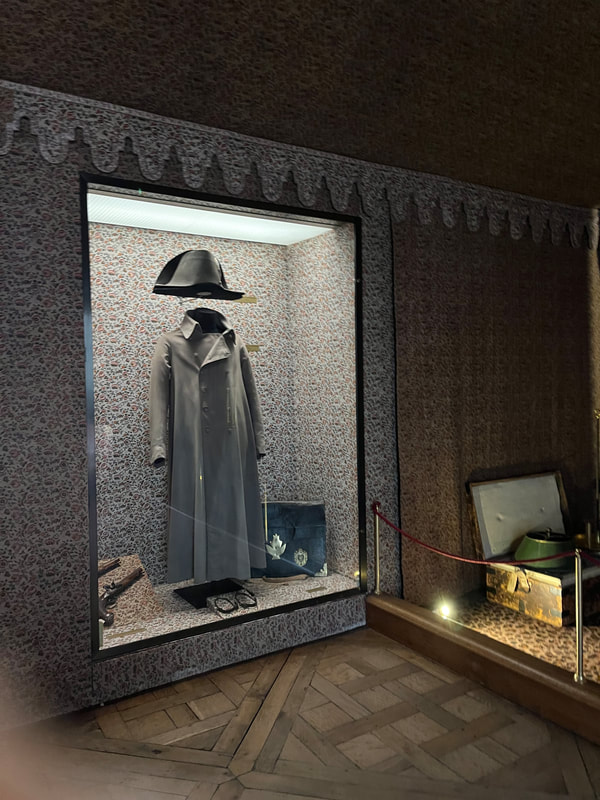
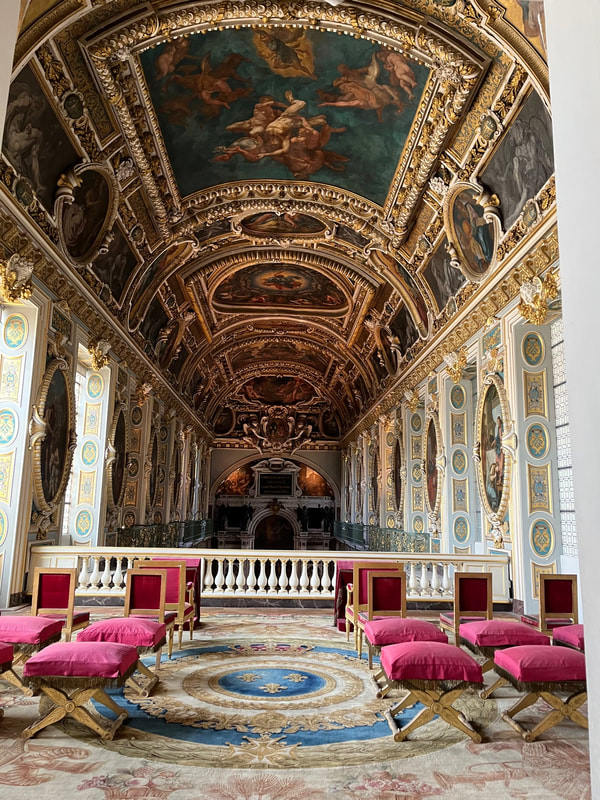
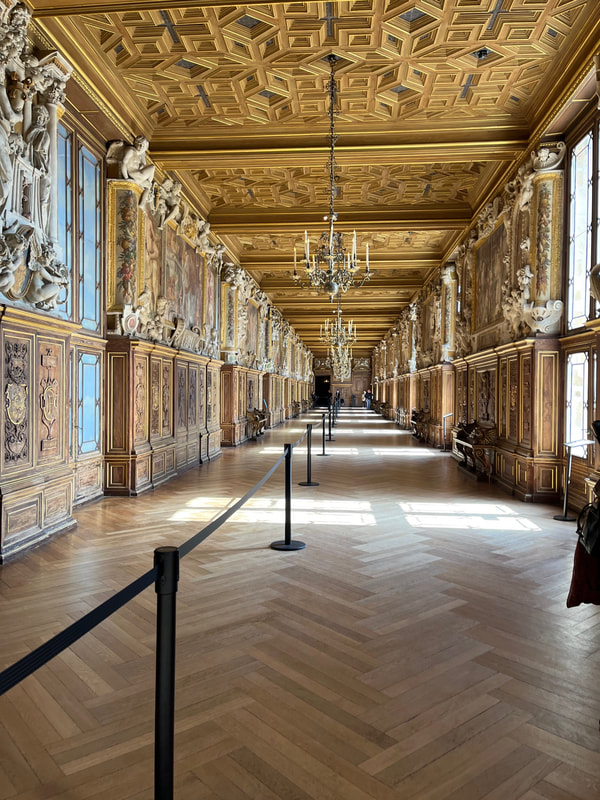
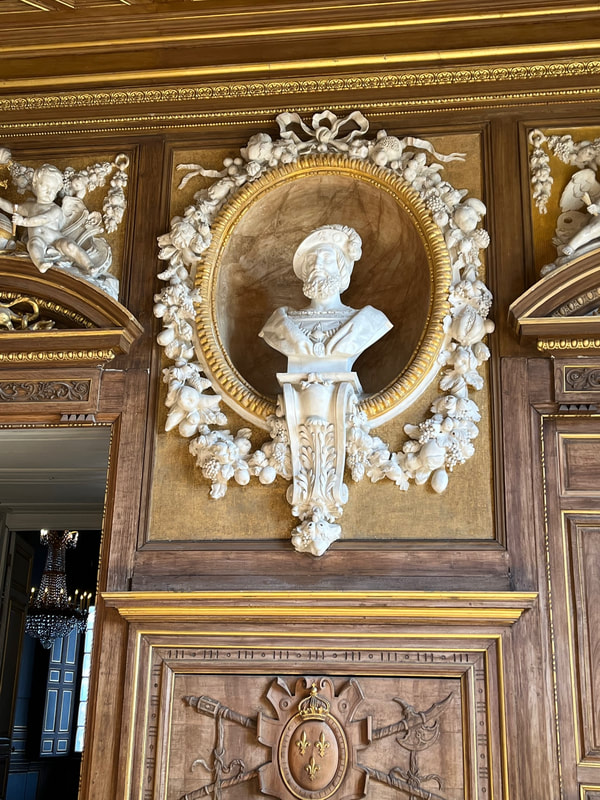
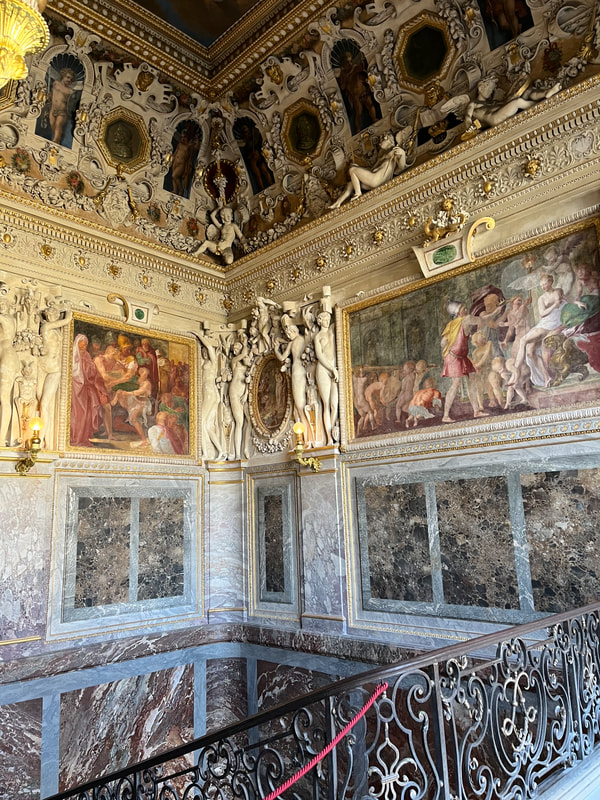
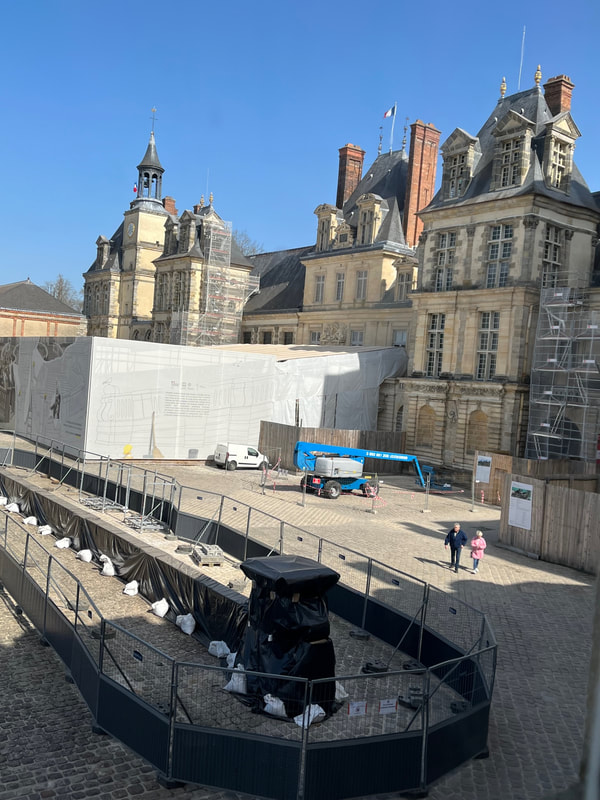
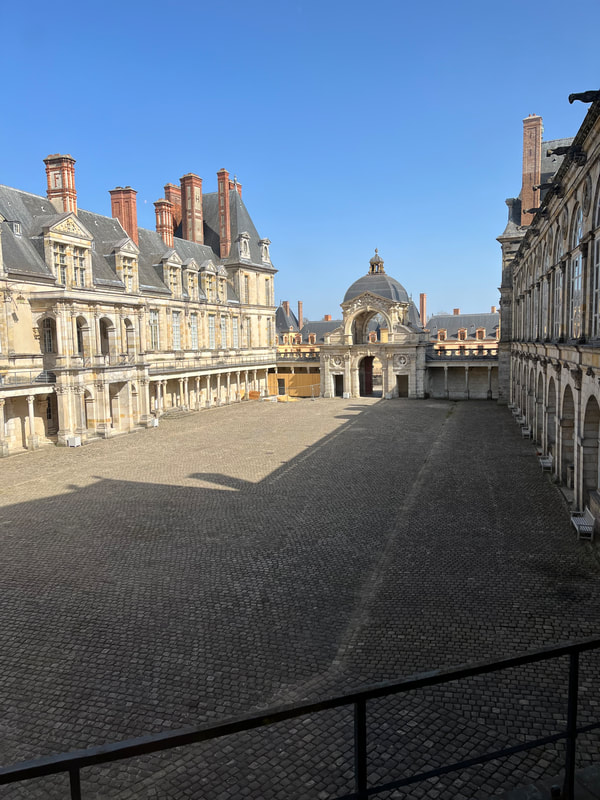
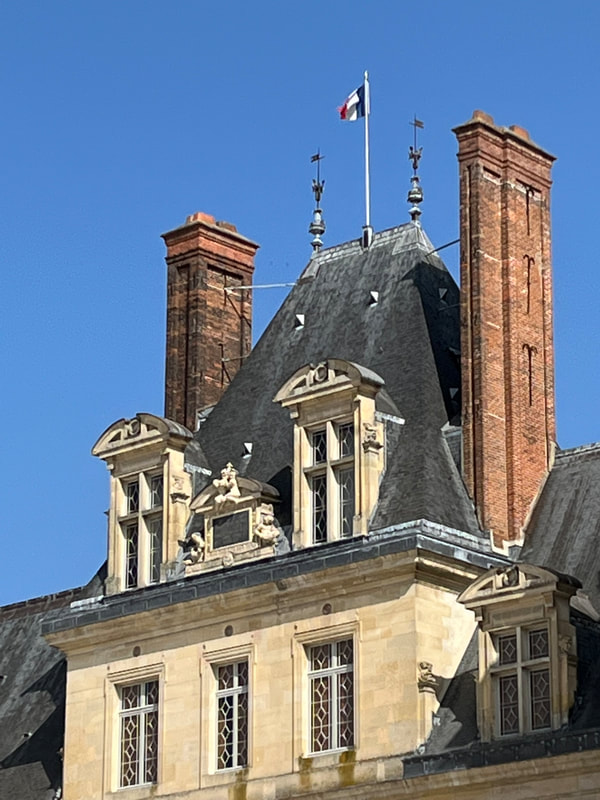
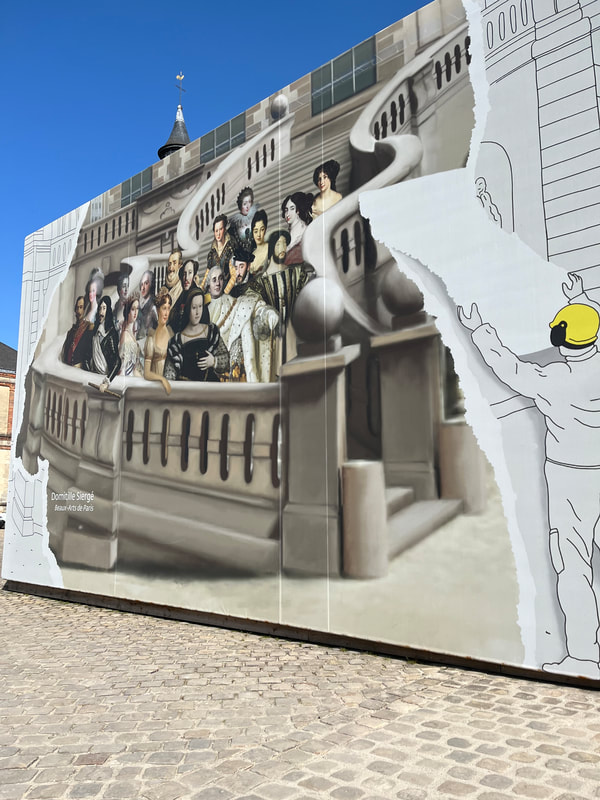
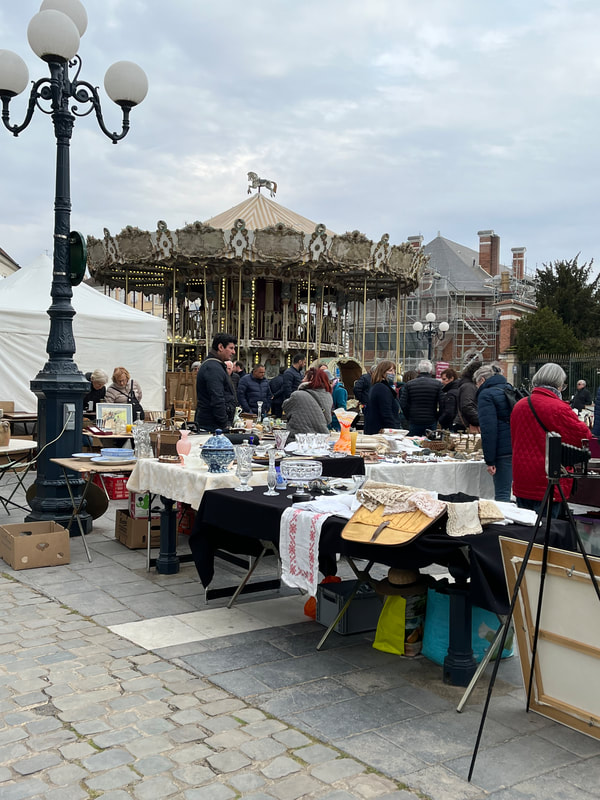
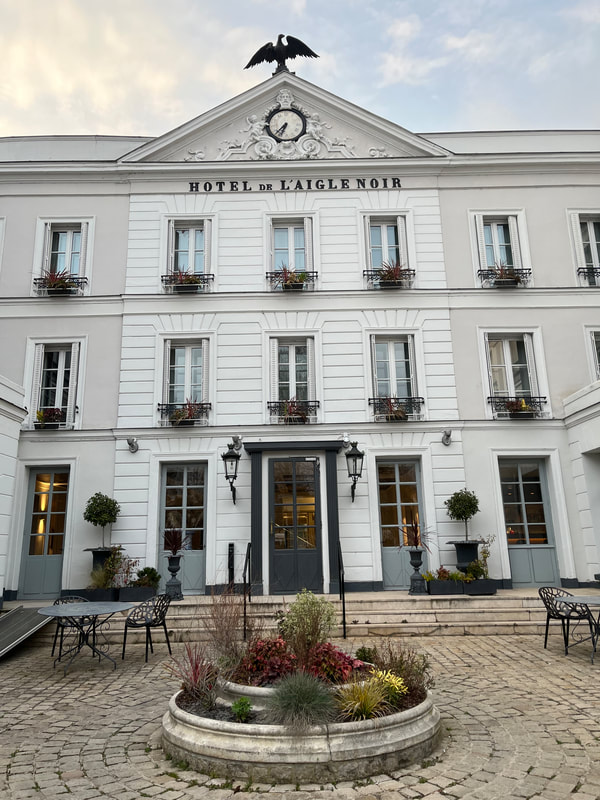
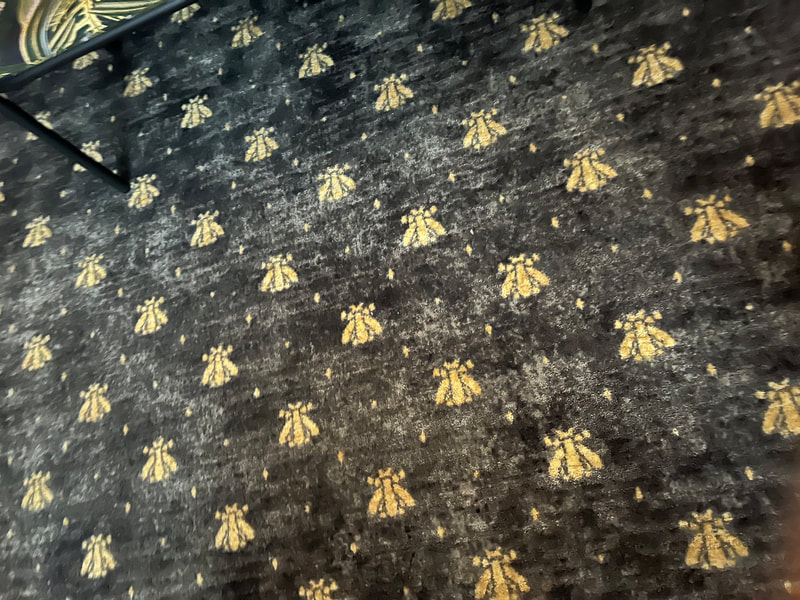
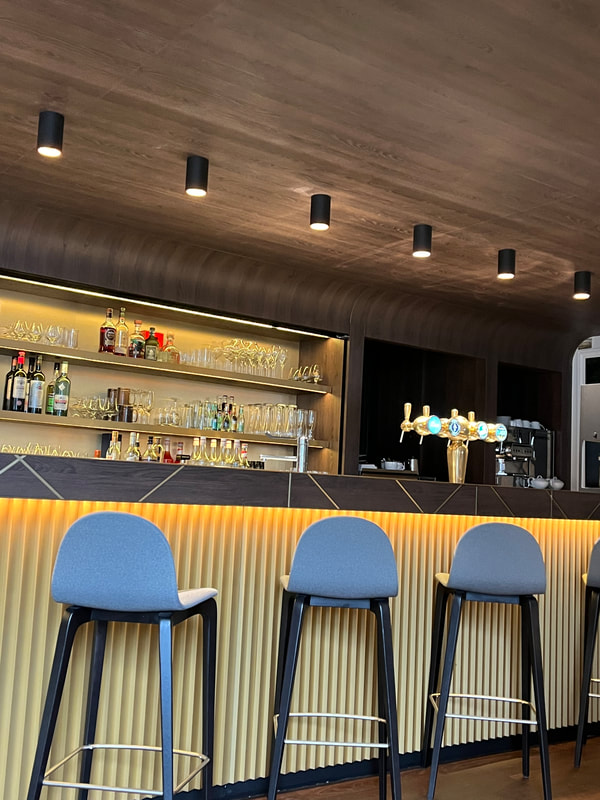
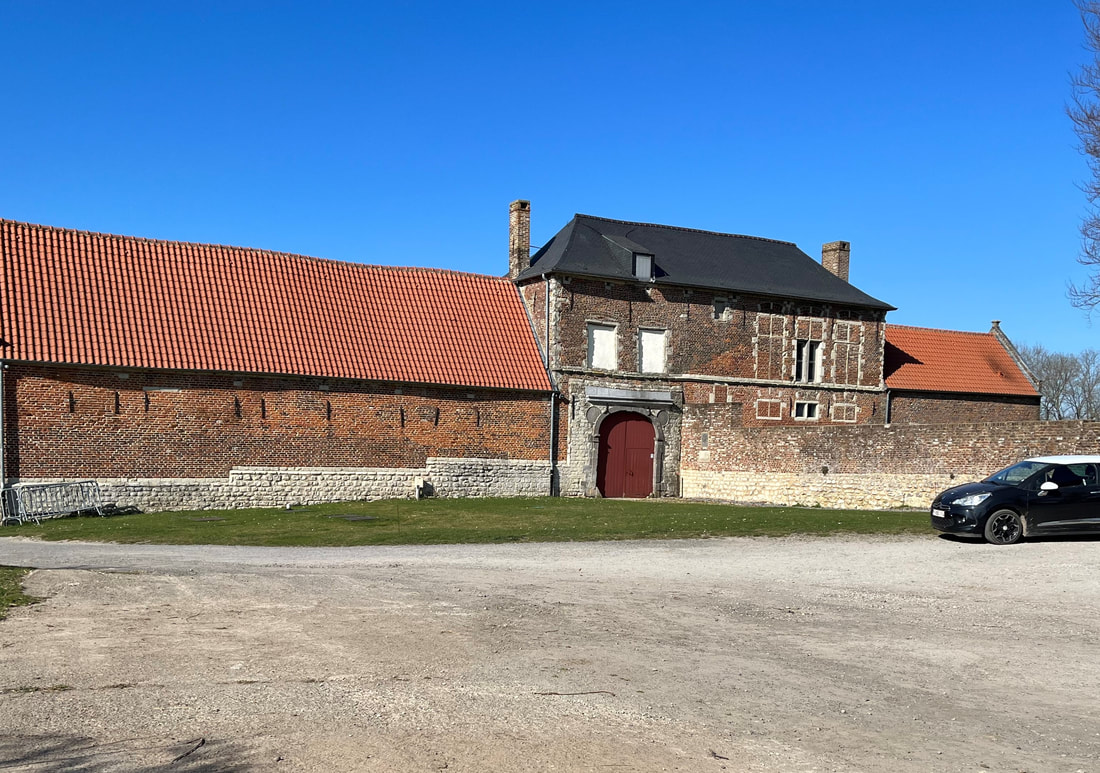
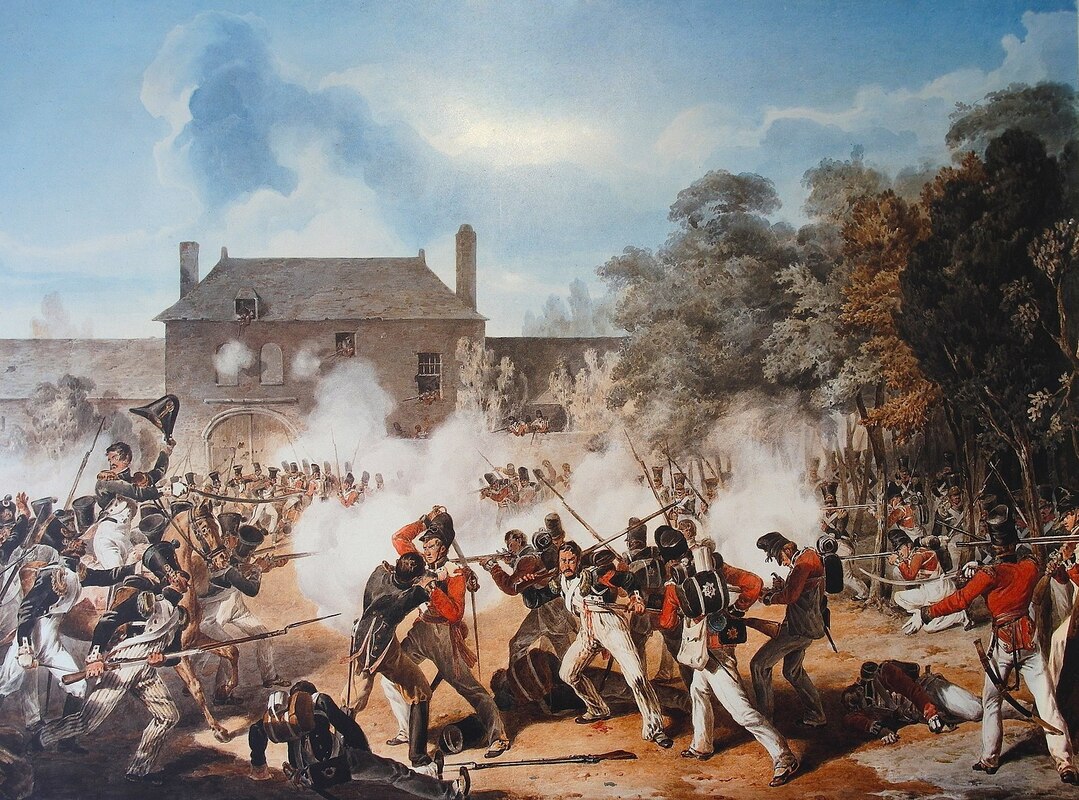
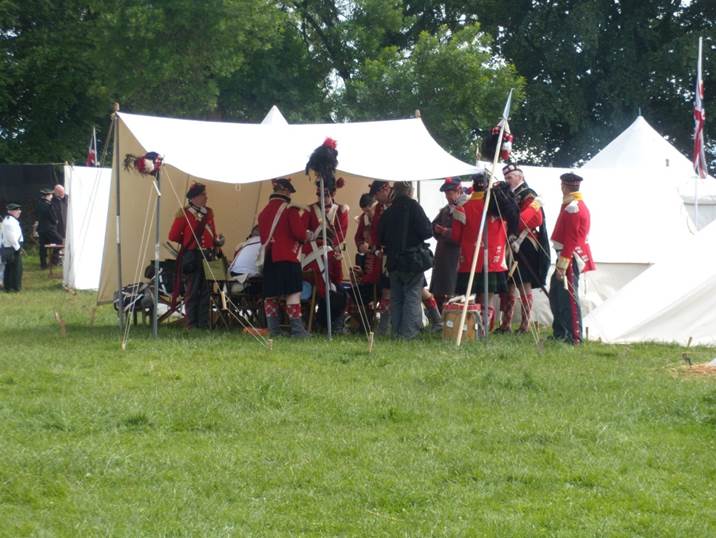
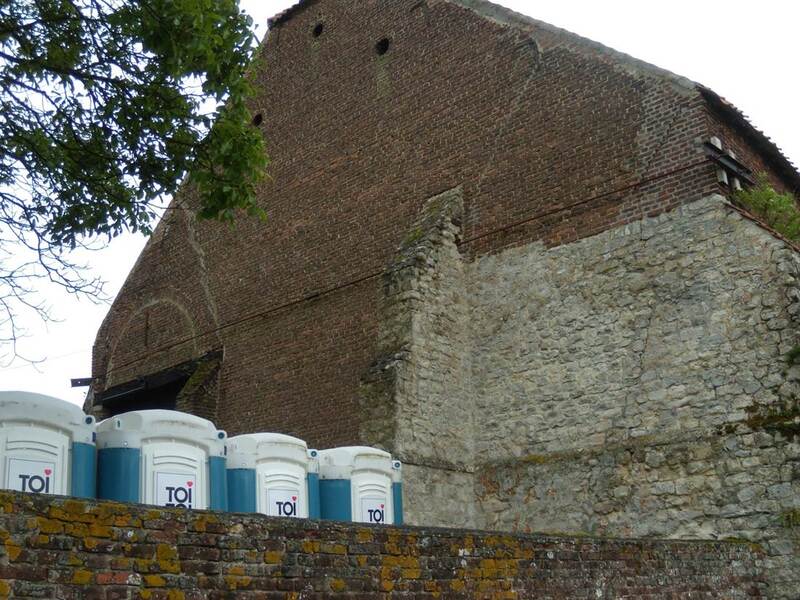
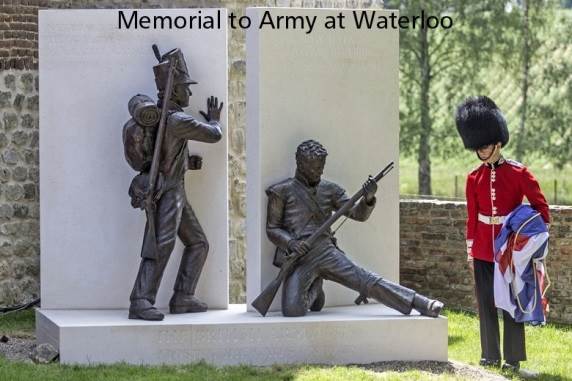
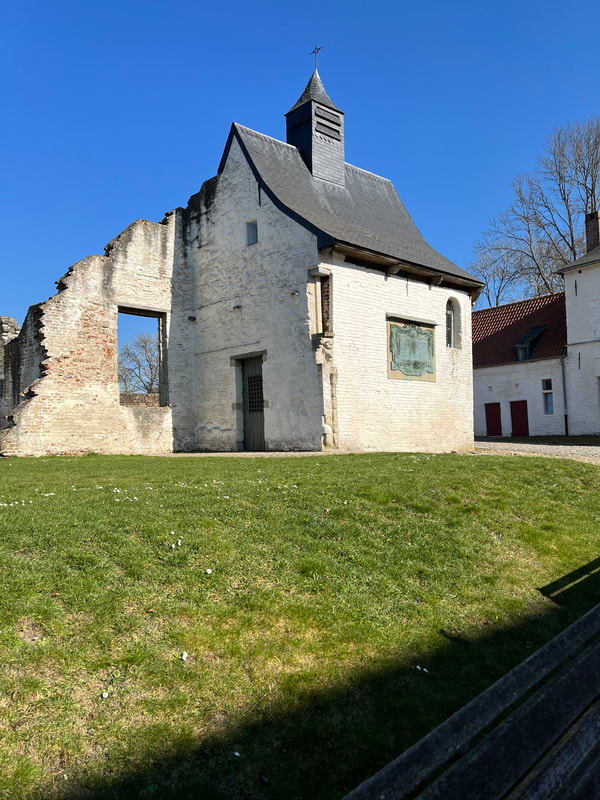
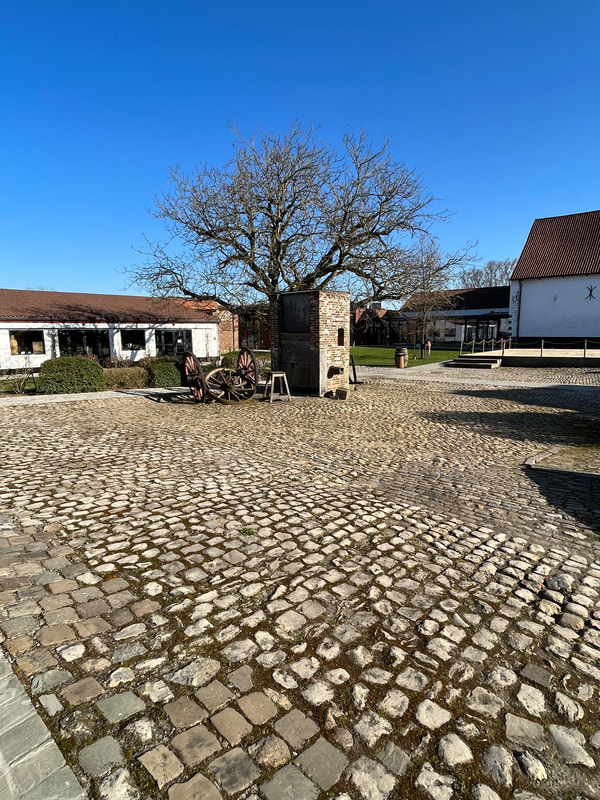
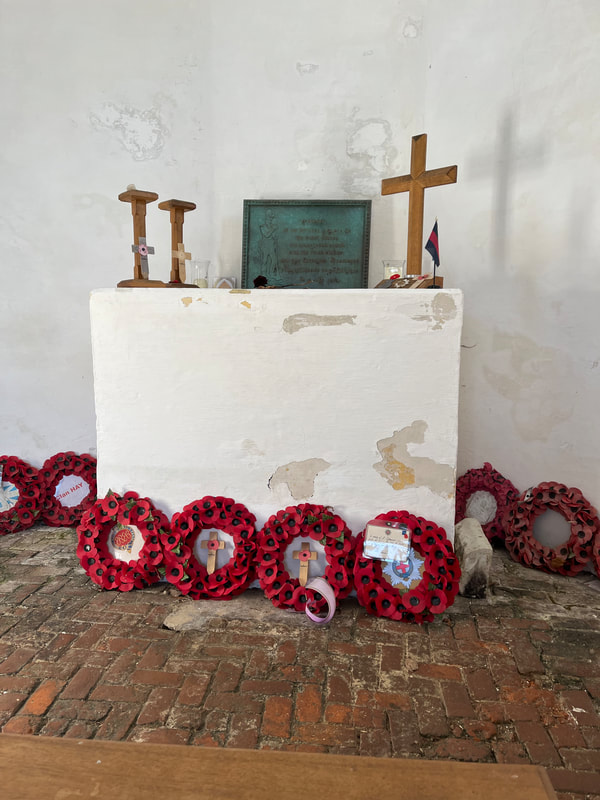
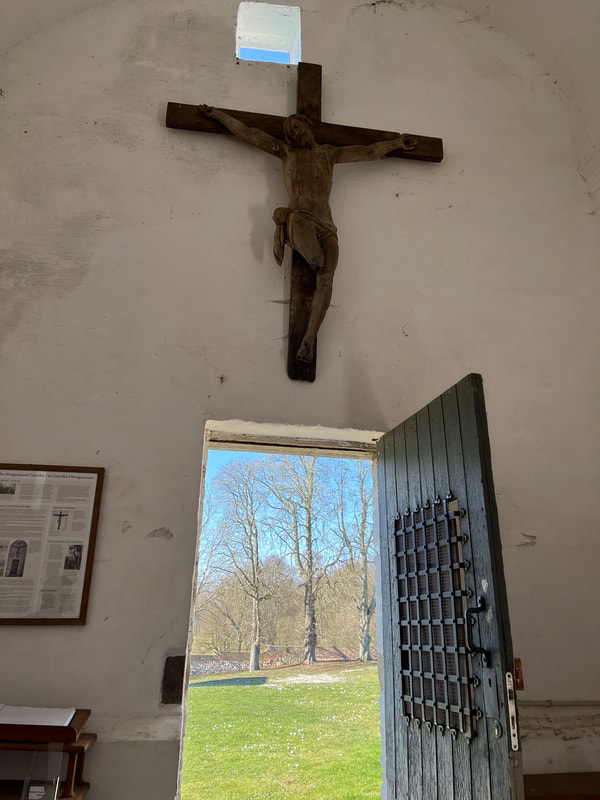
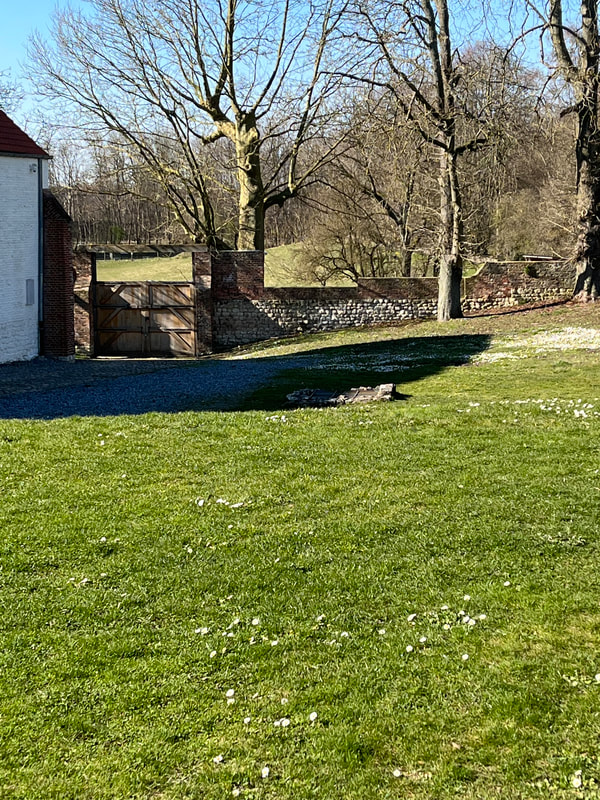
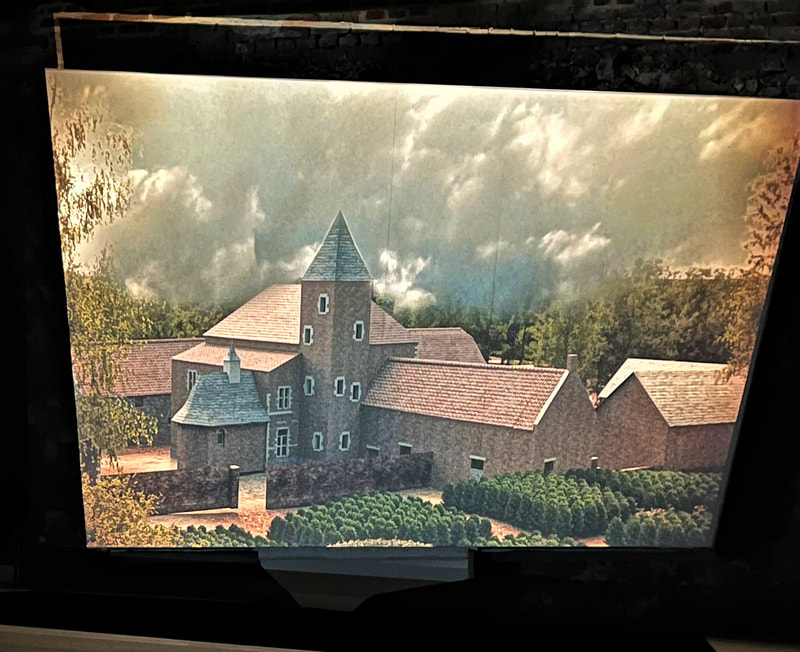
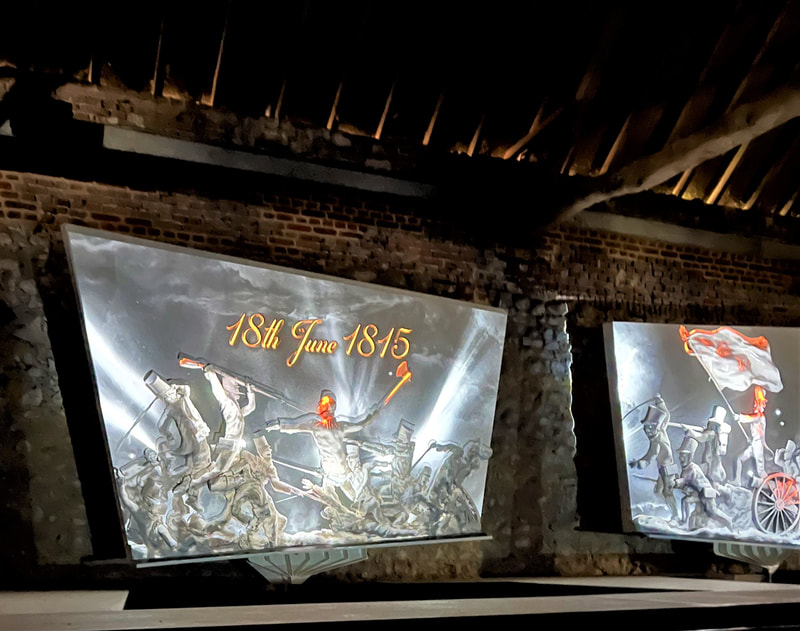
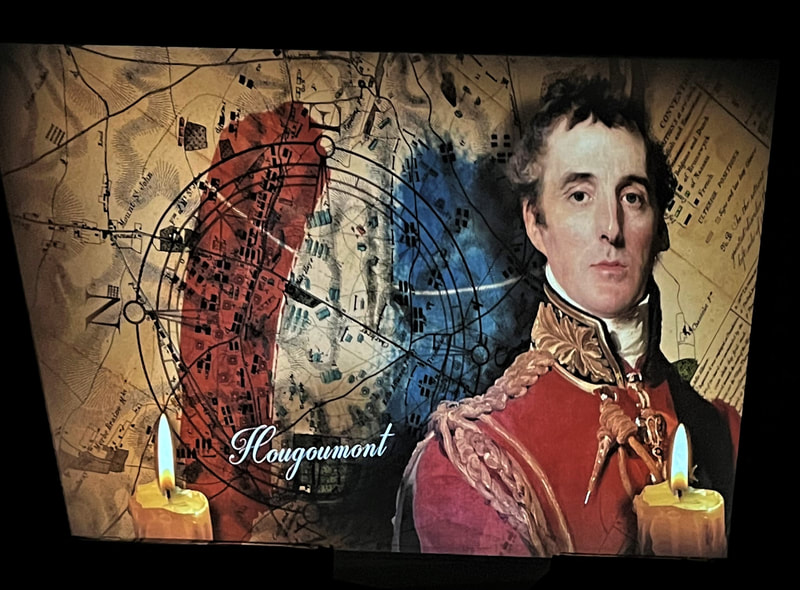
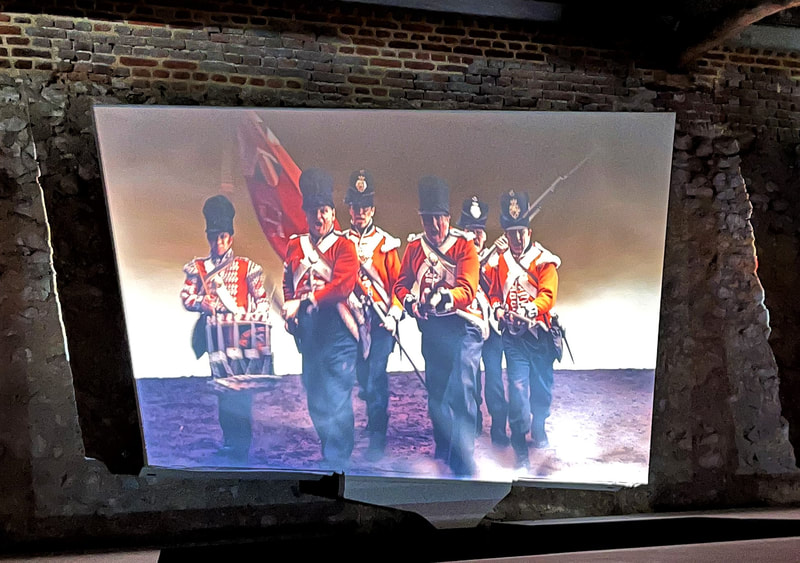
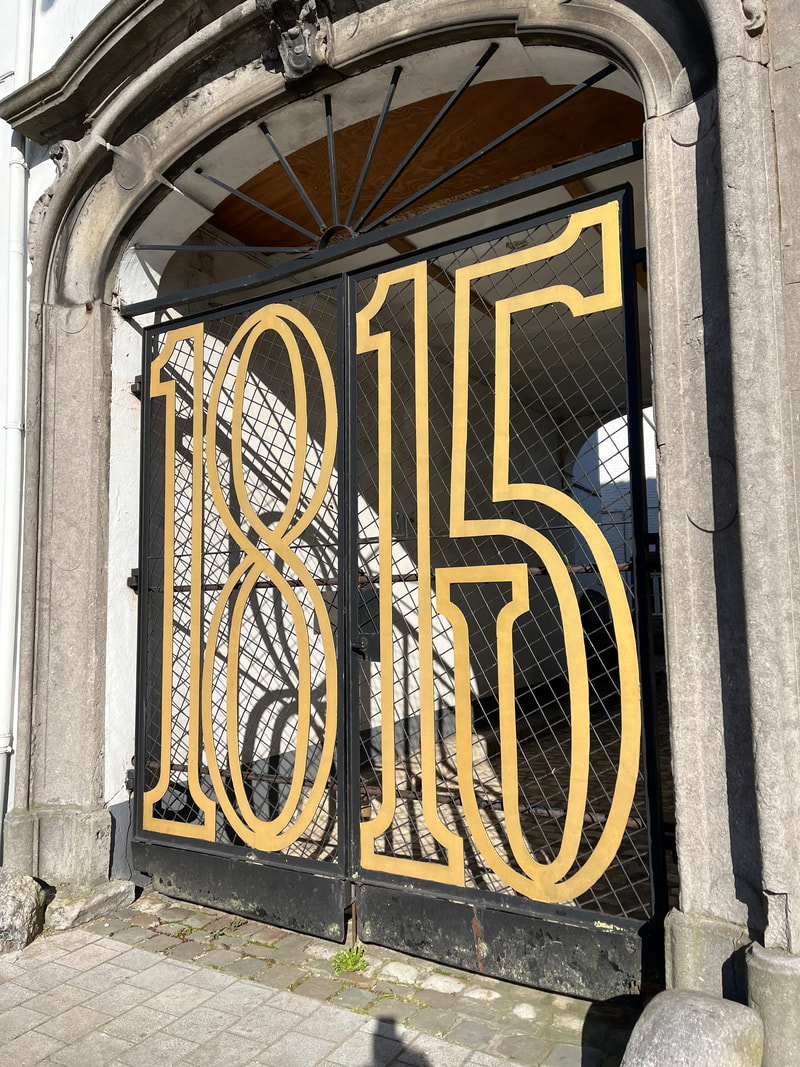


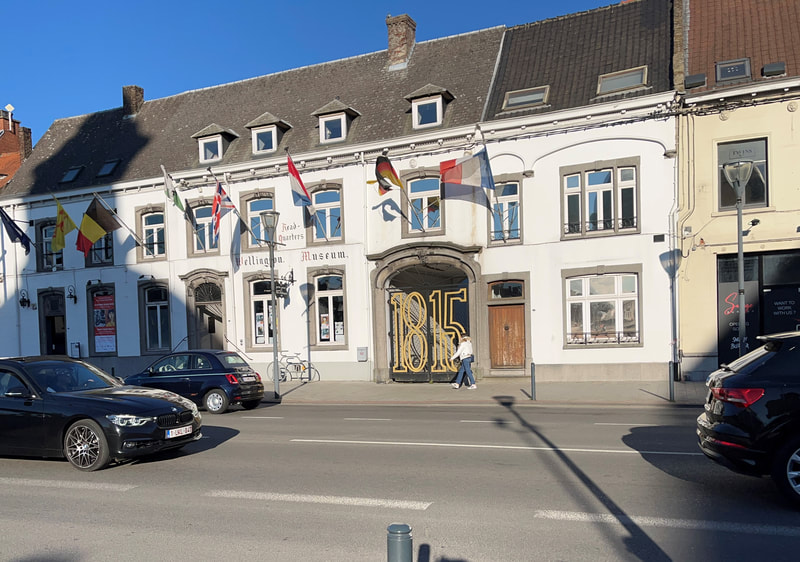
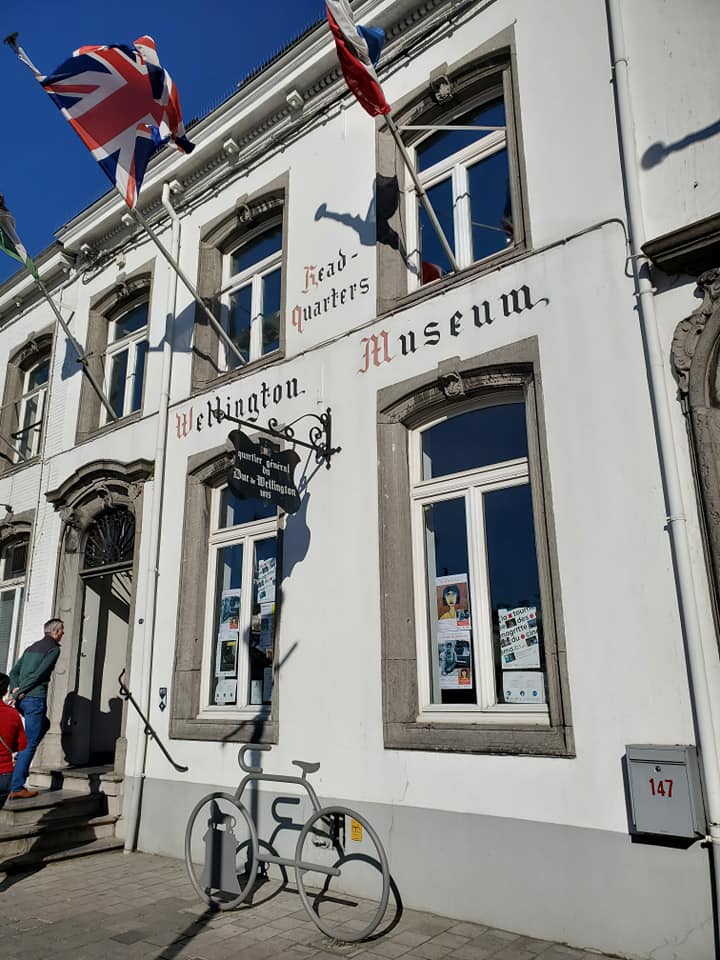
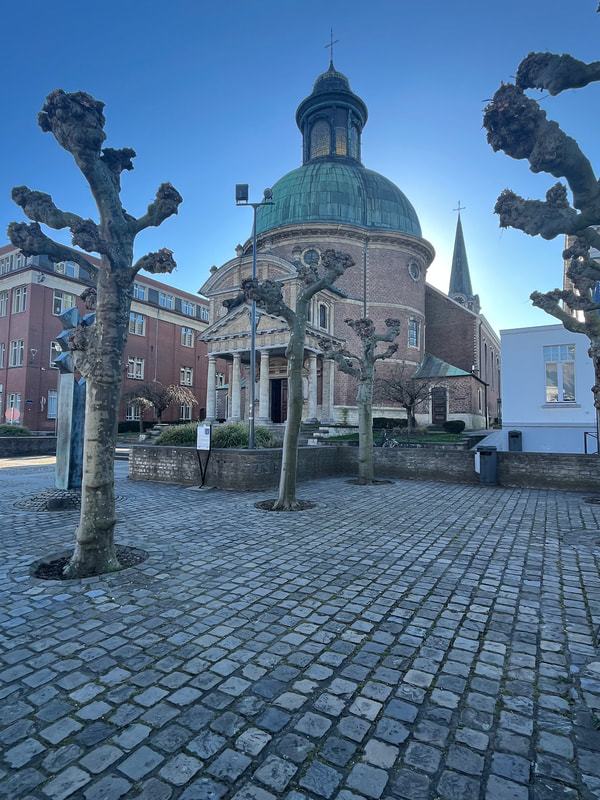
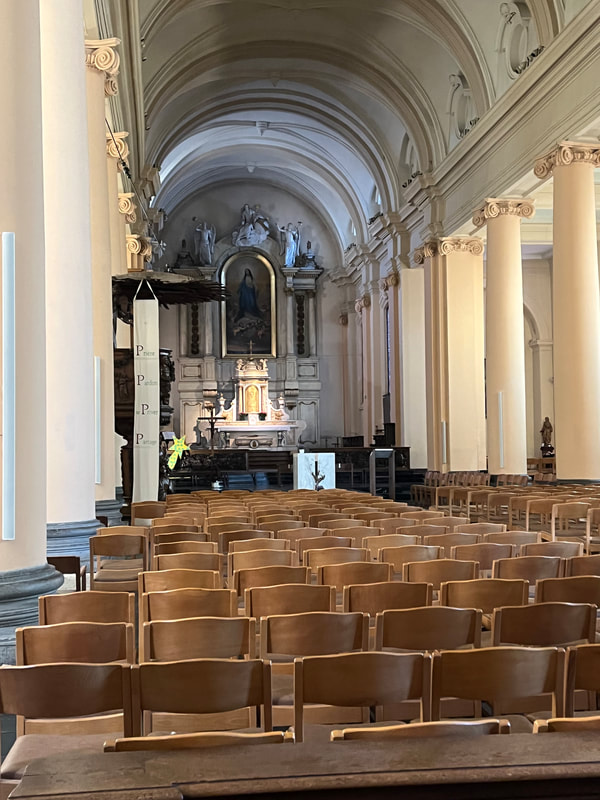
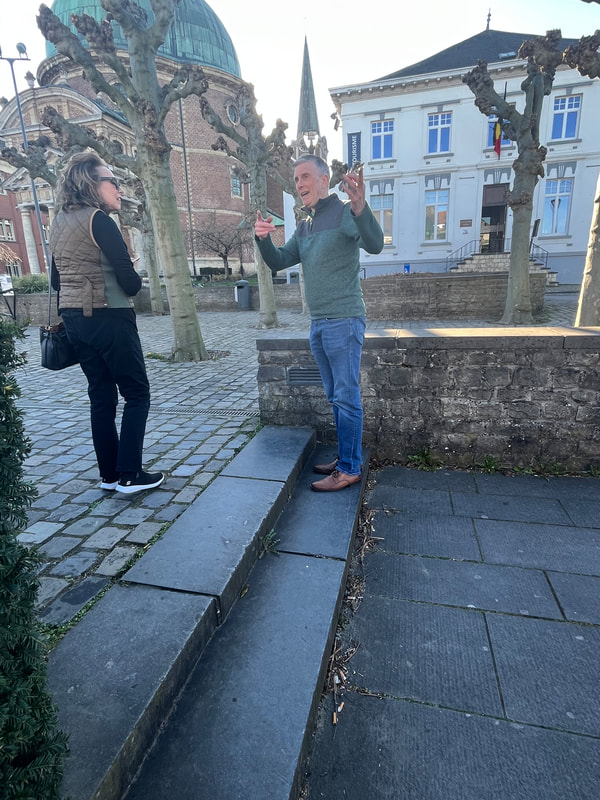
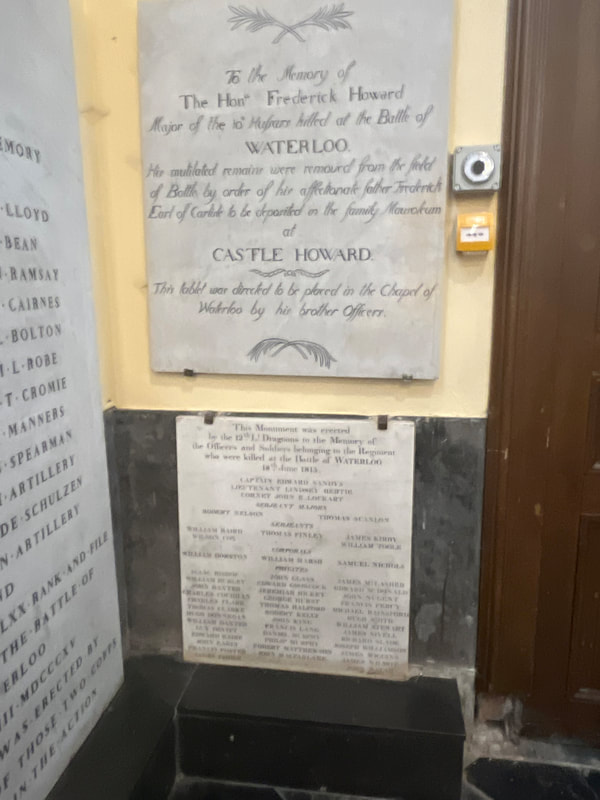
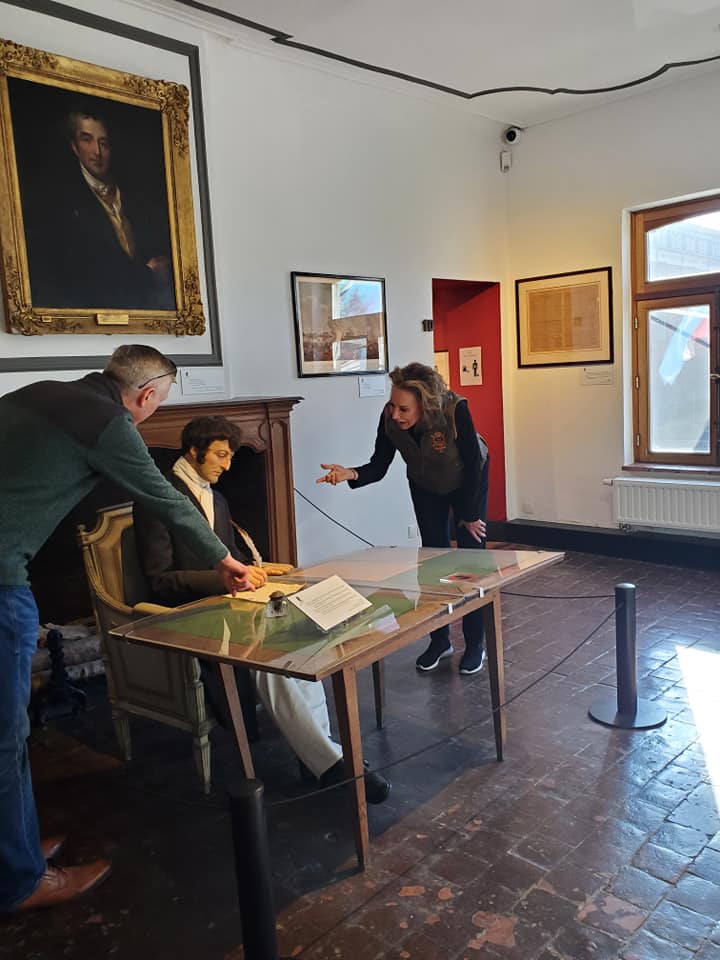
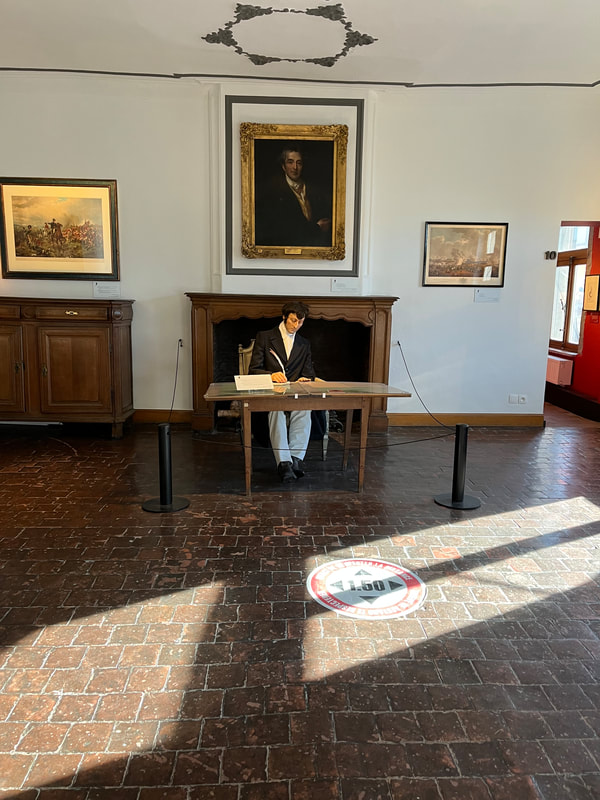
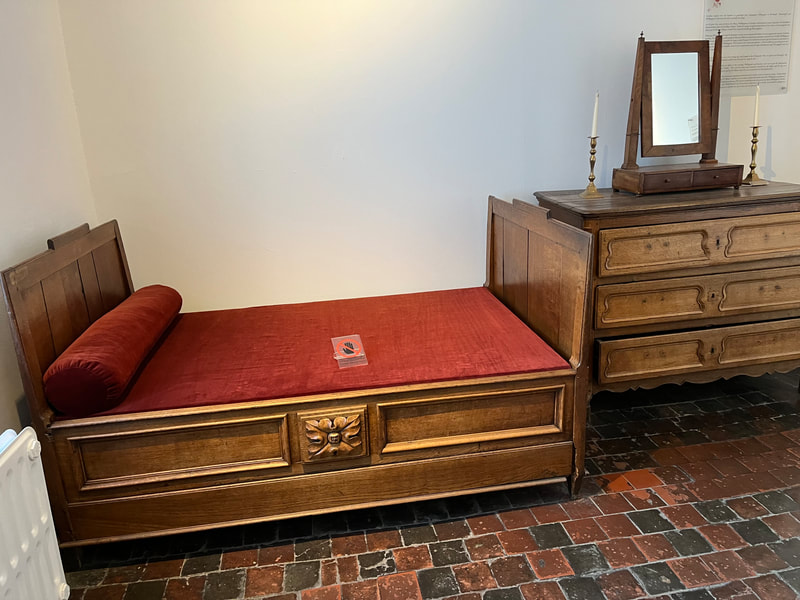
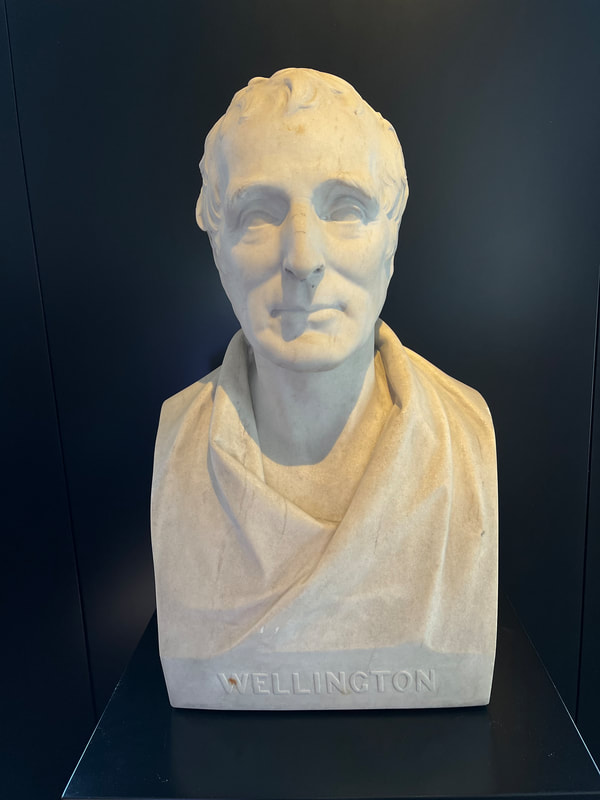
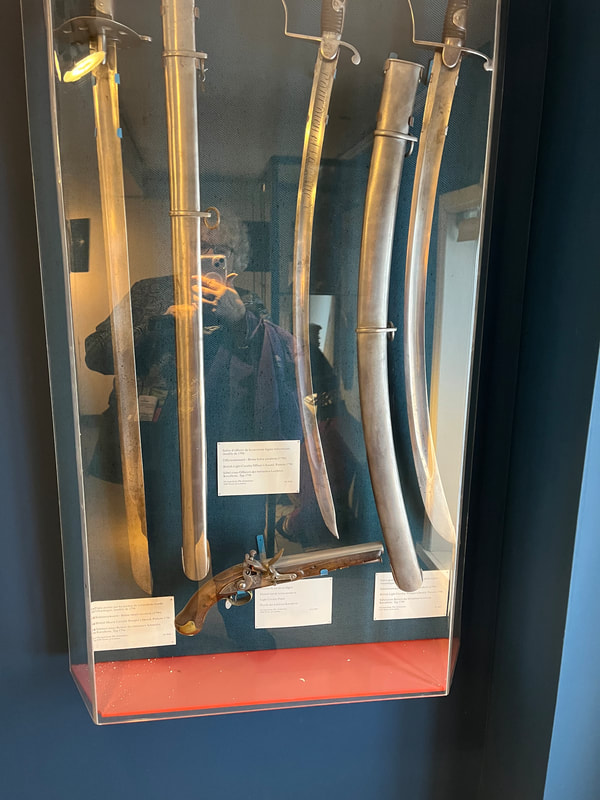
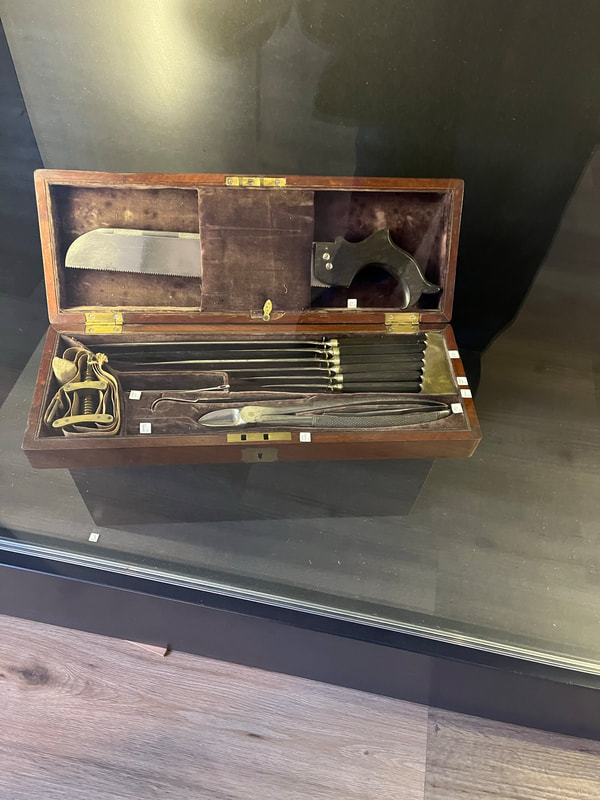
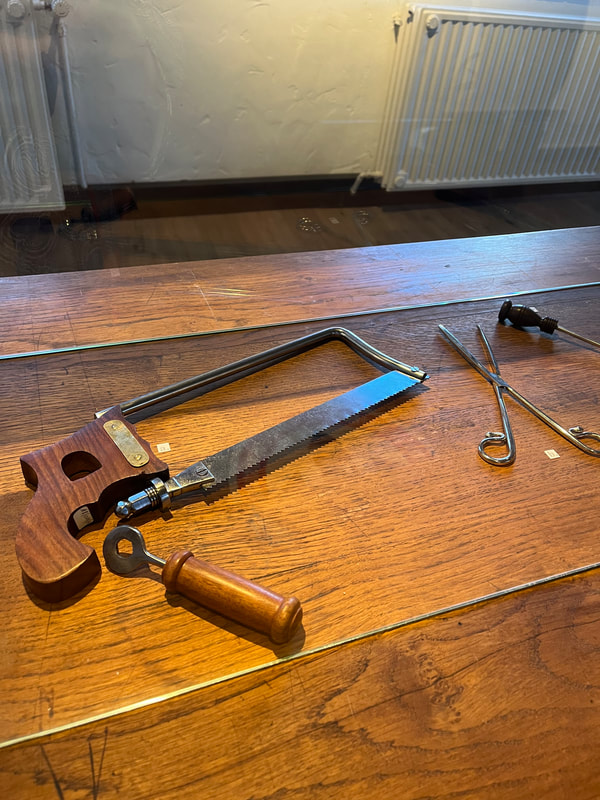
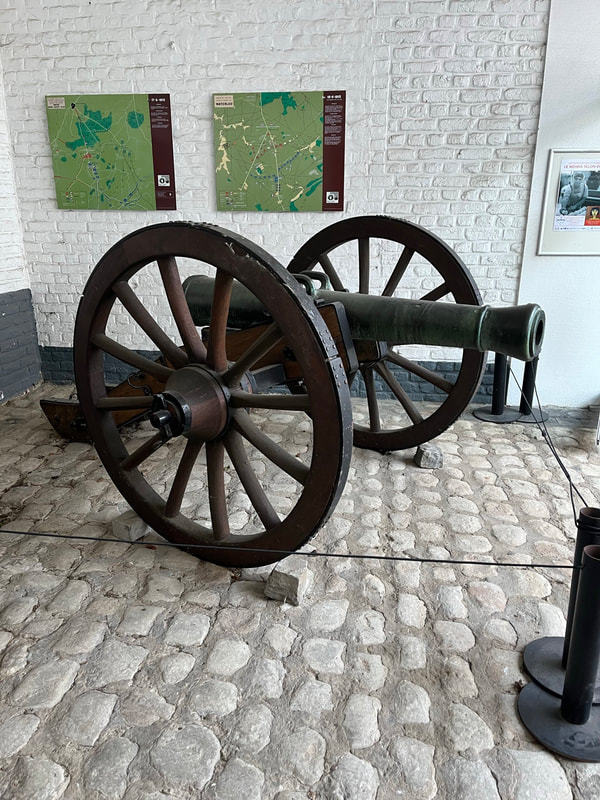
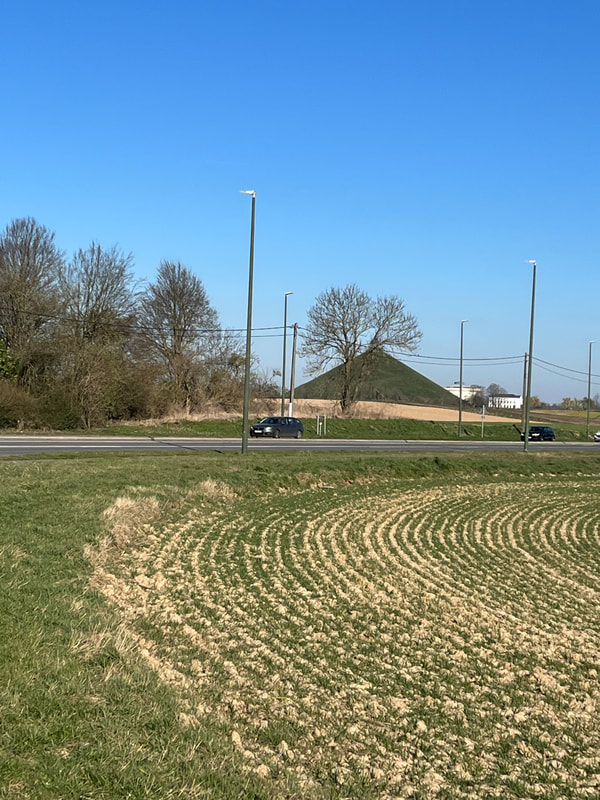
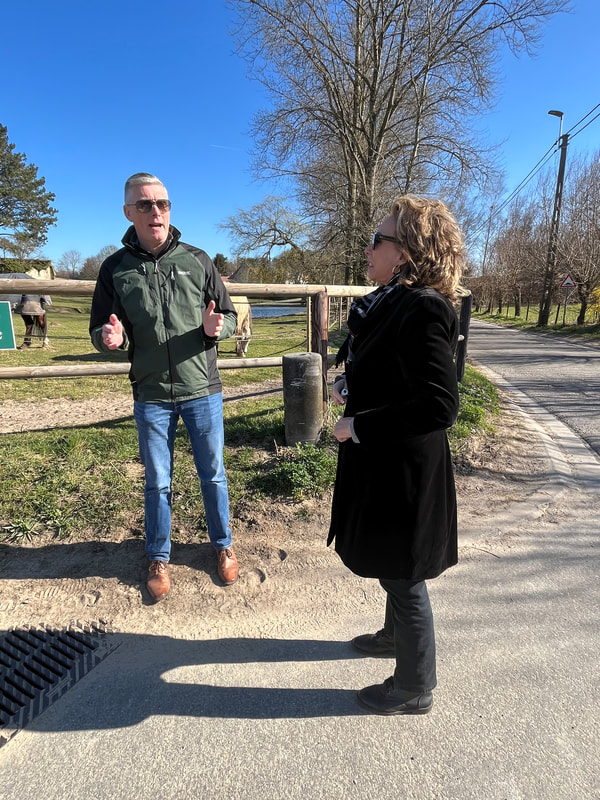
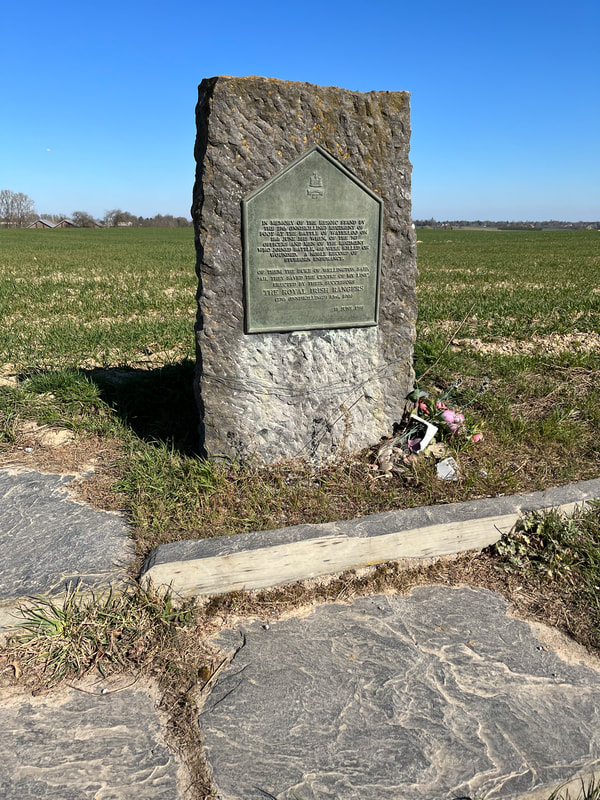
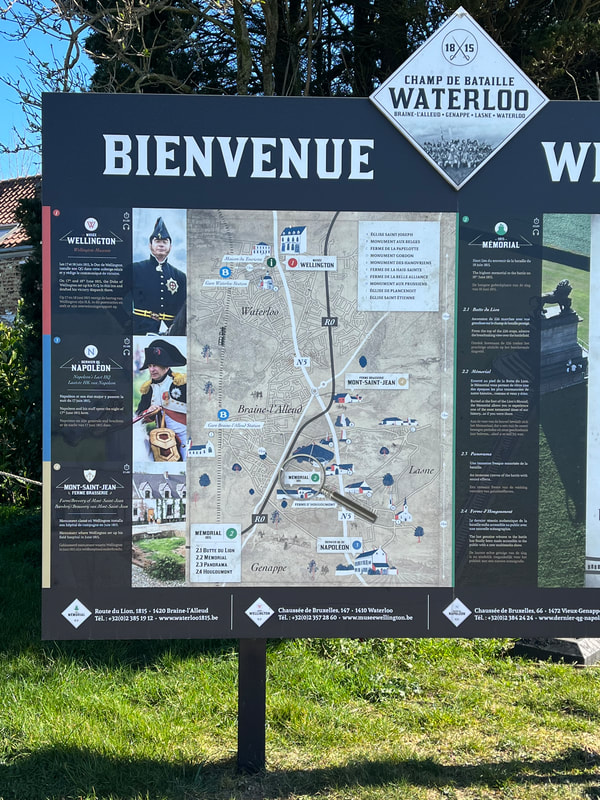
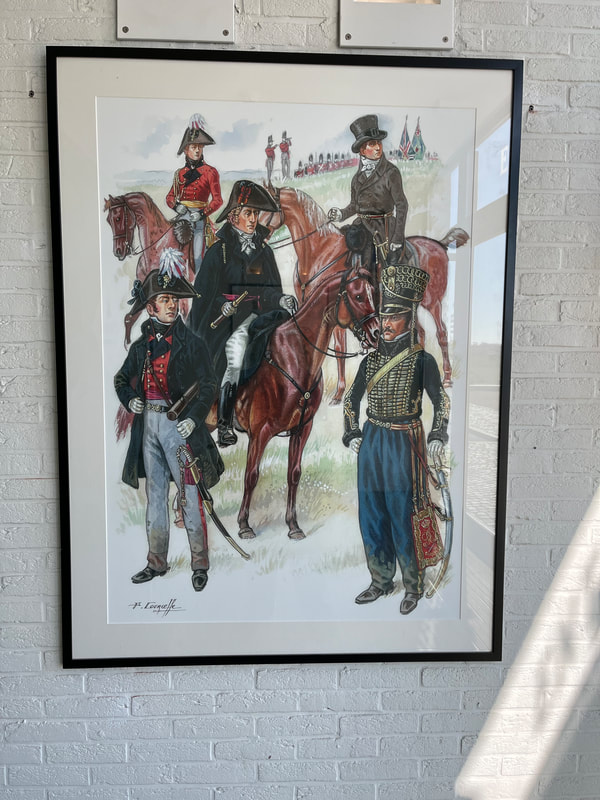
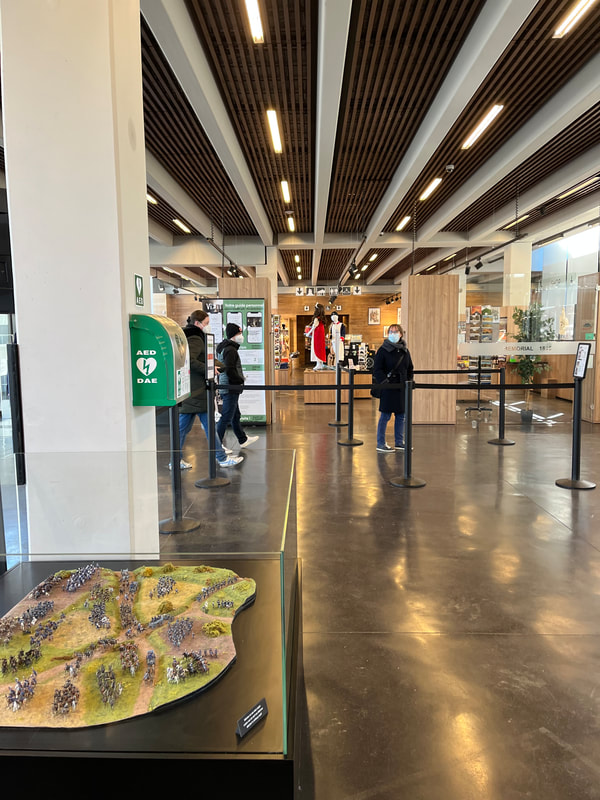
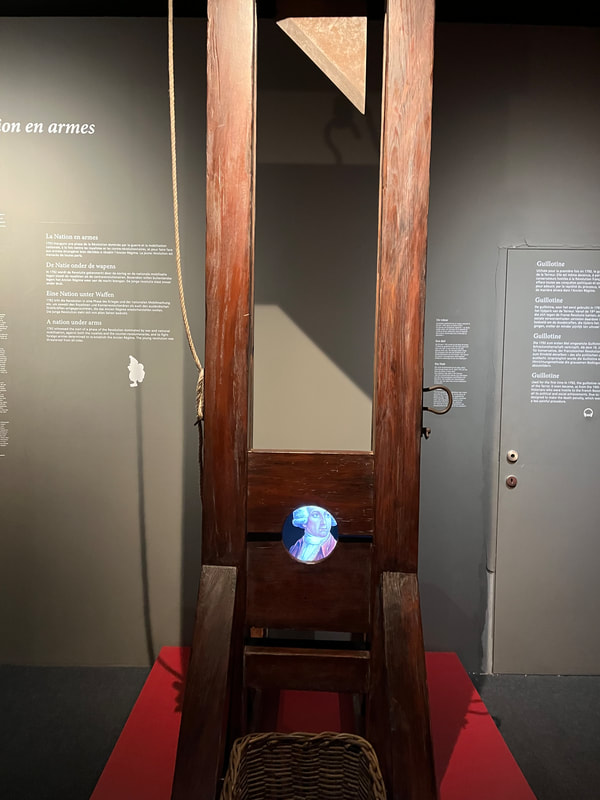
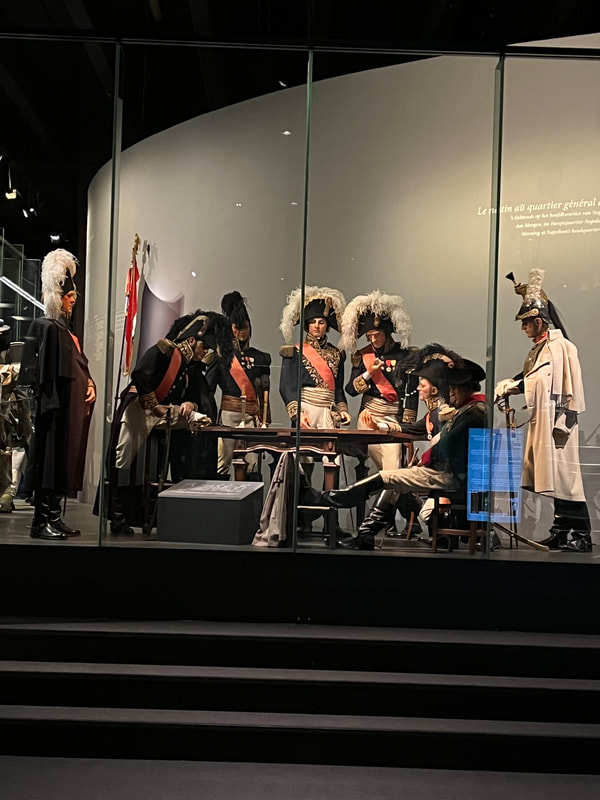
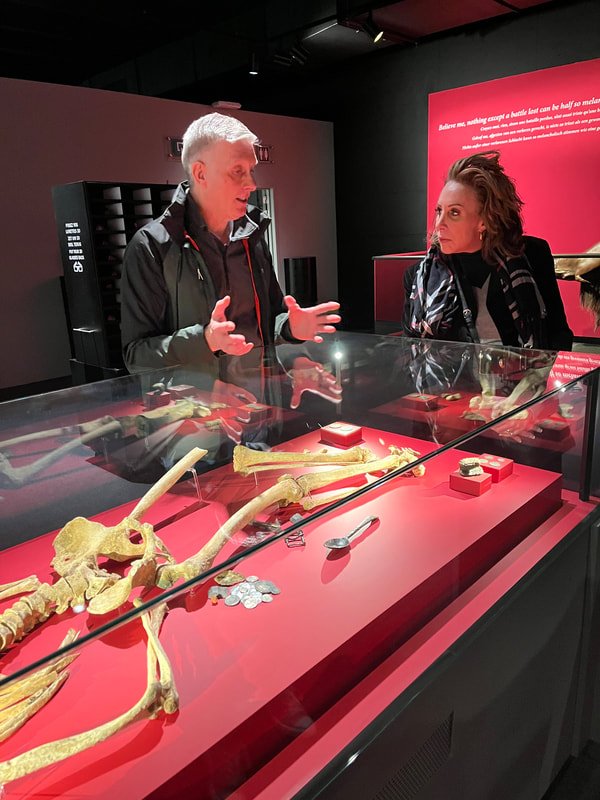
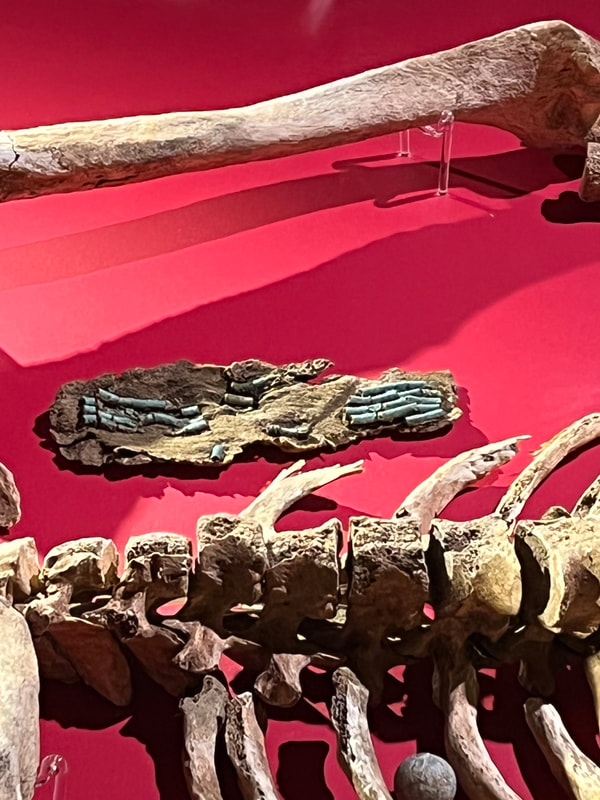
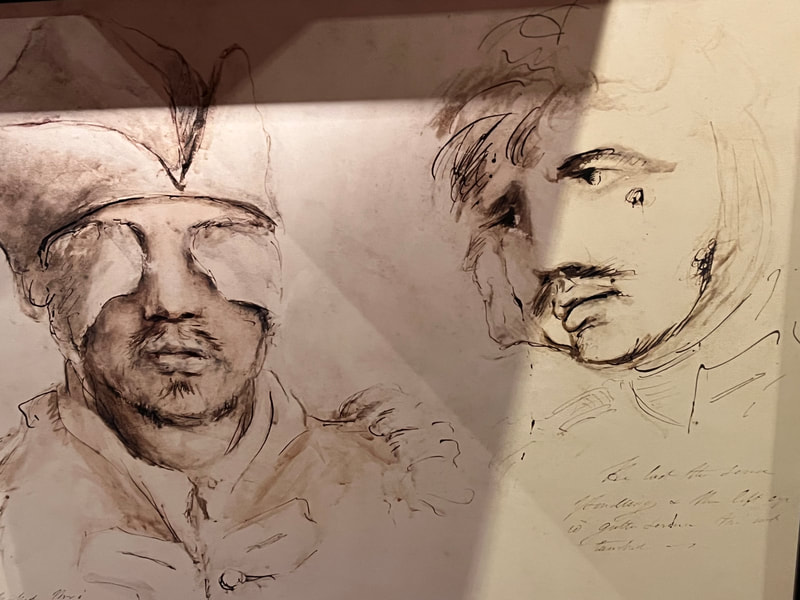
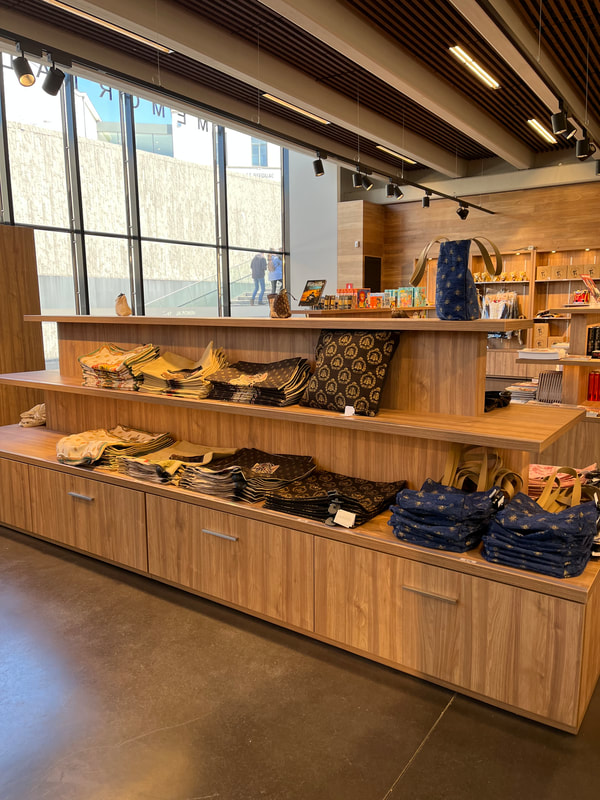
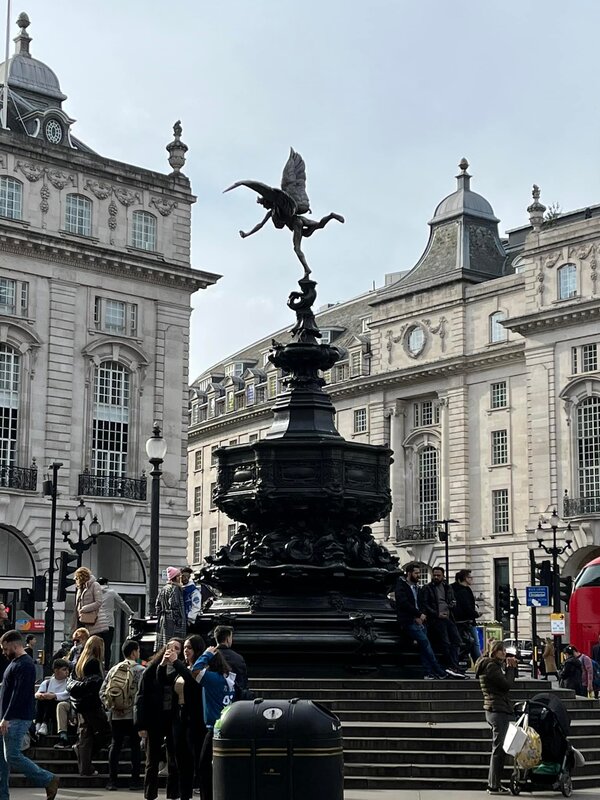
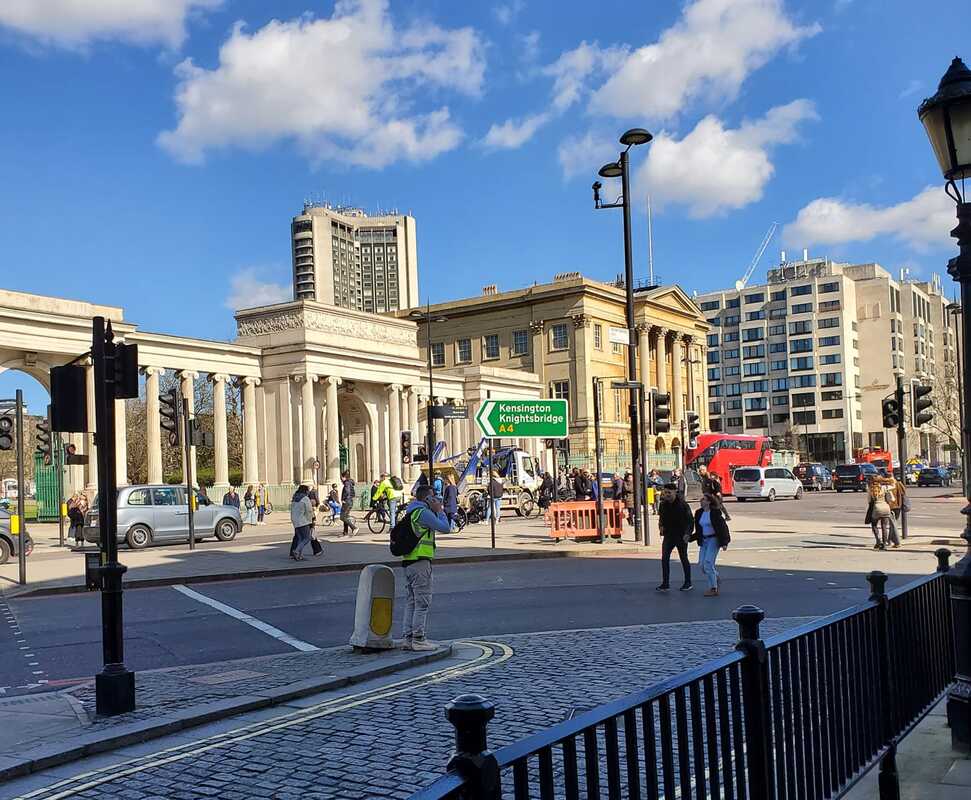
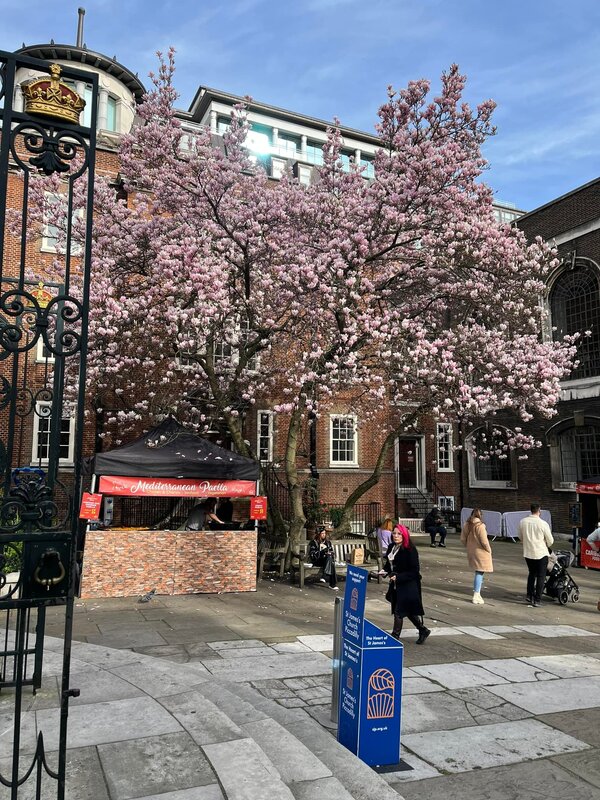
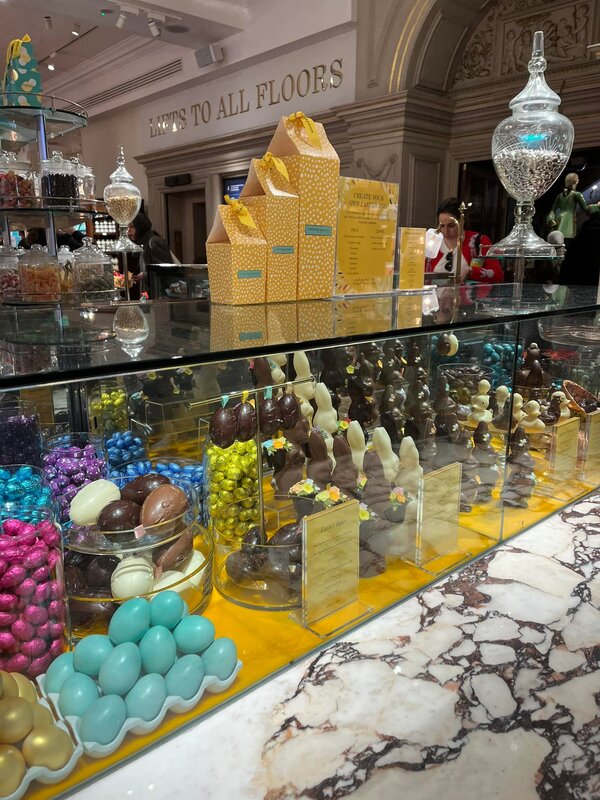
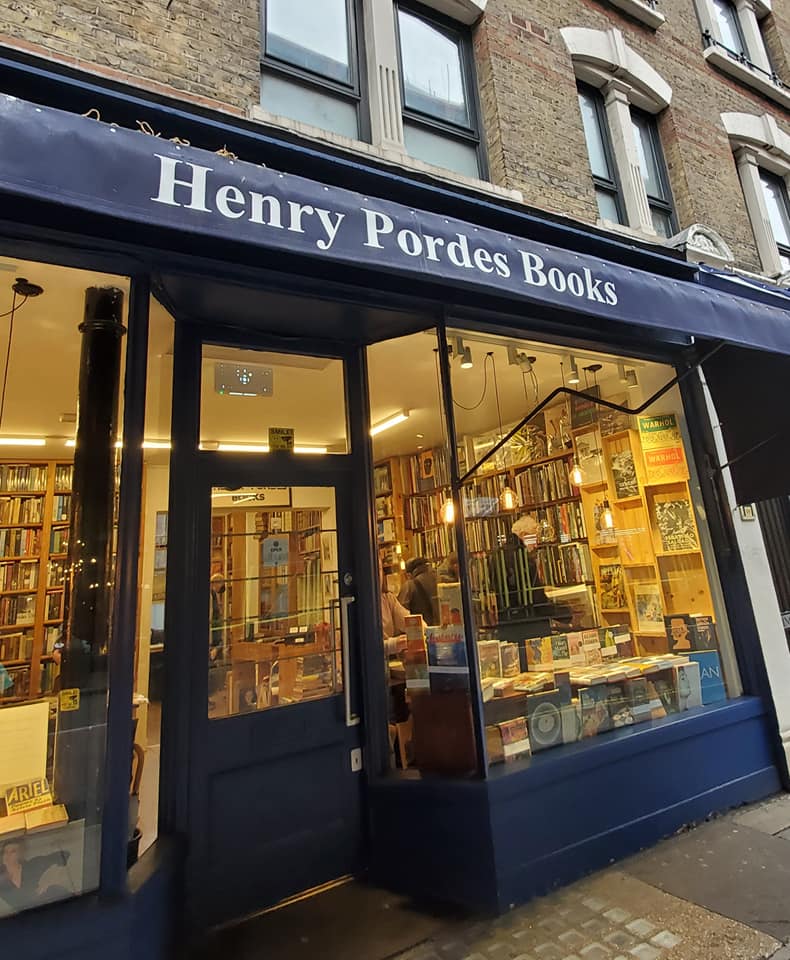
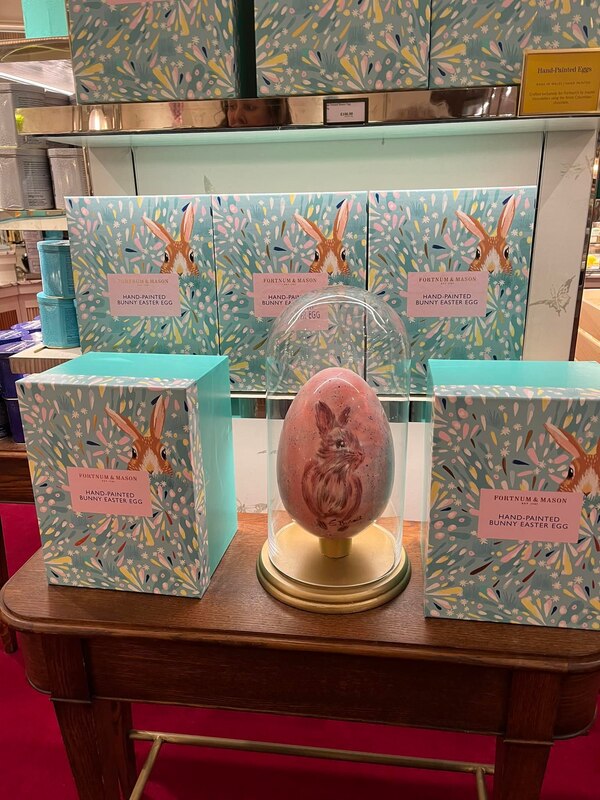

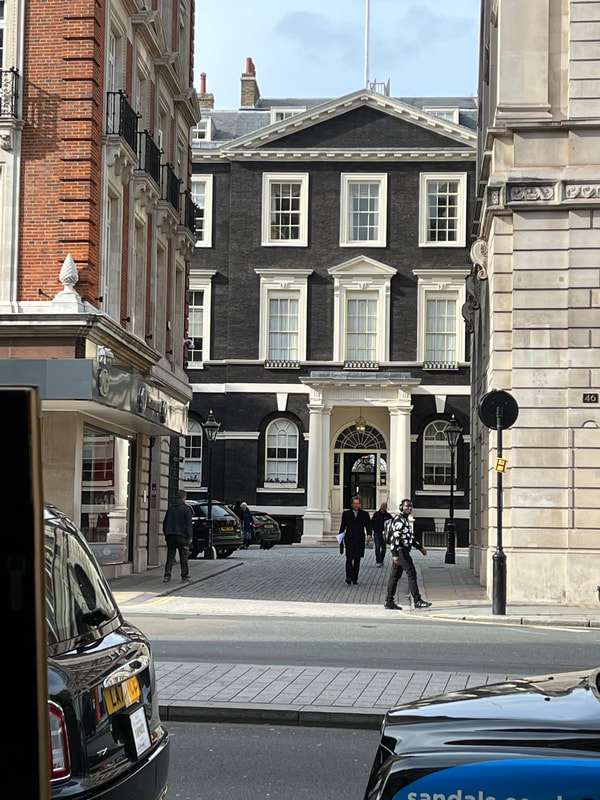
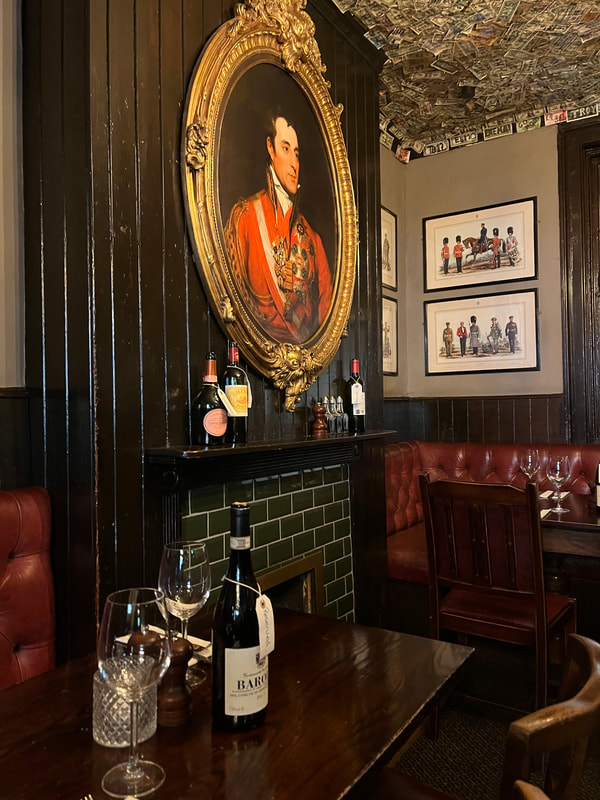
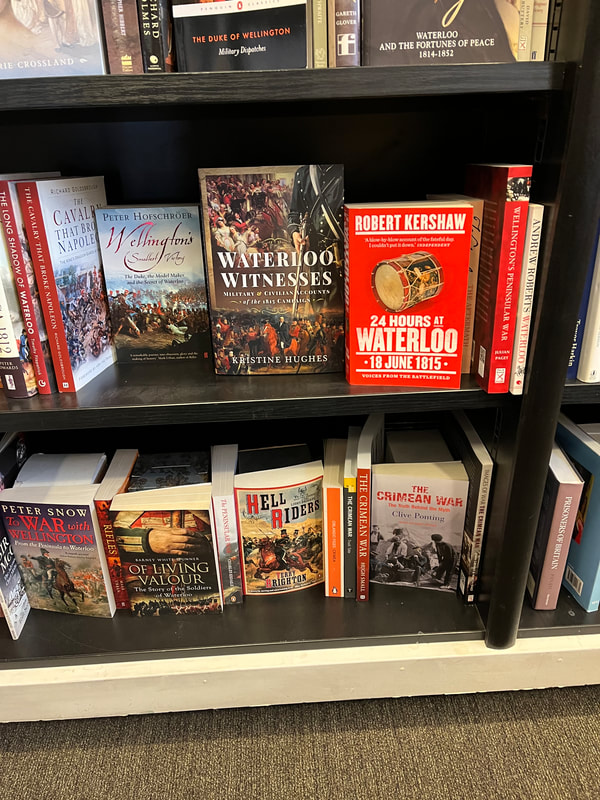
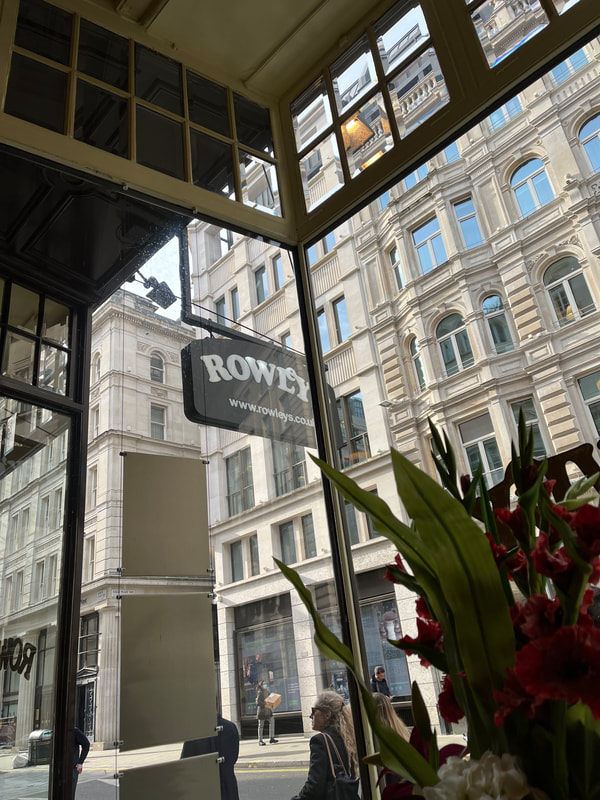
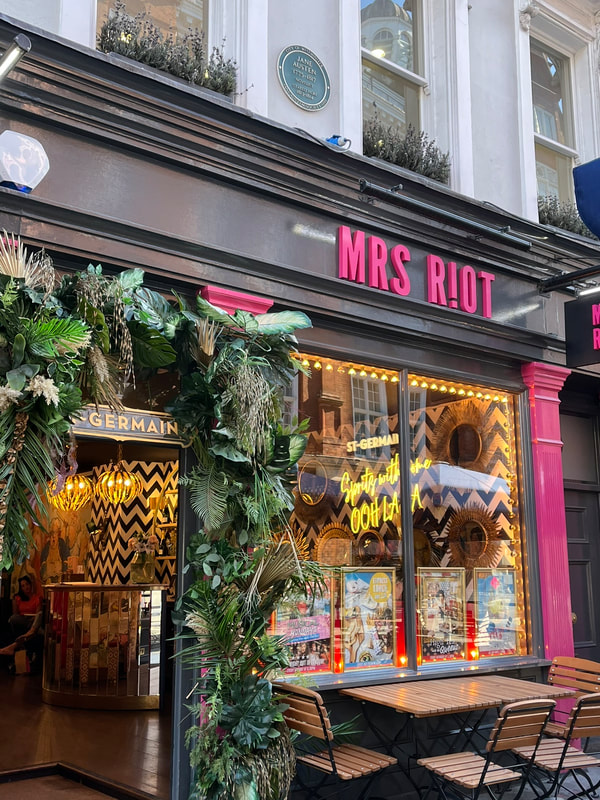
 RSS Feed
RSS Feed